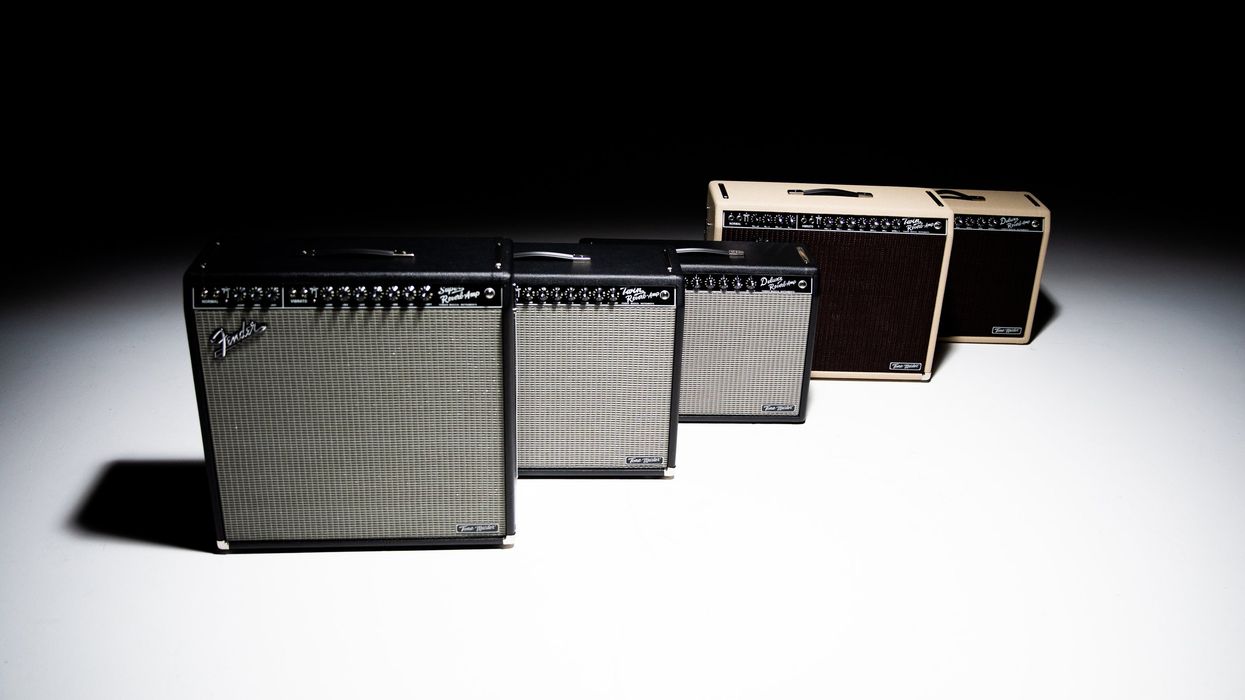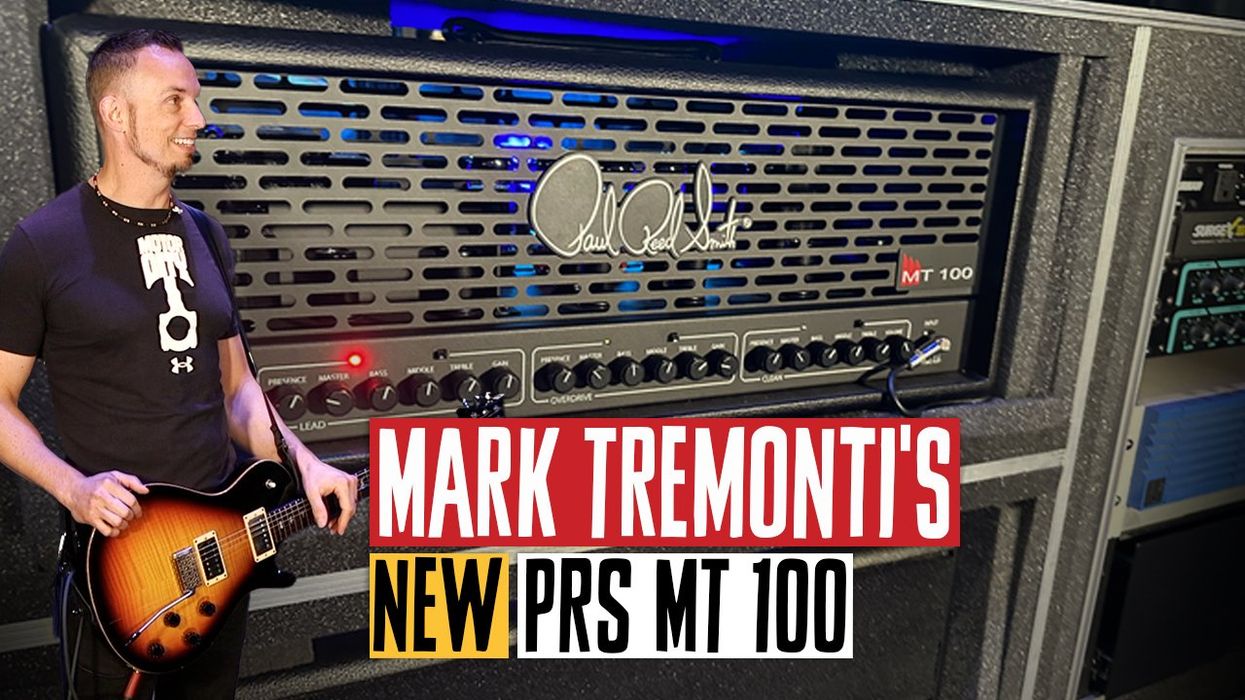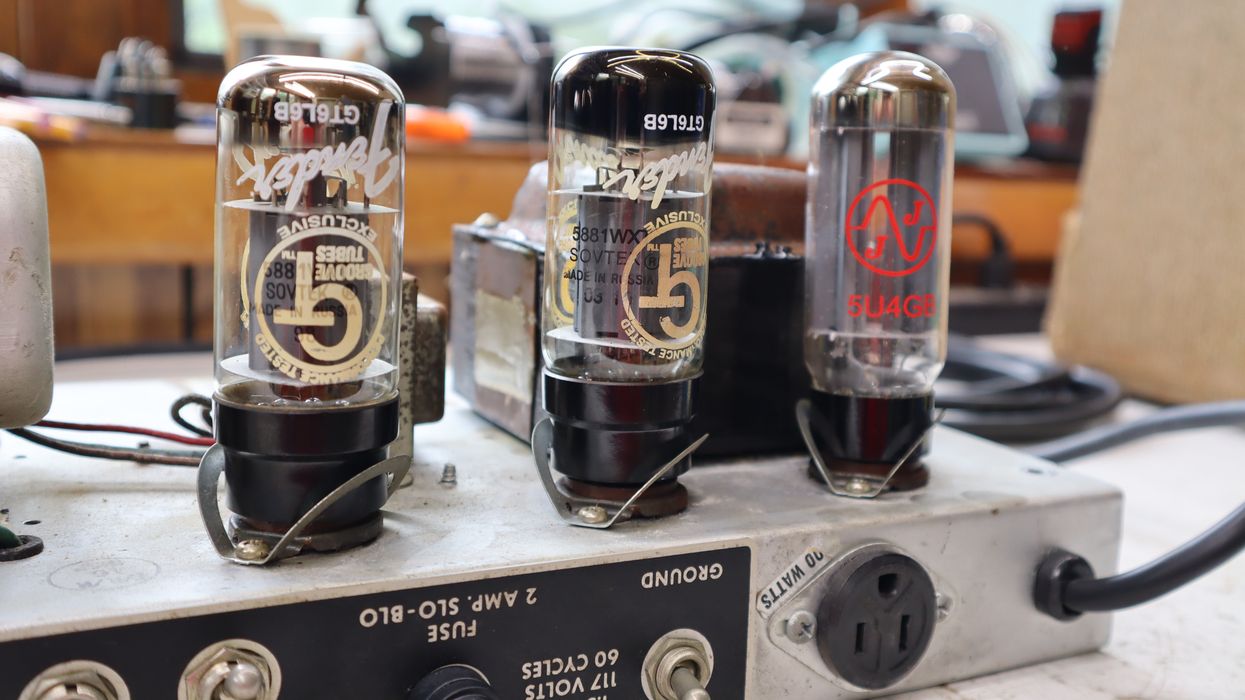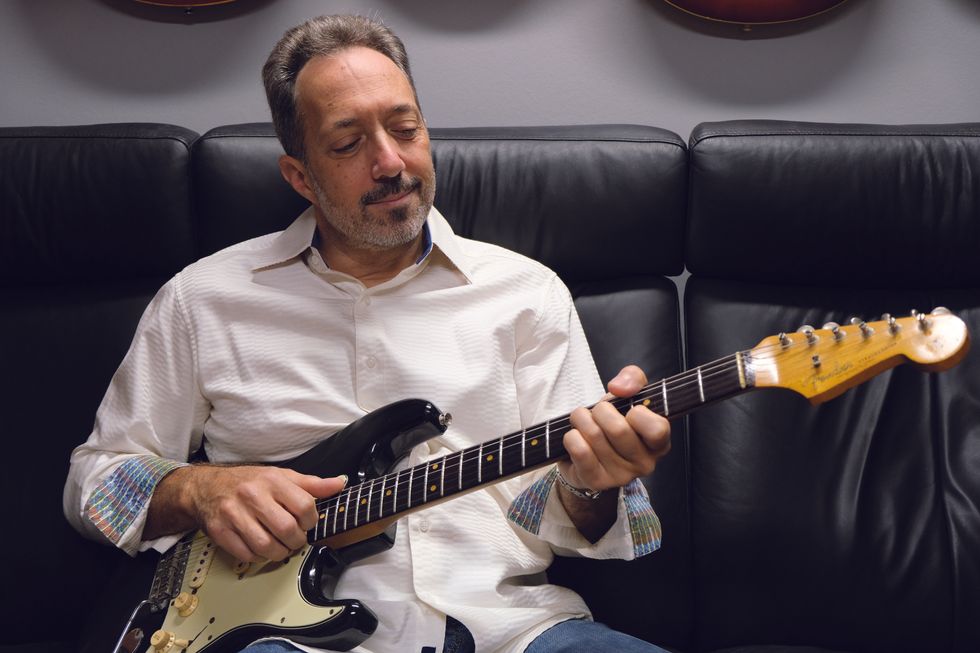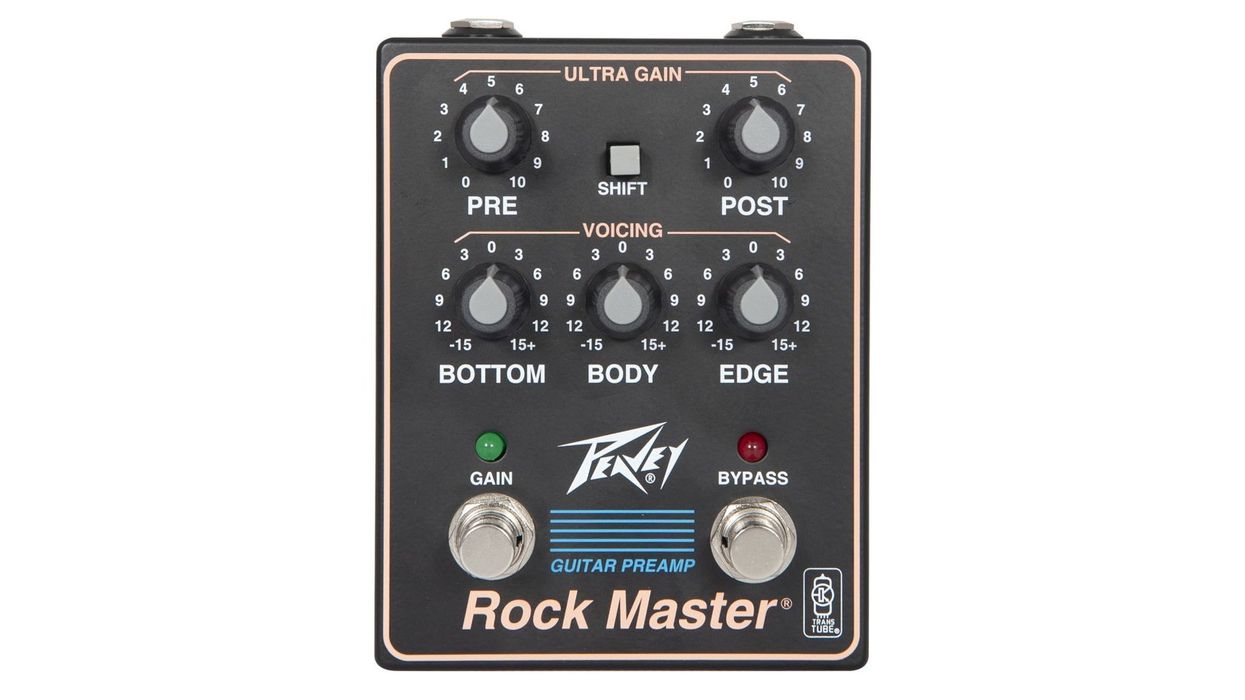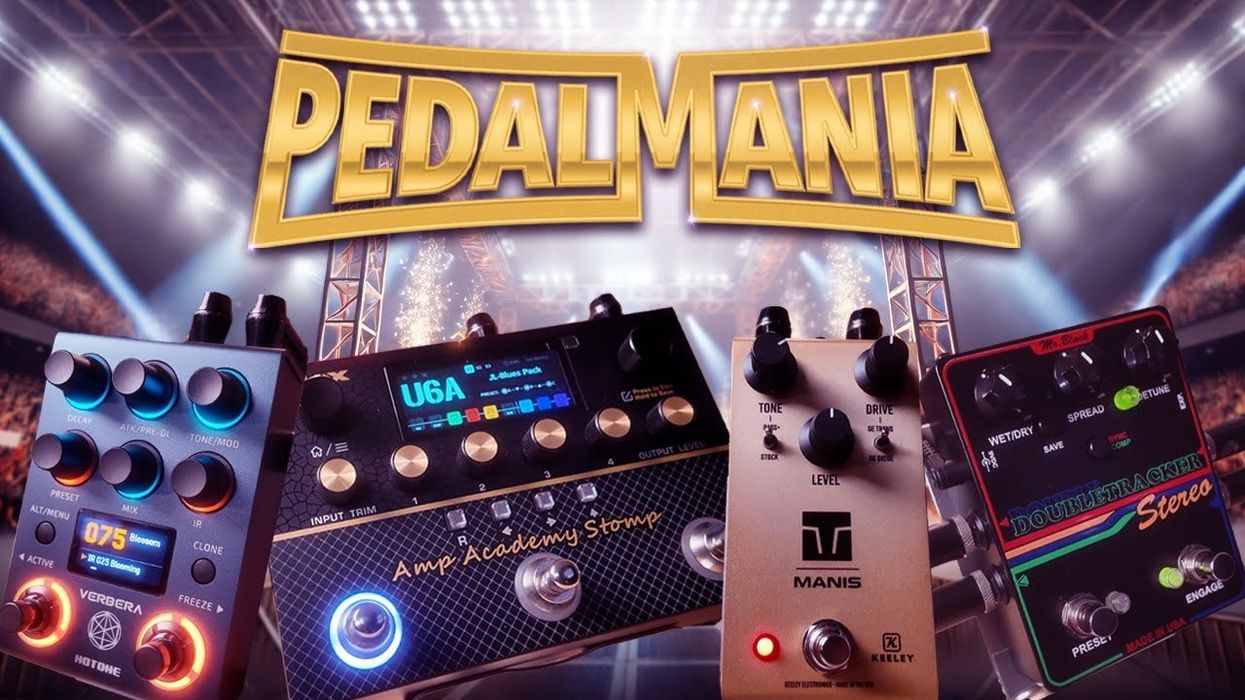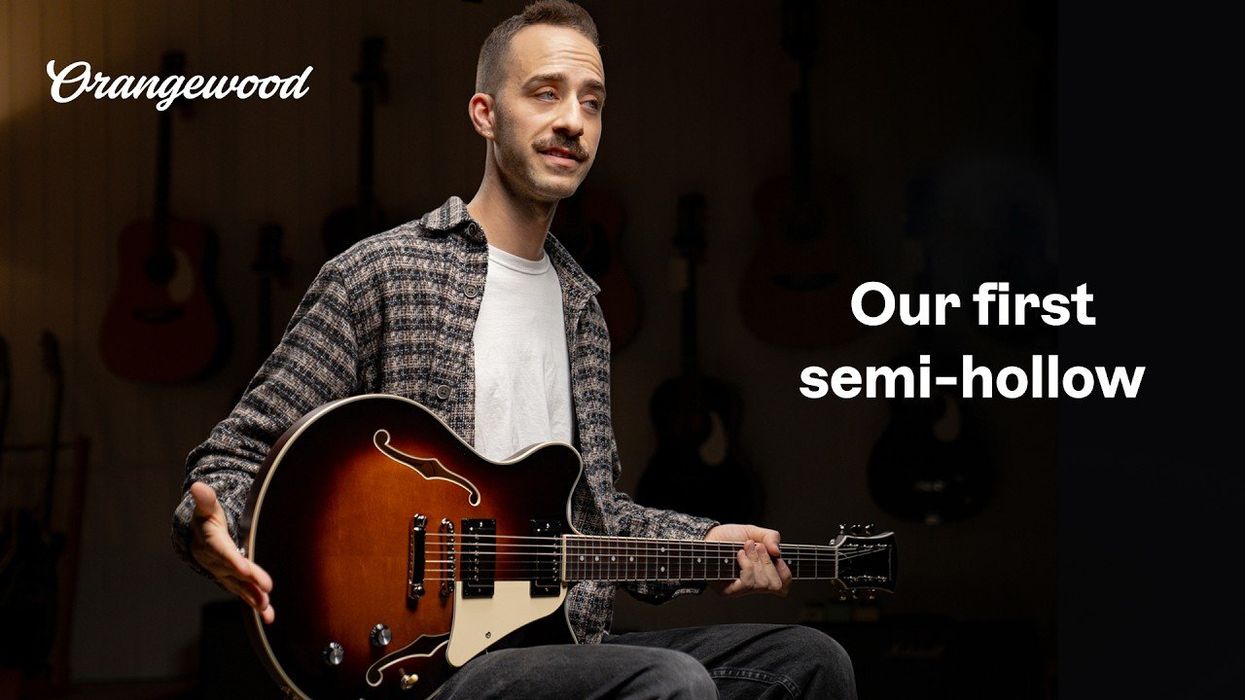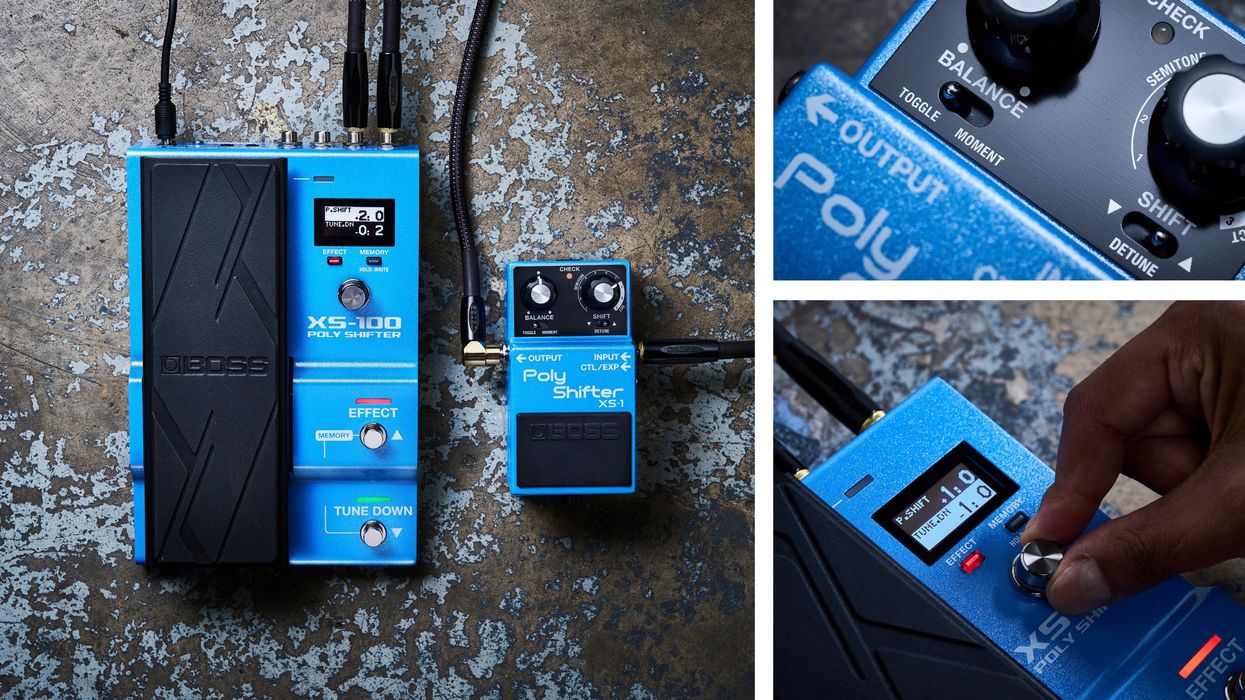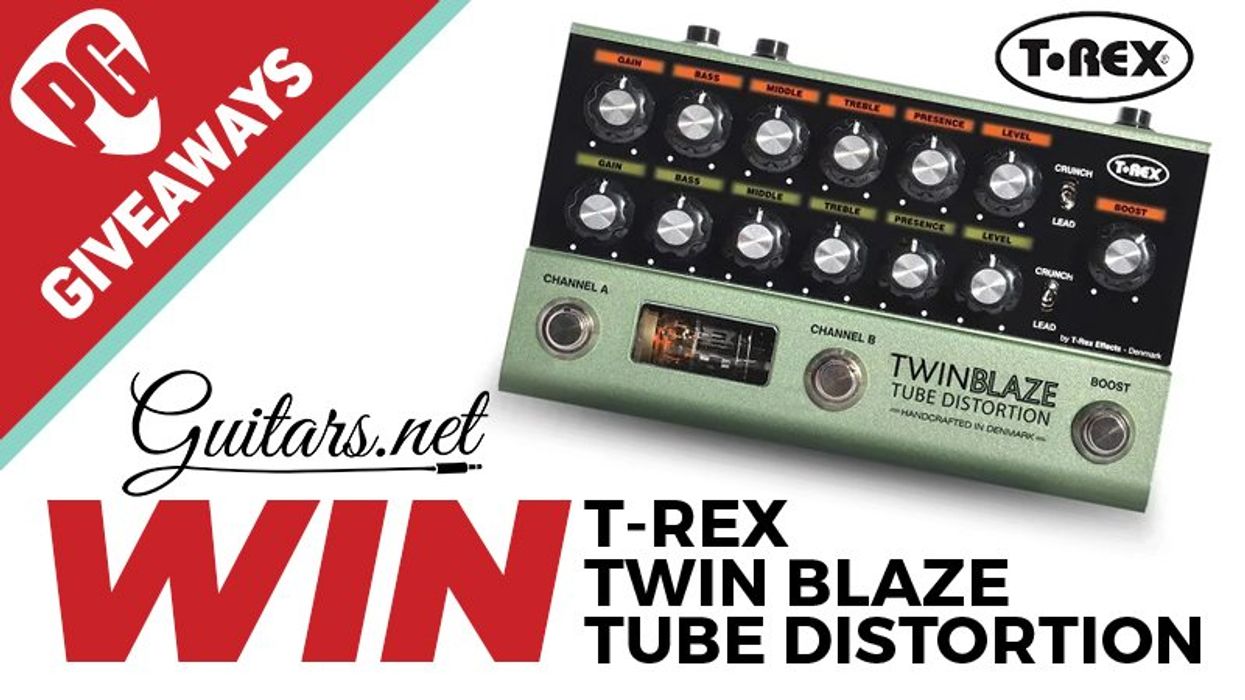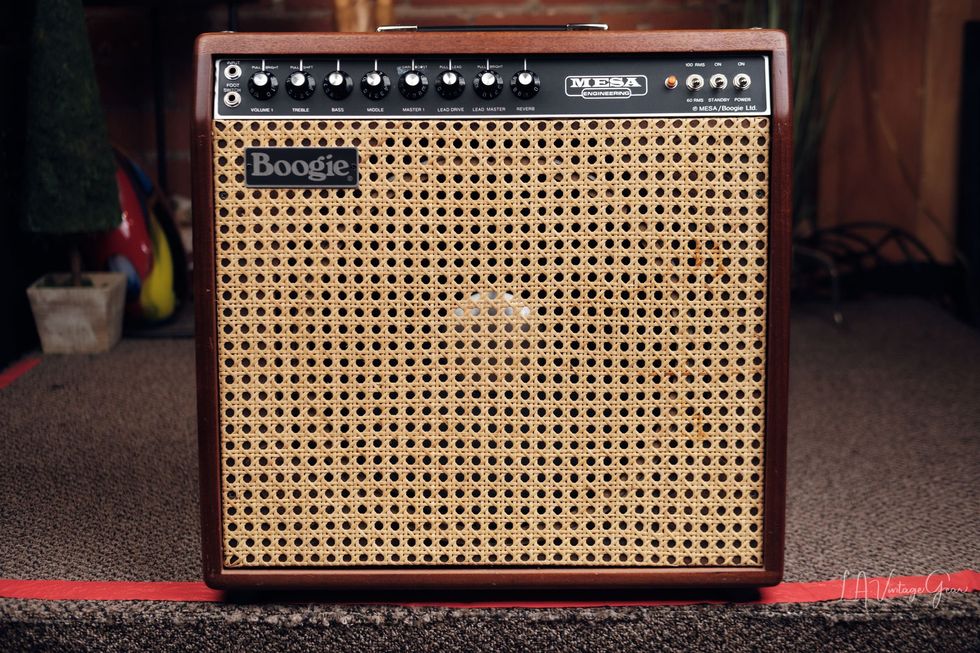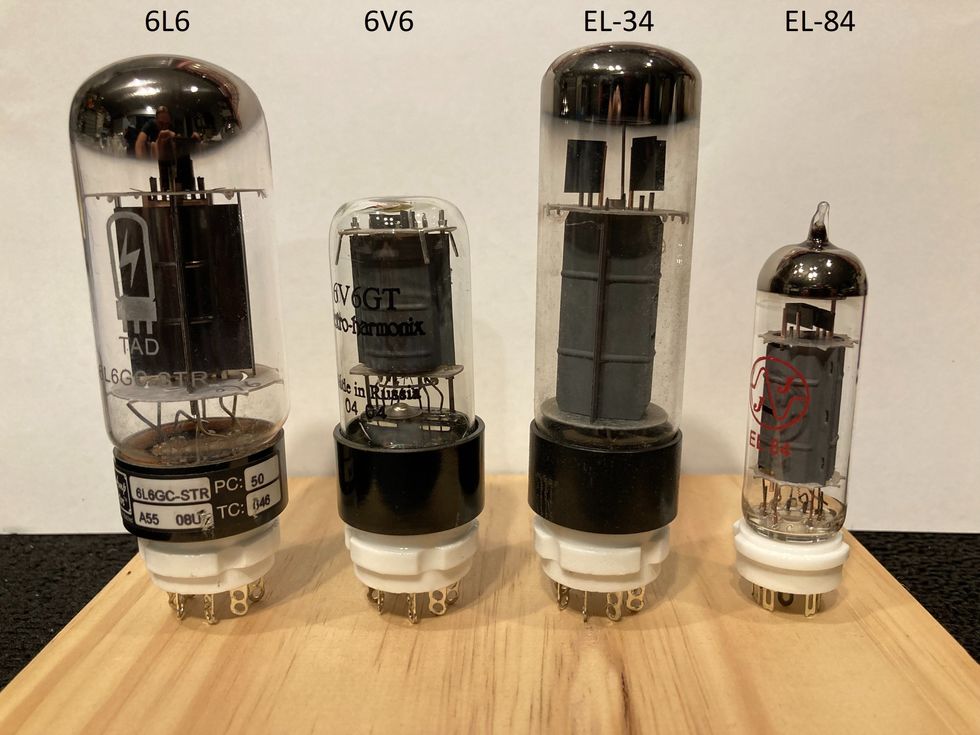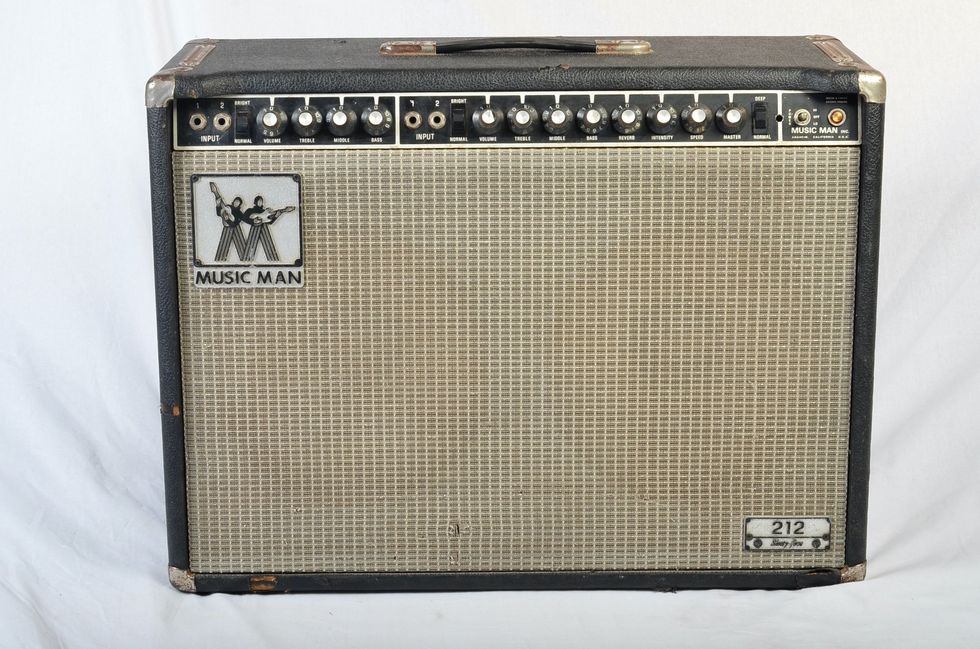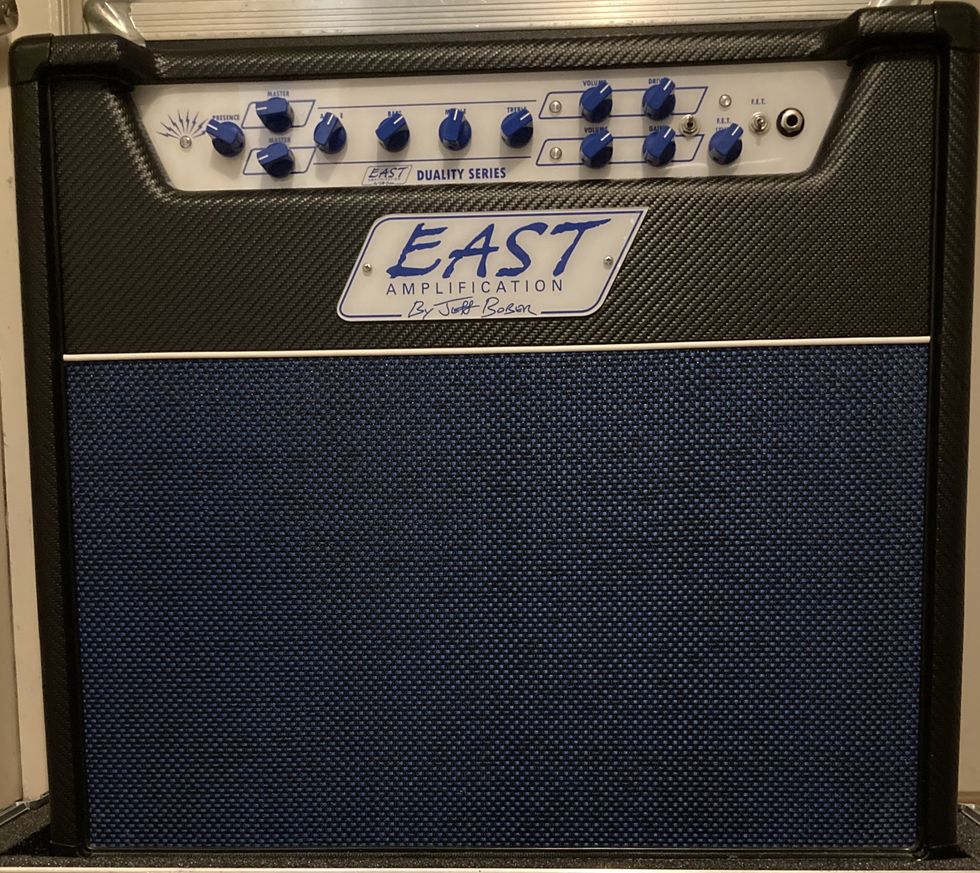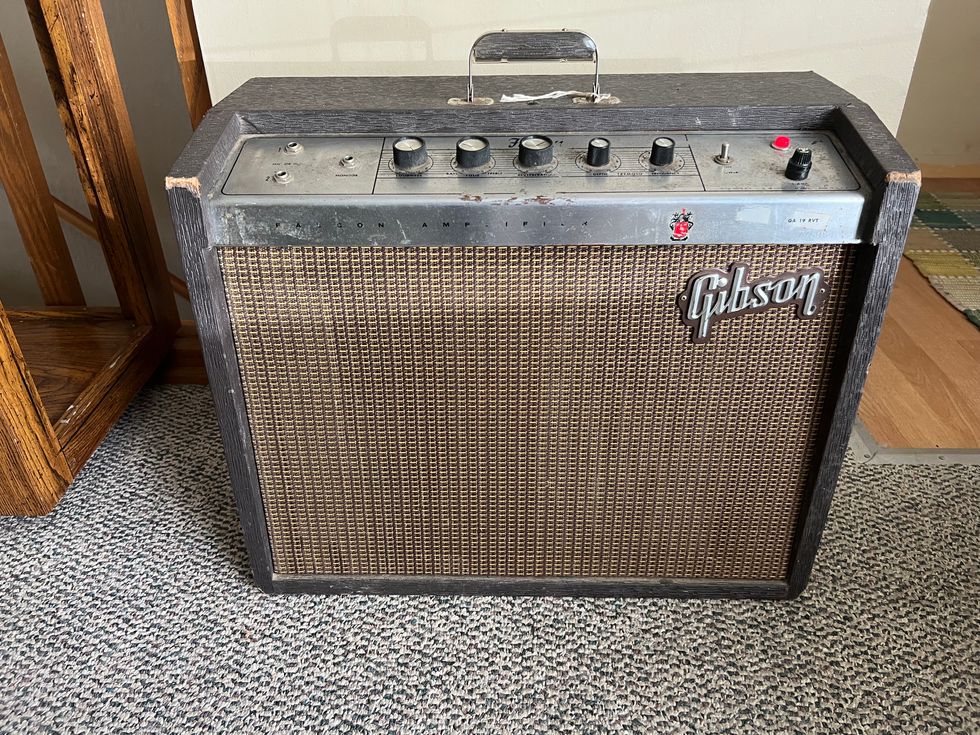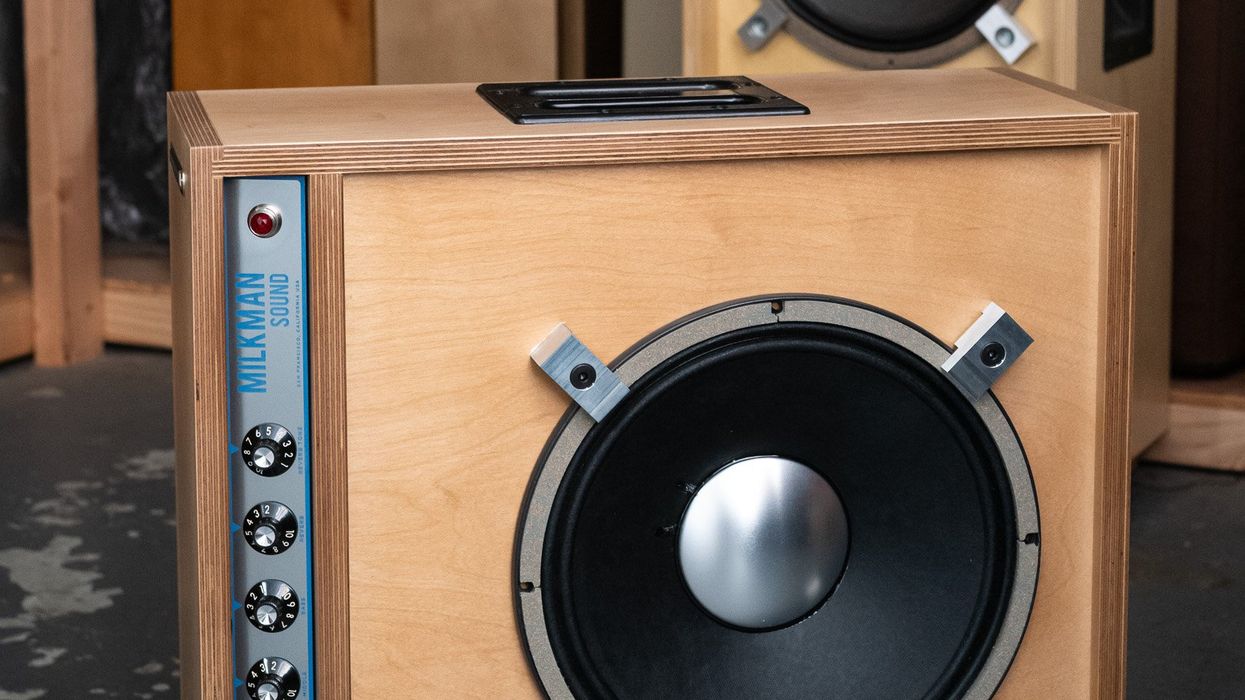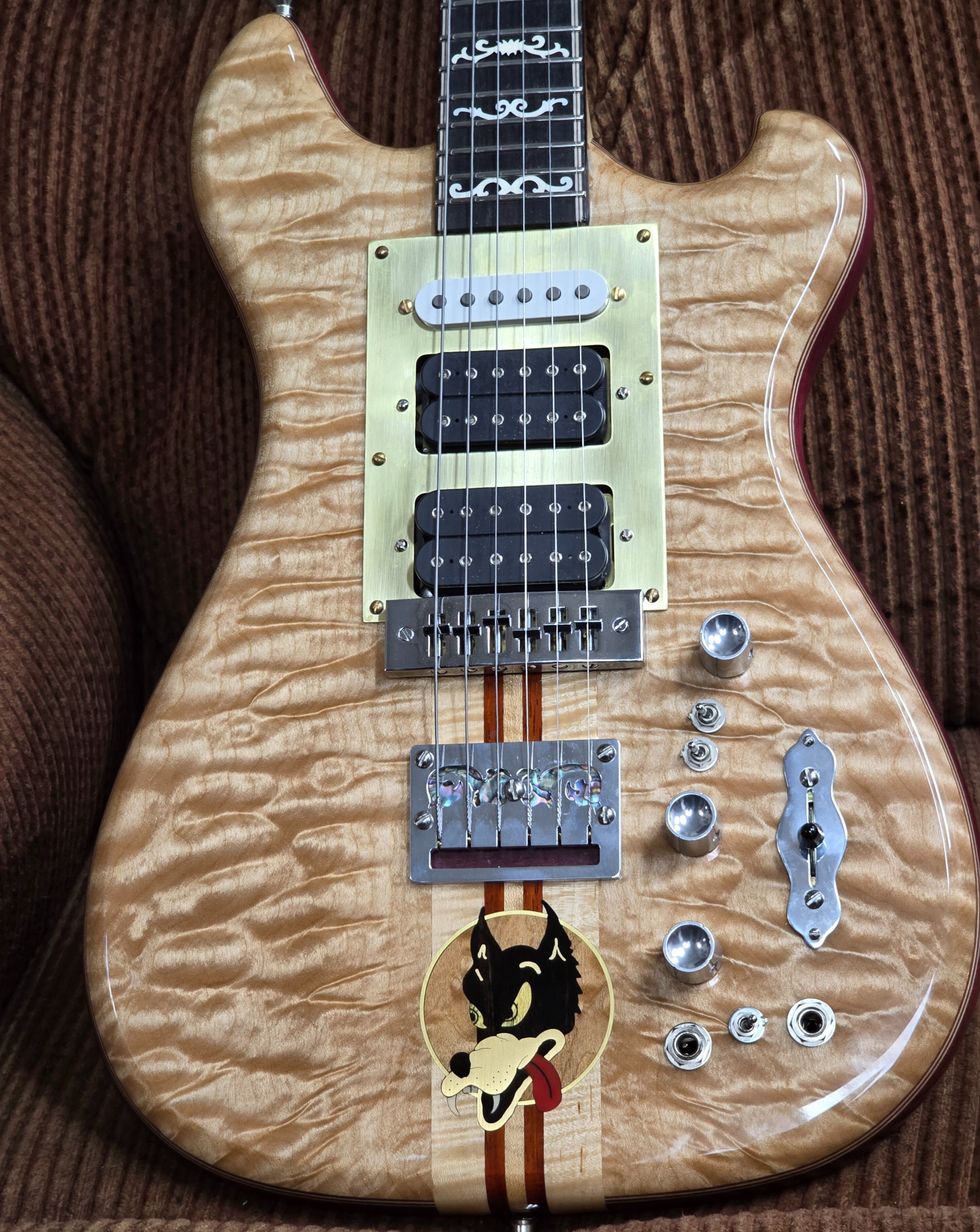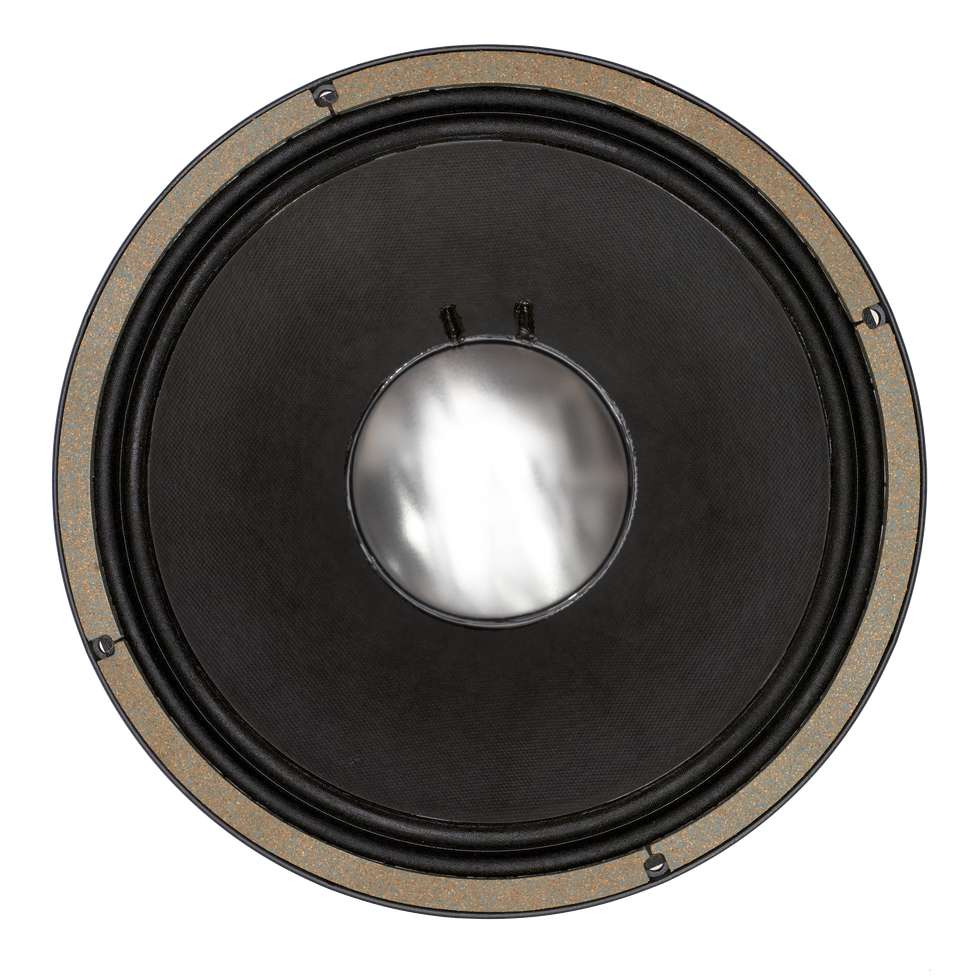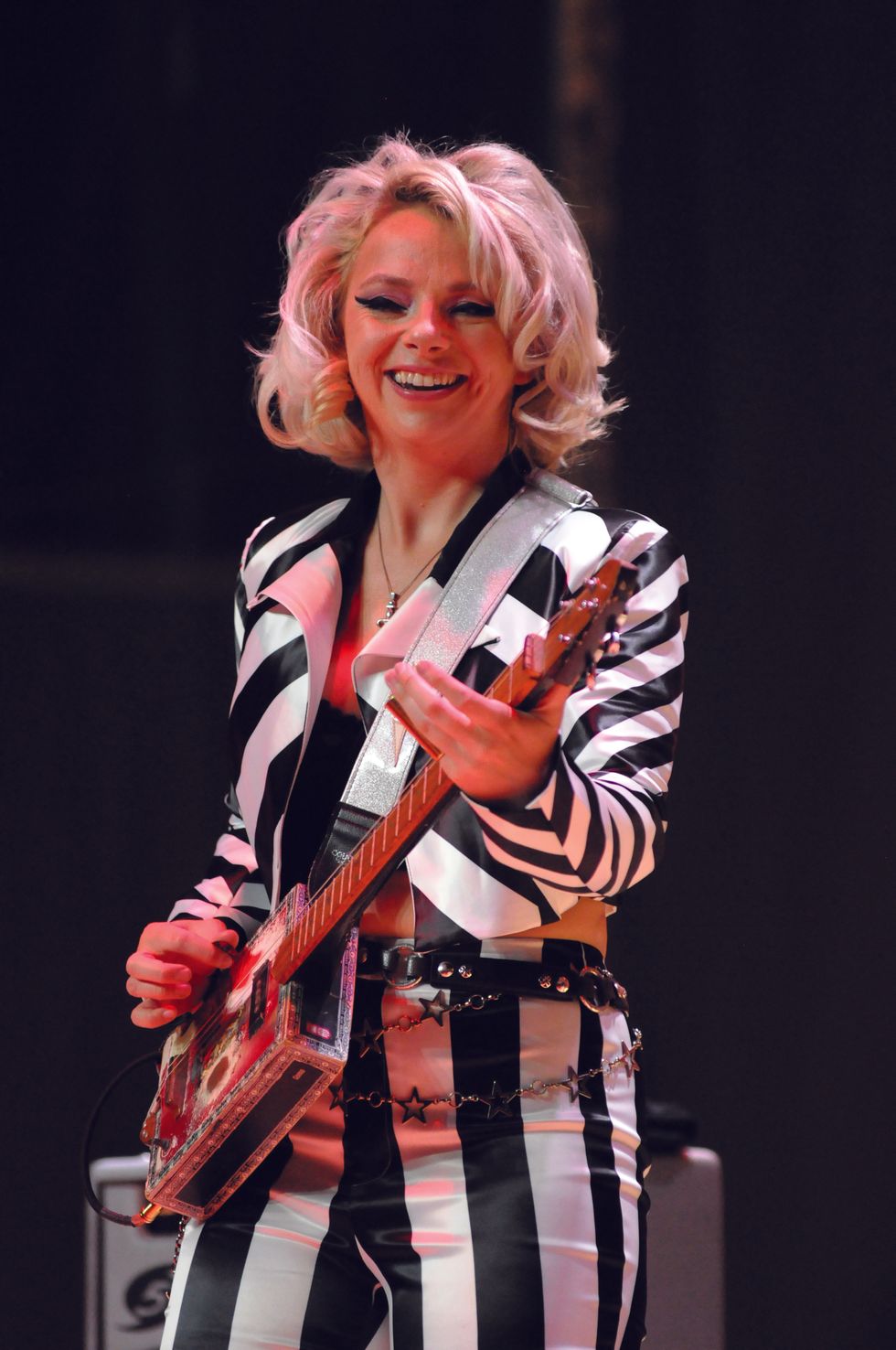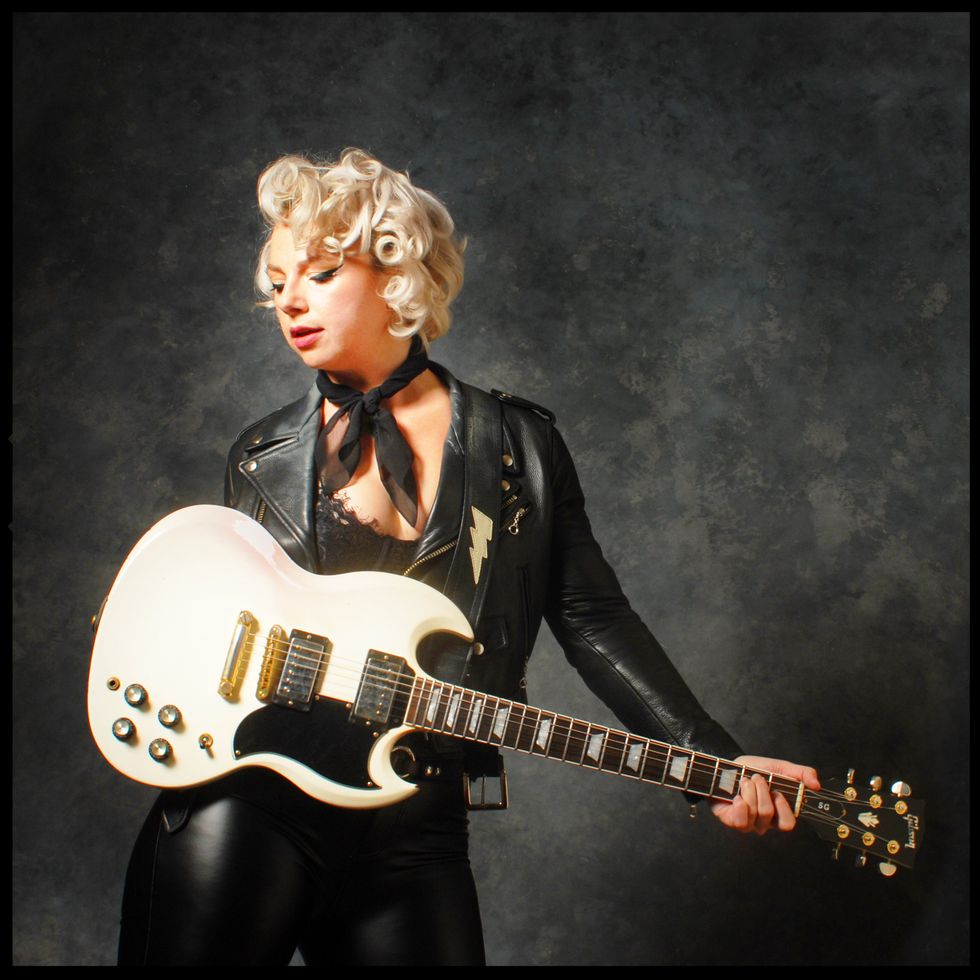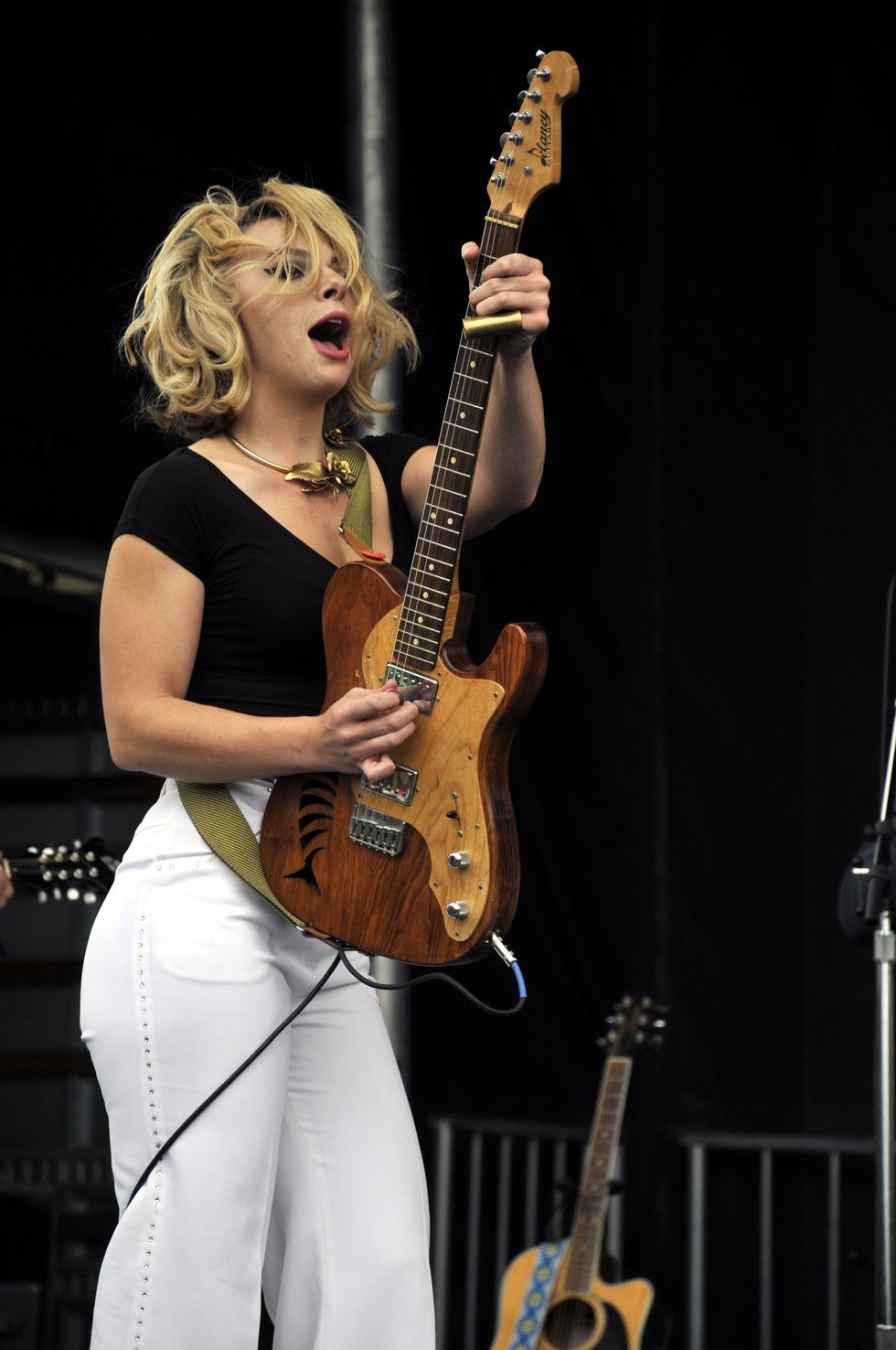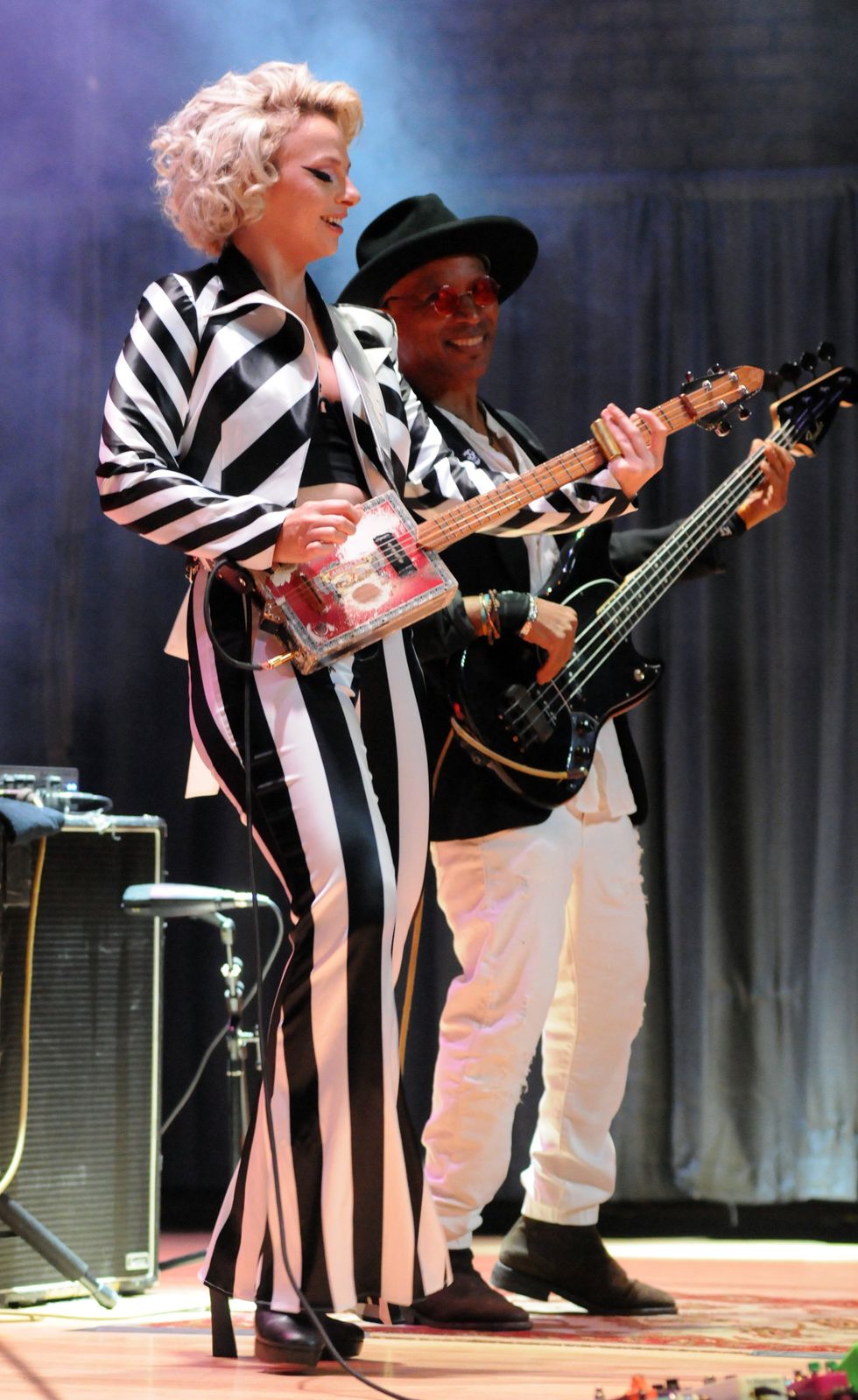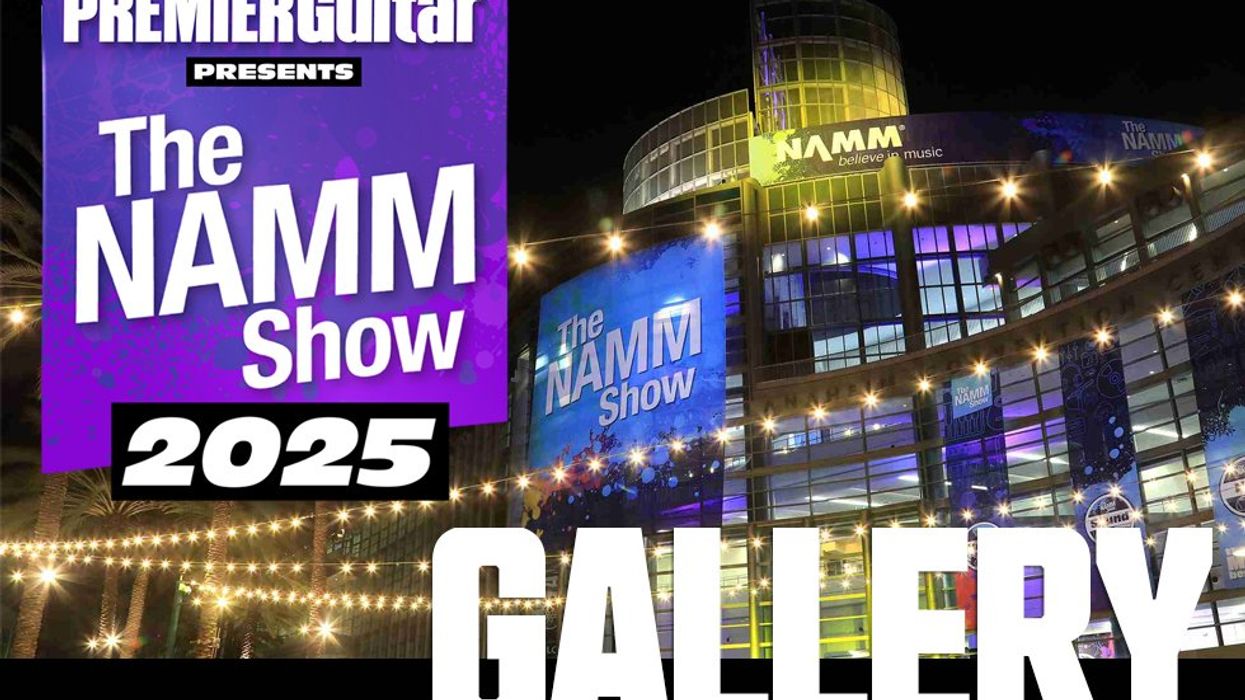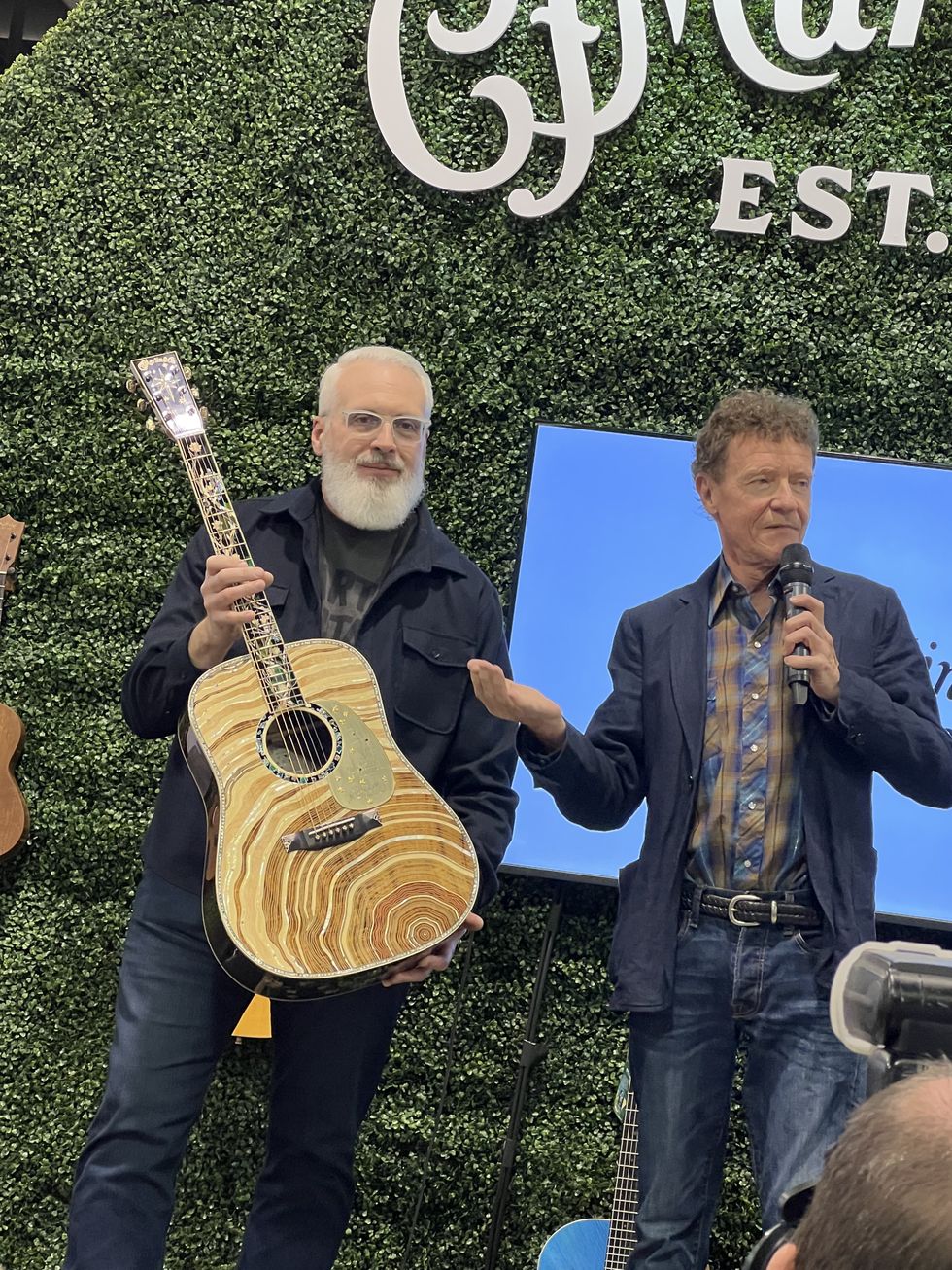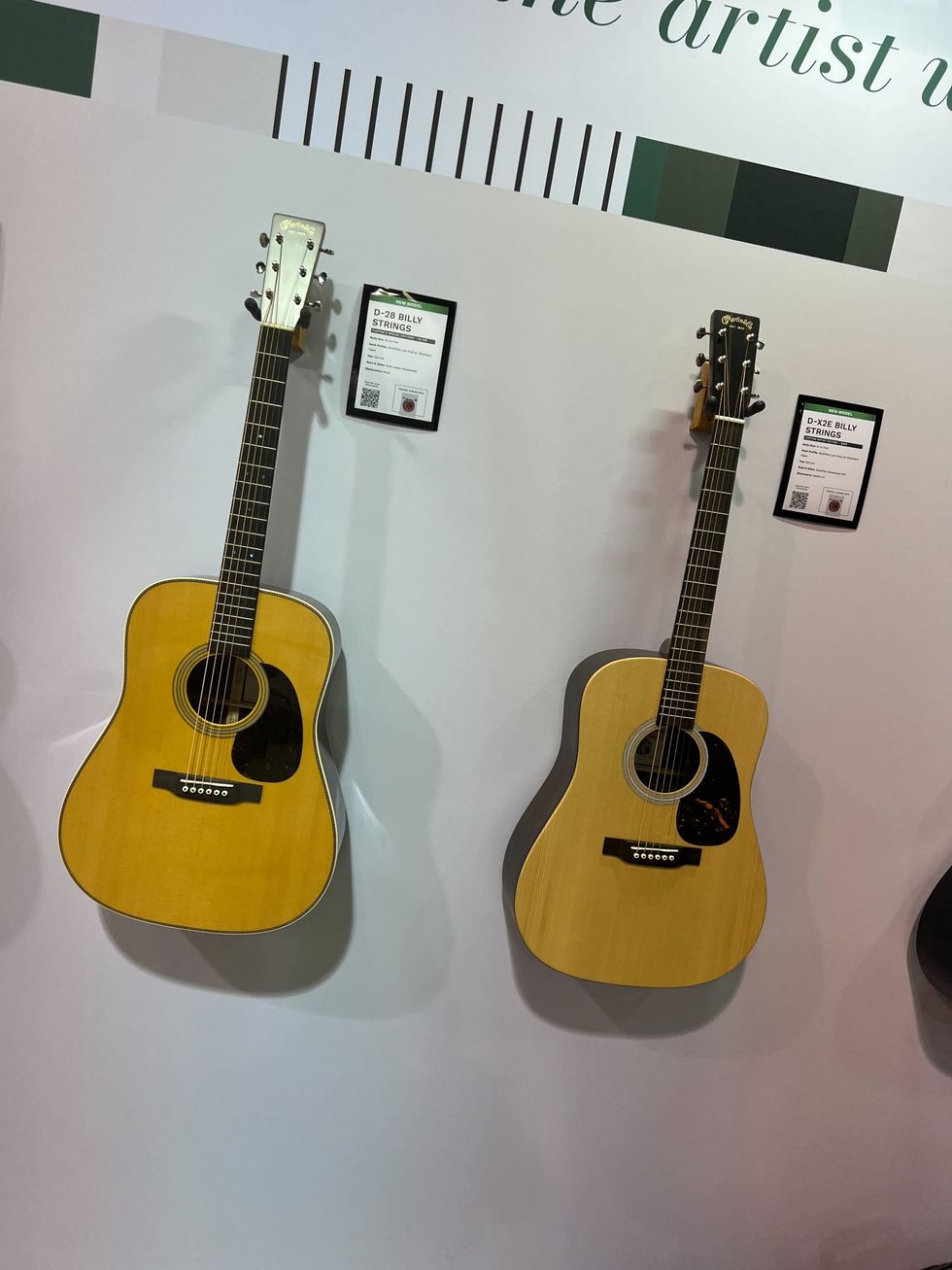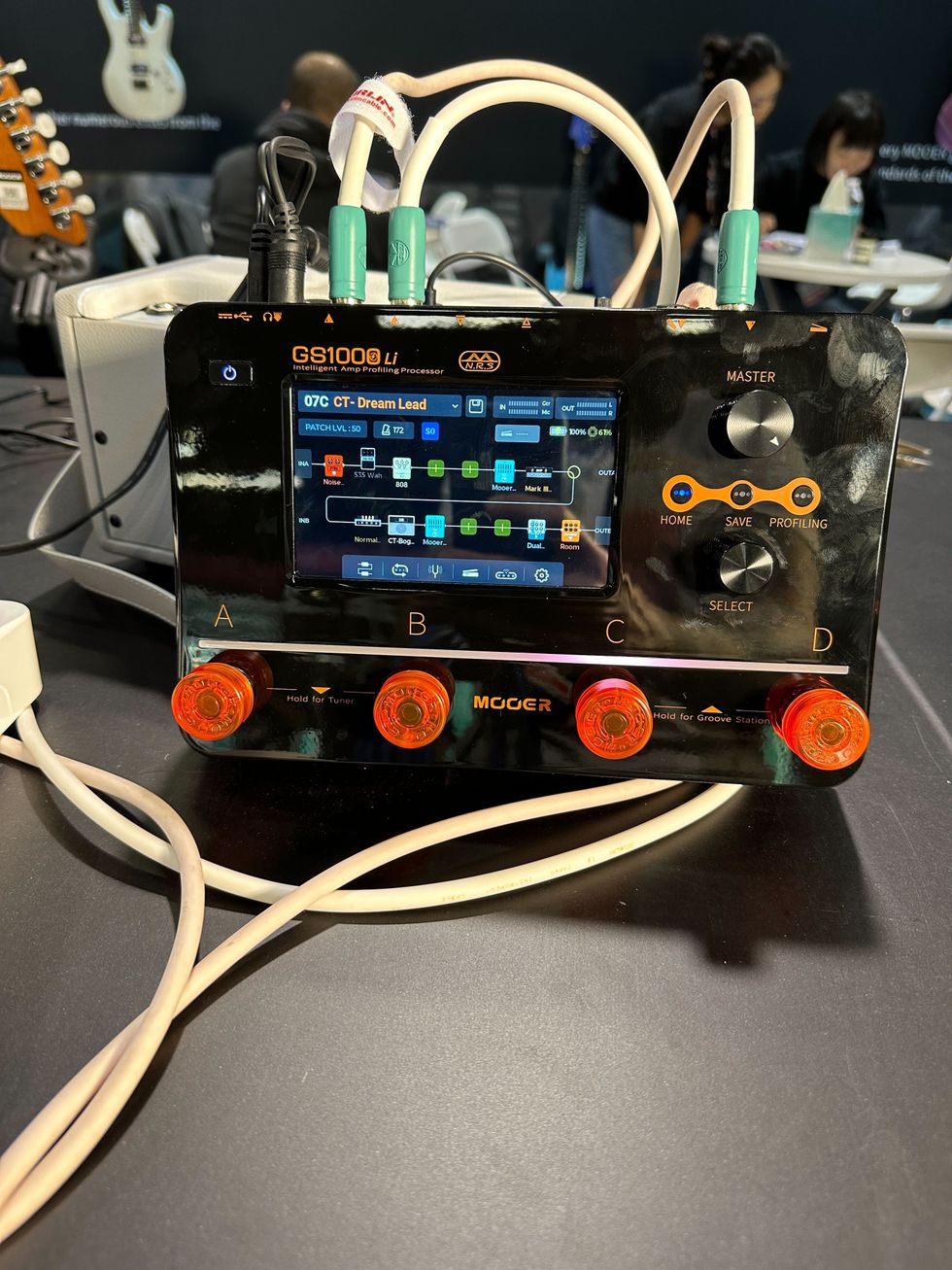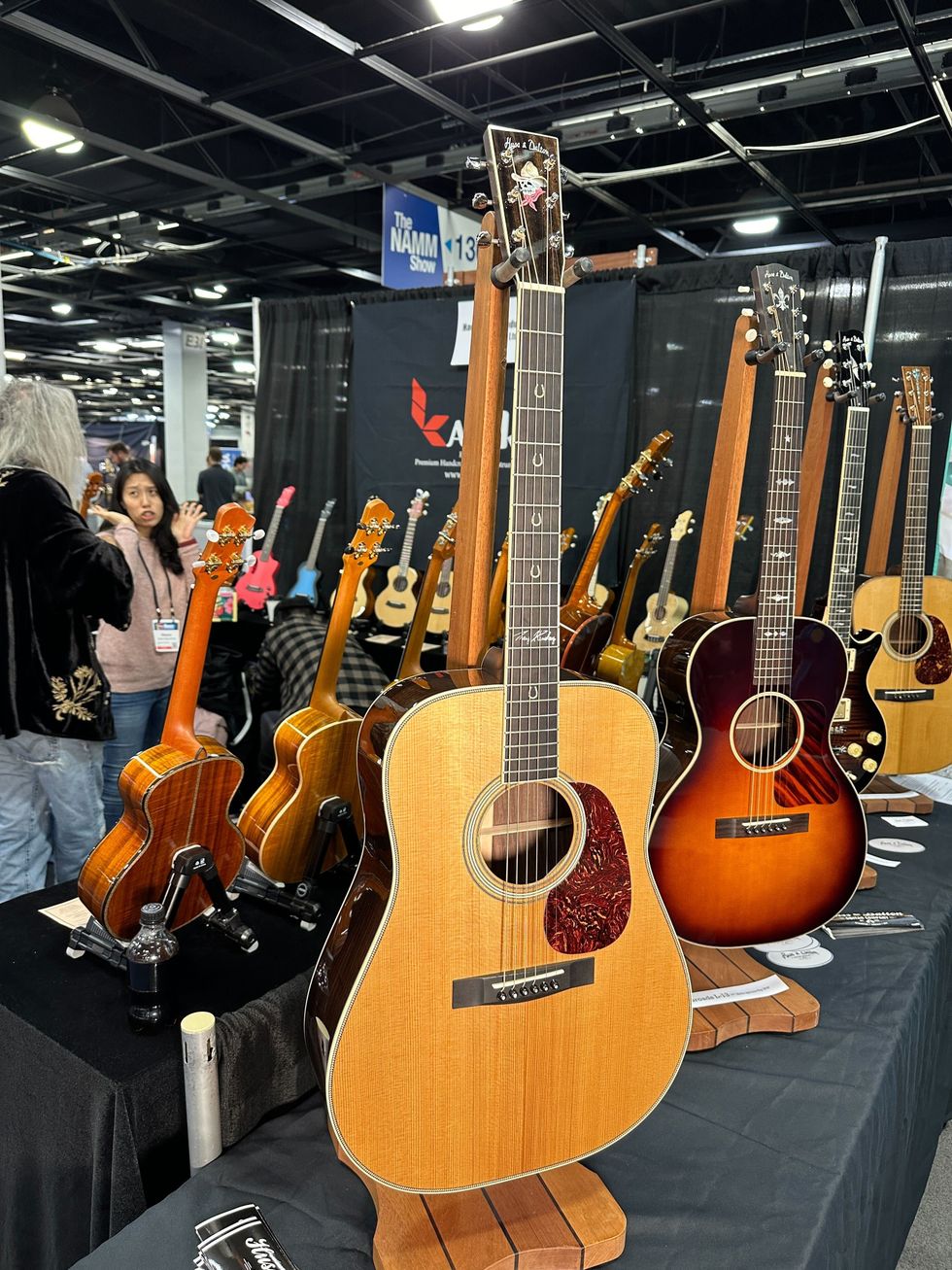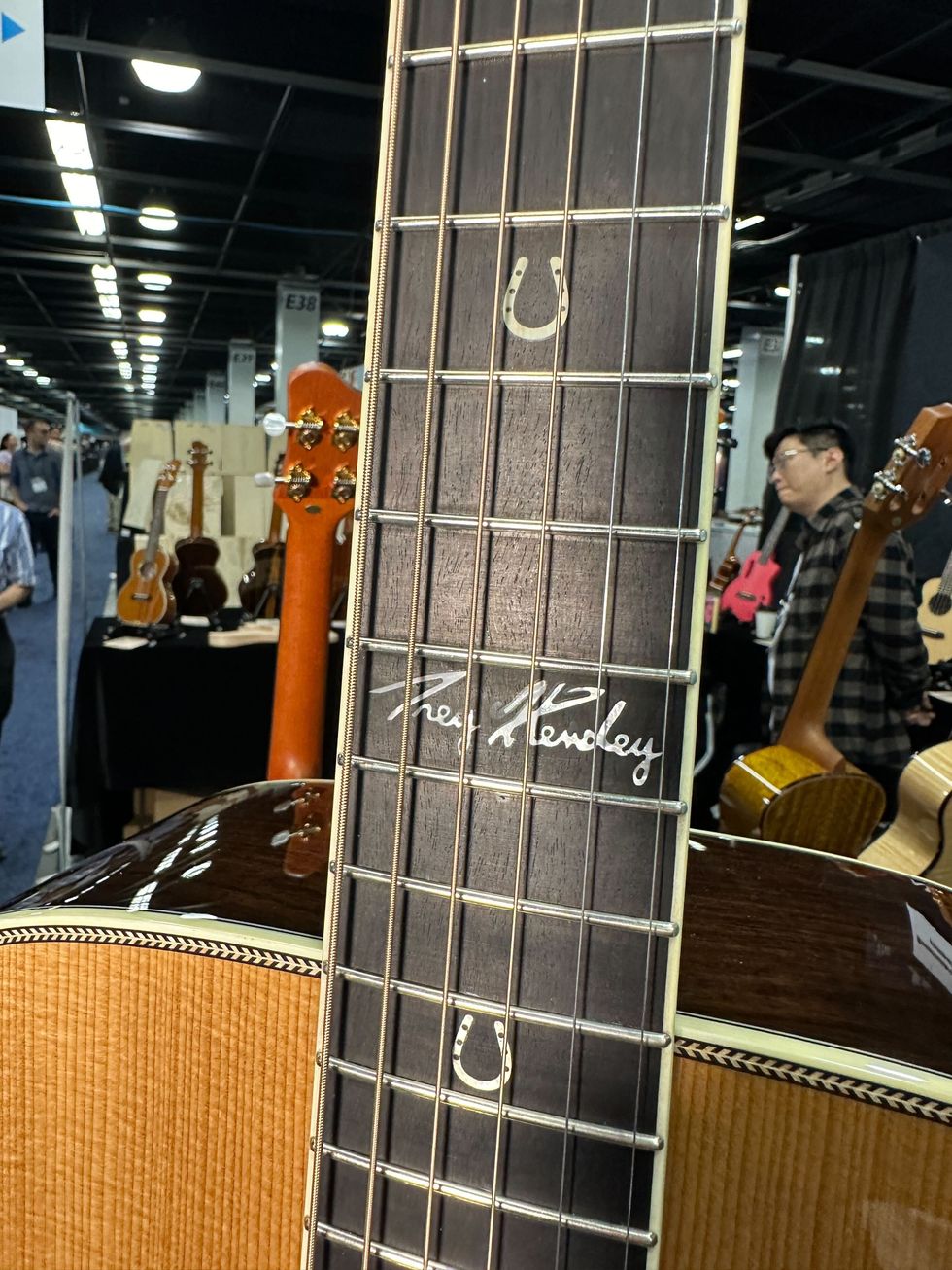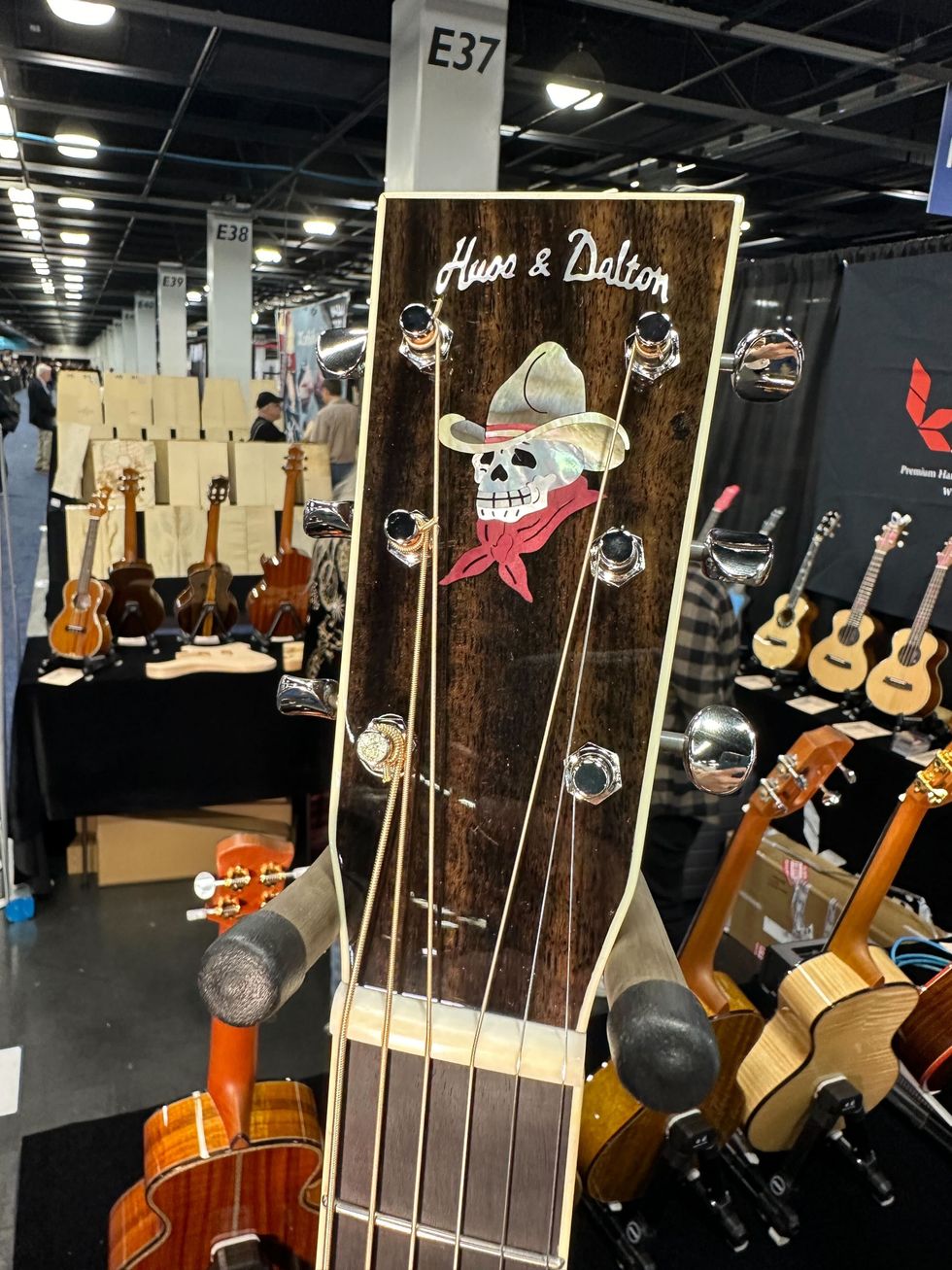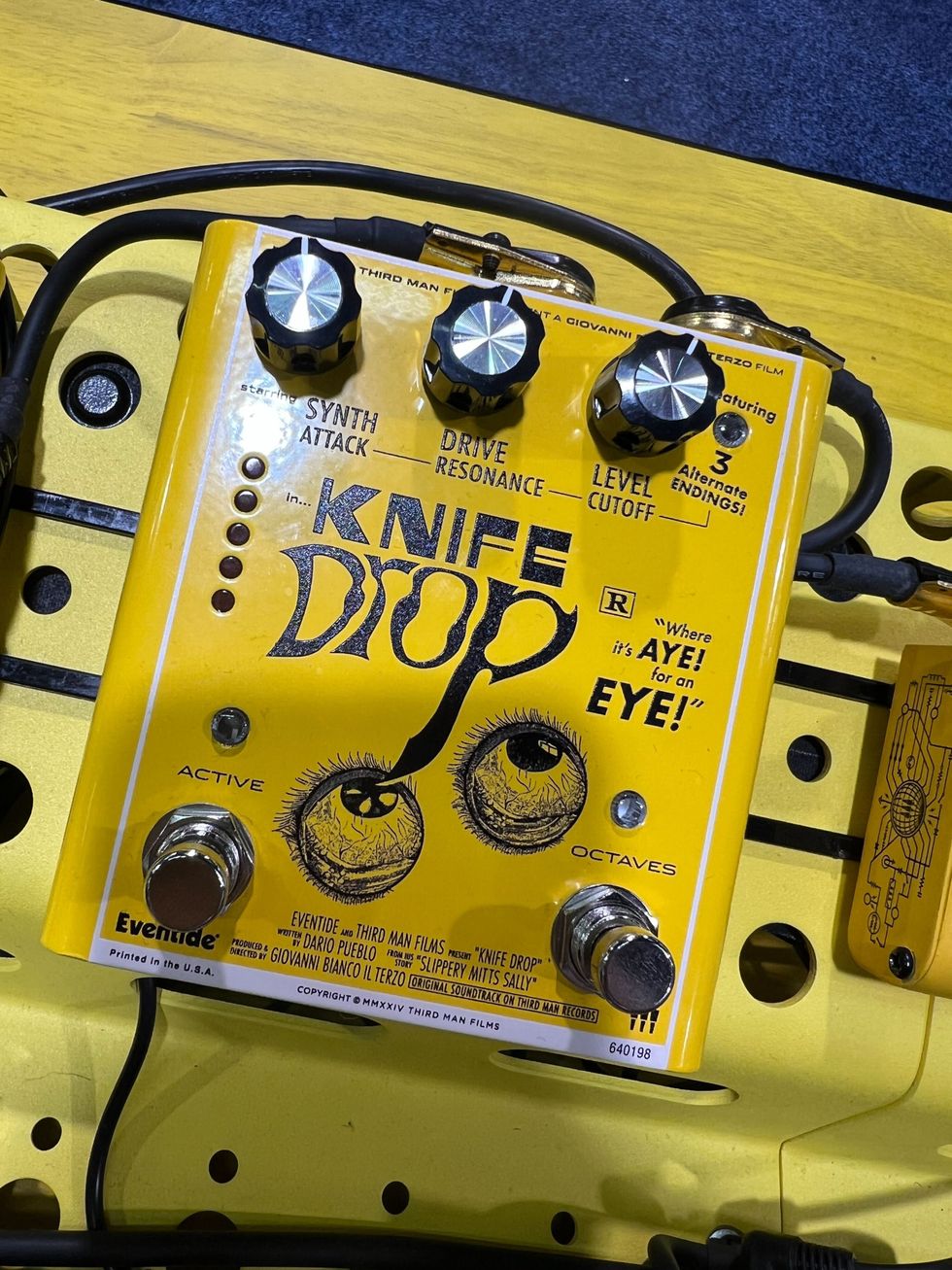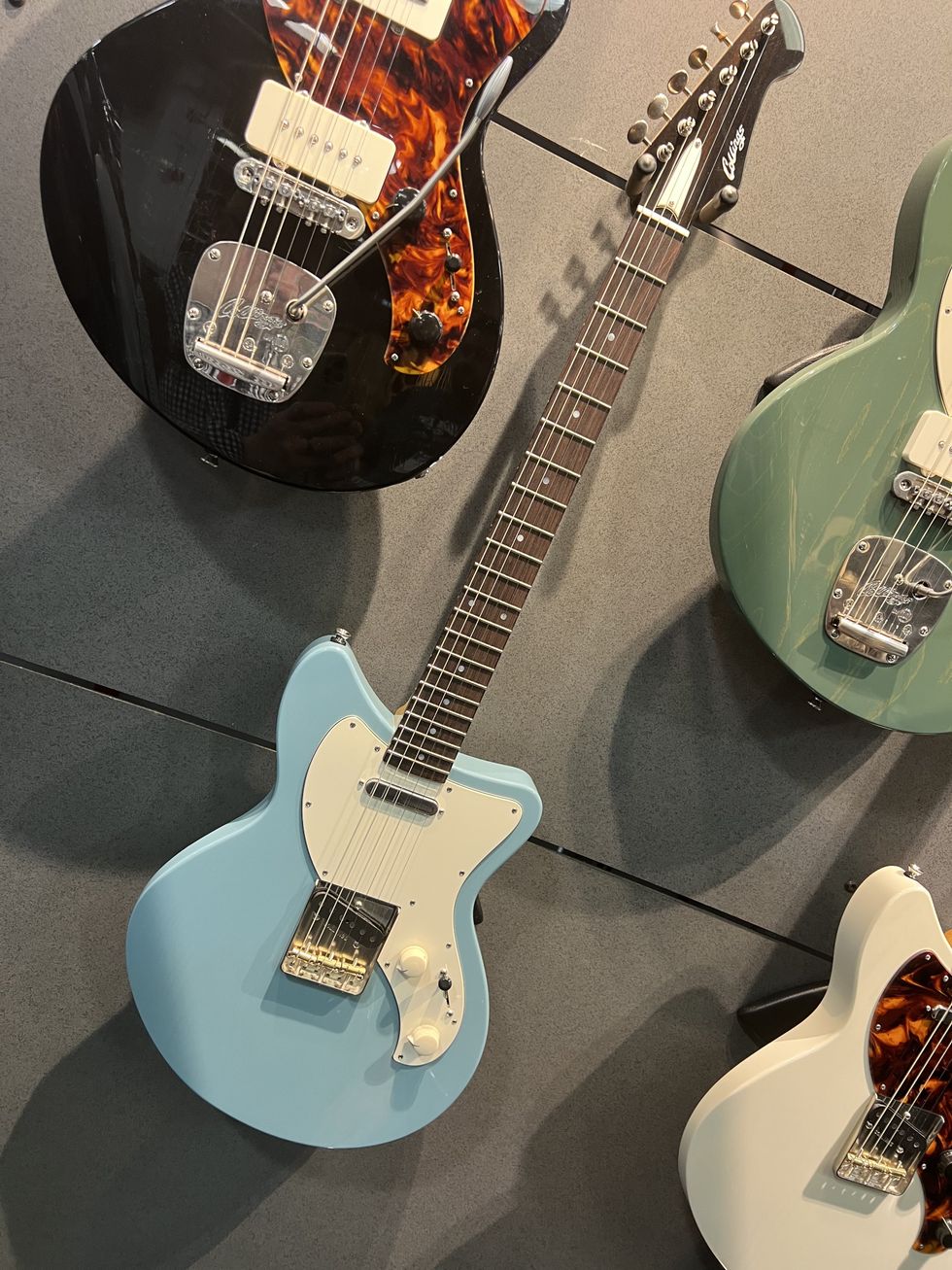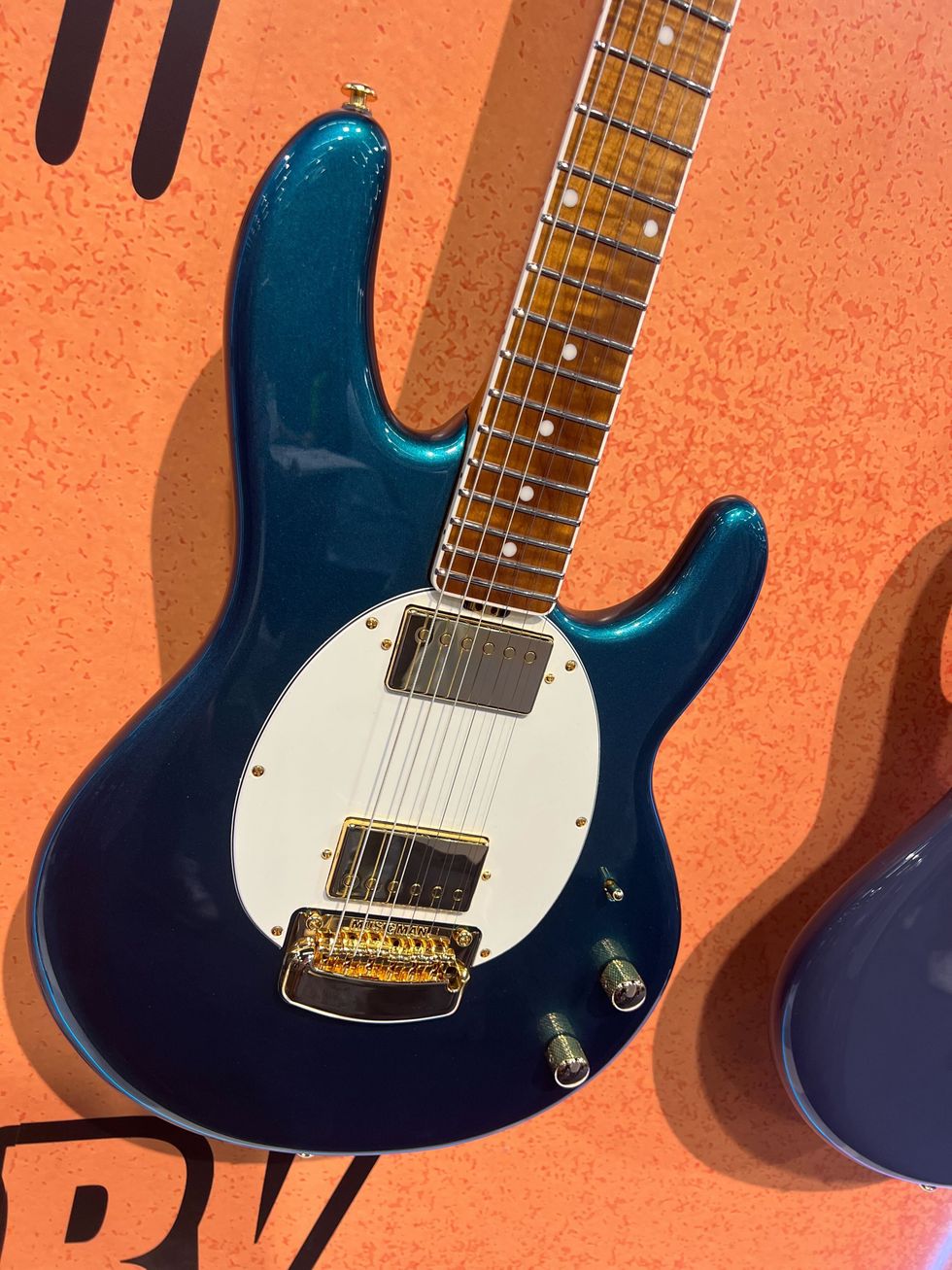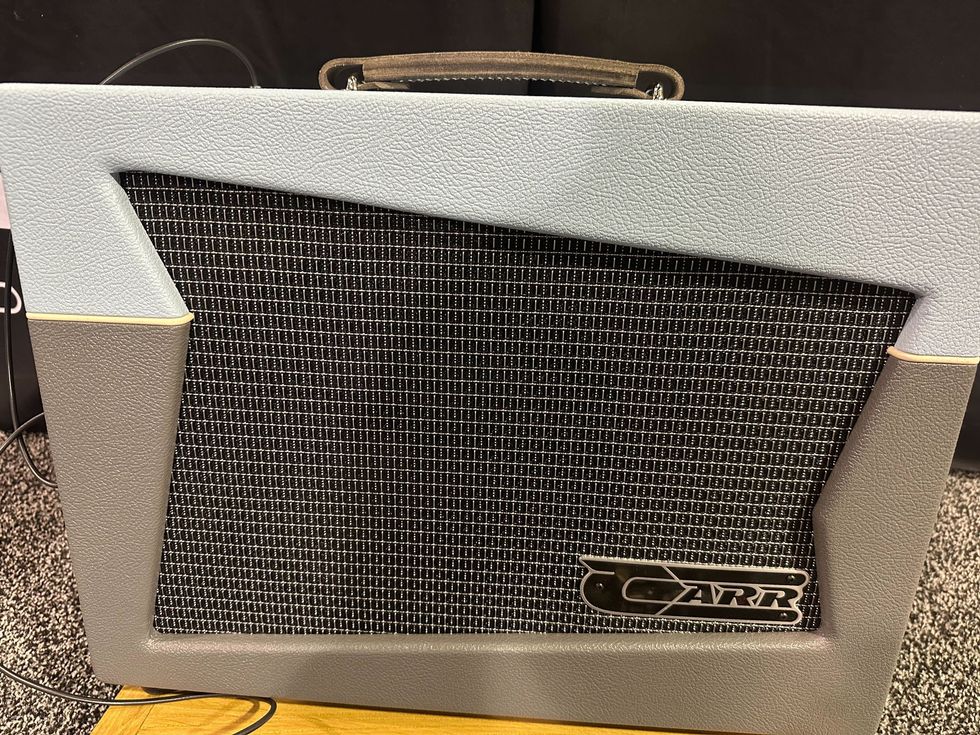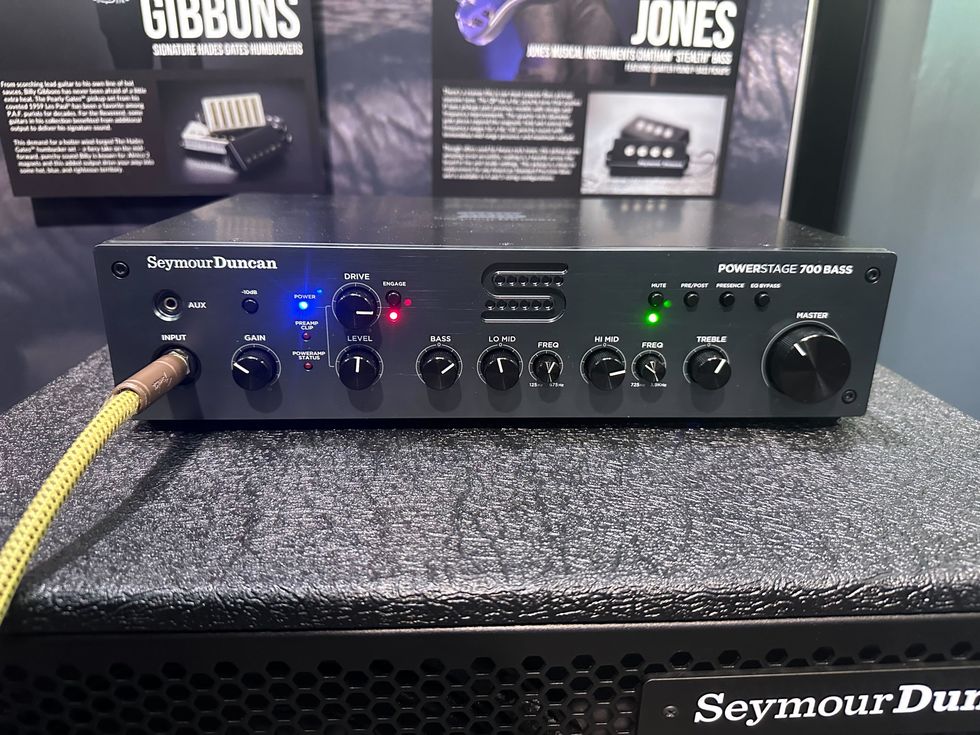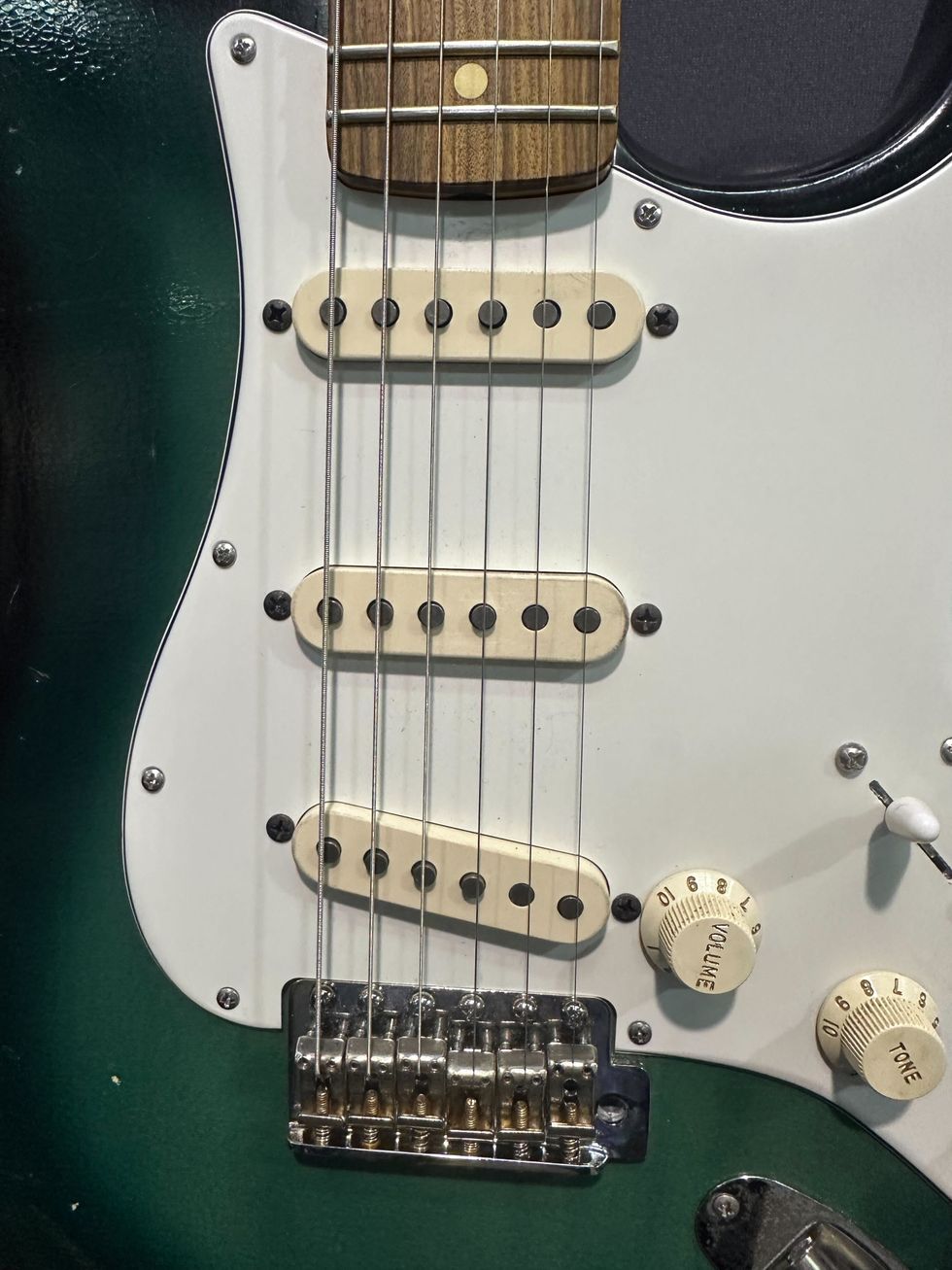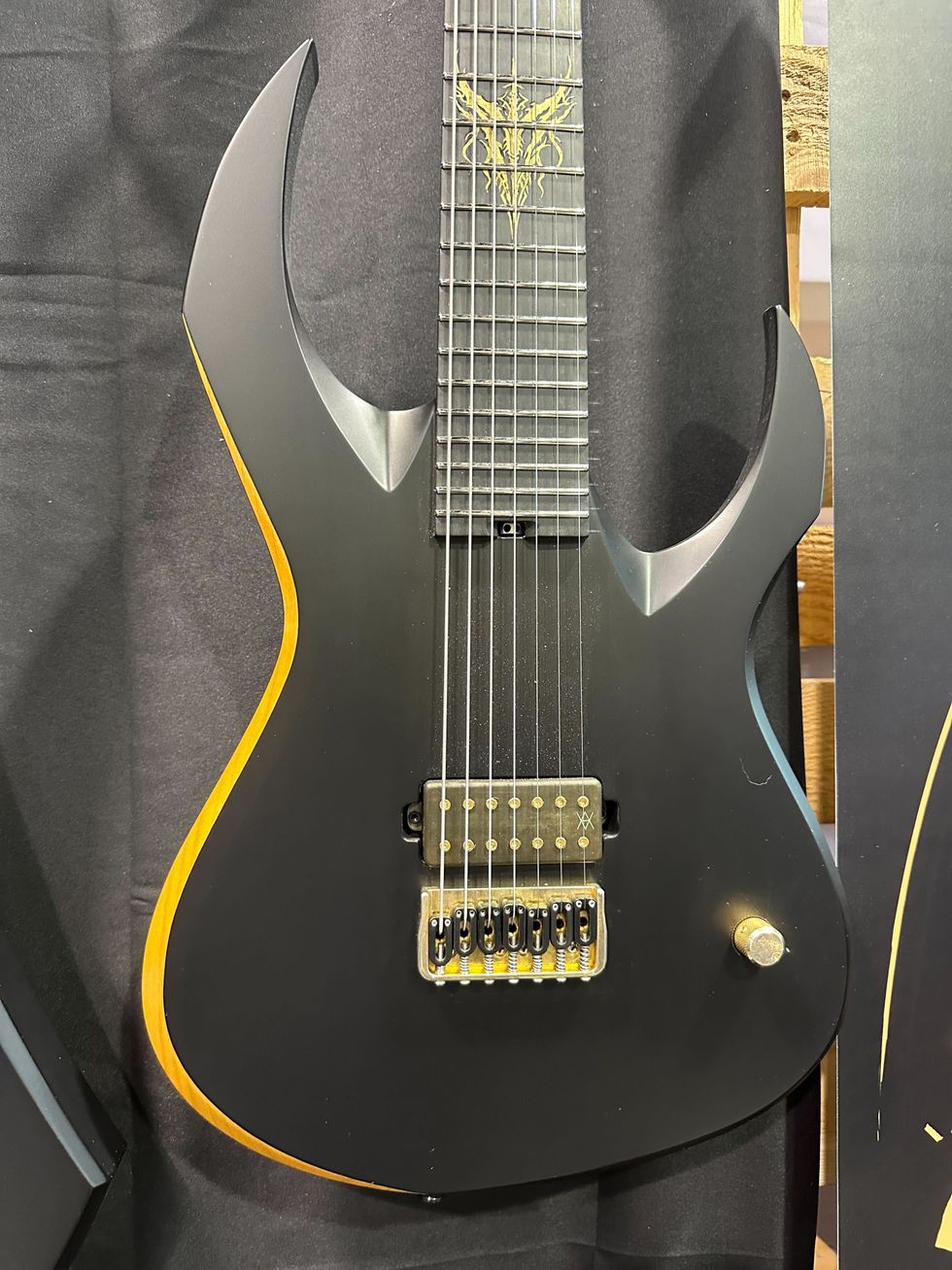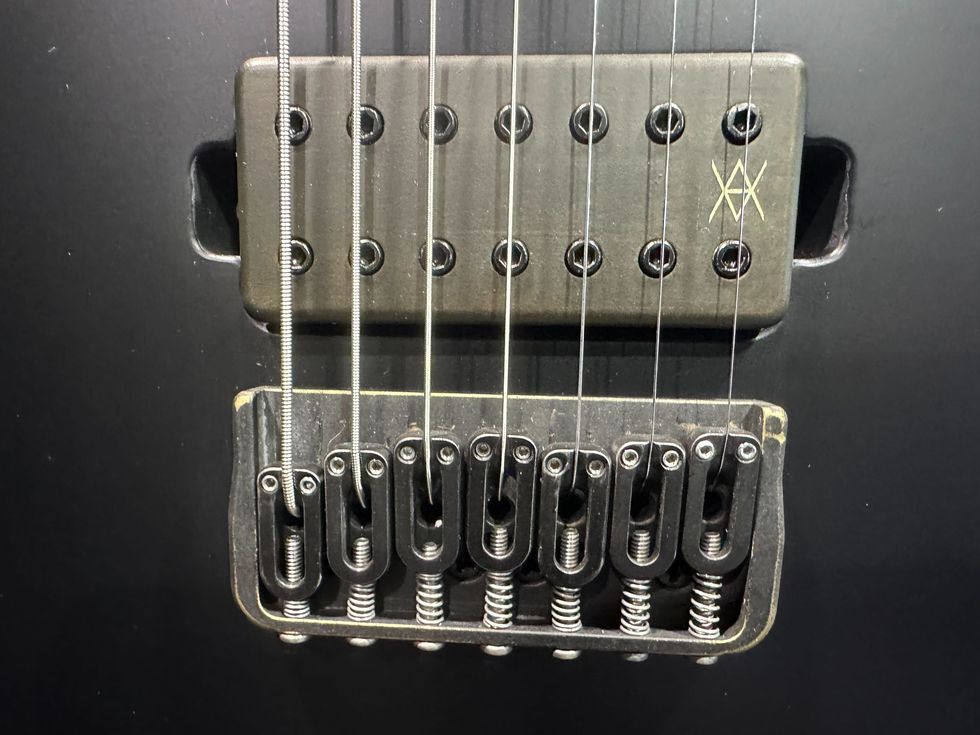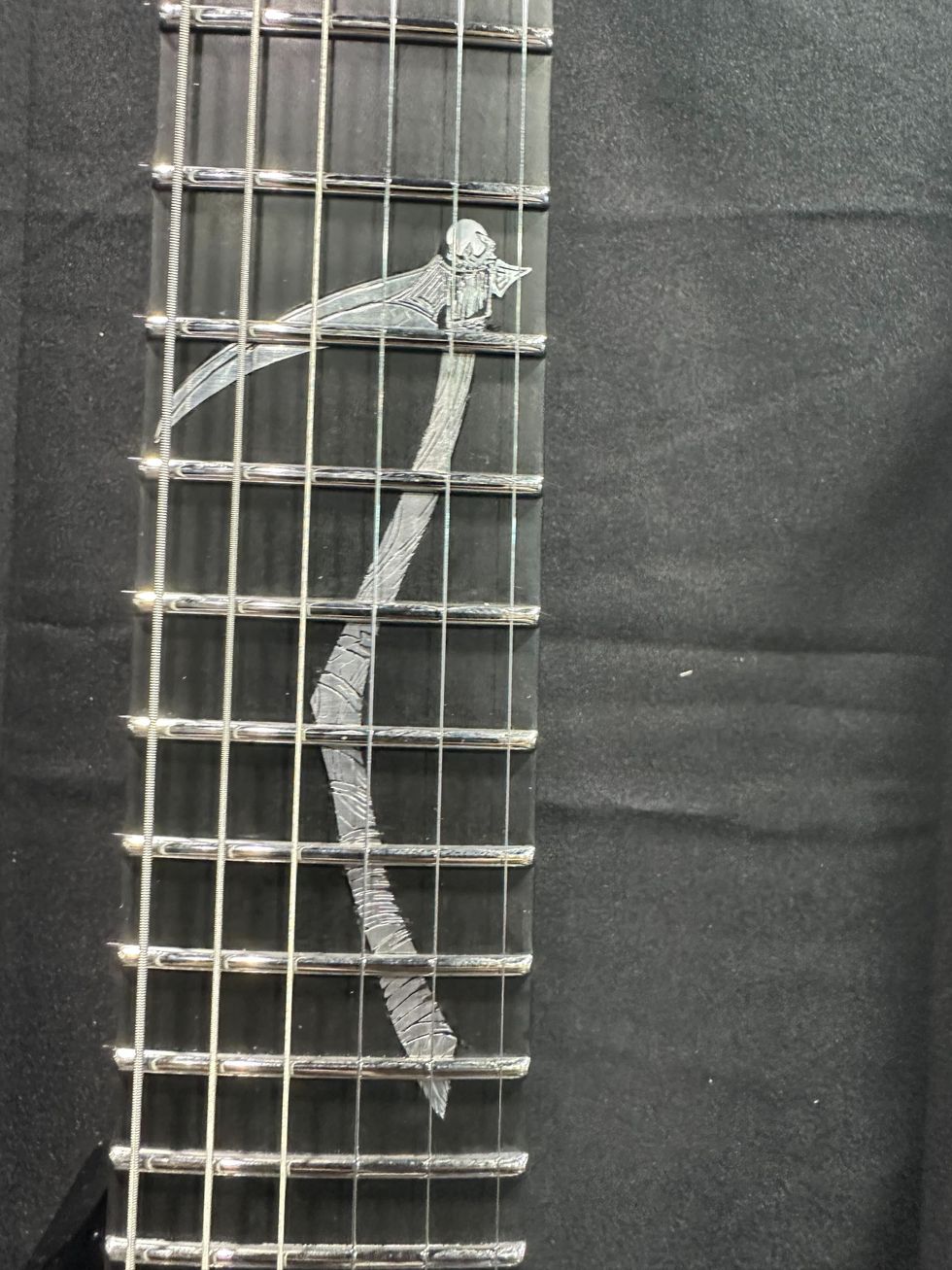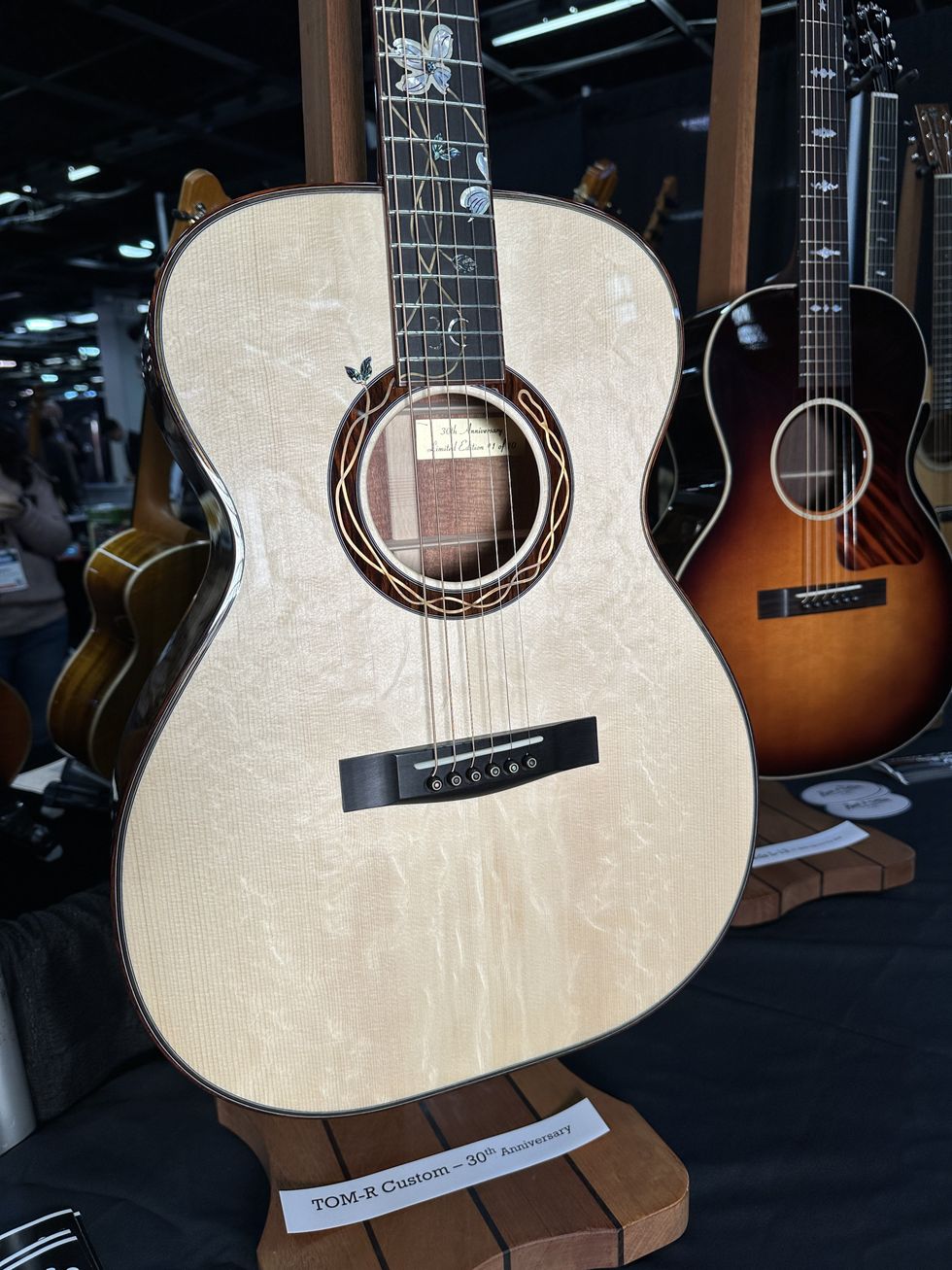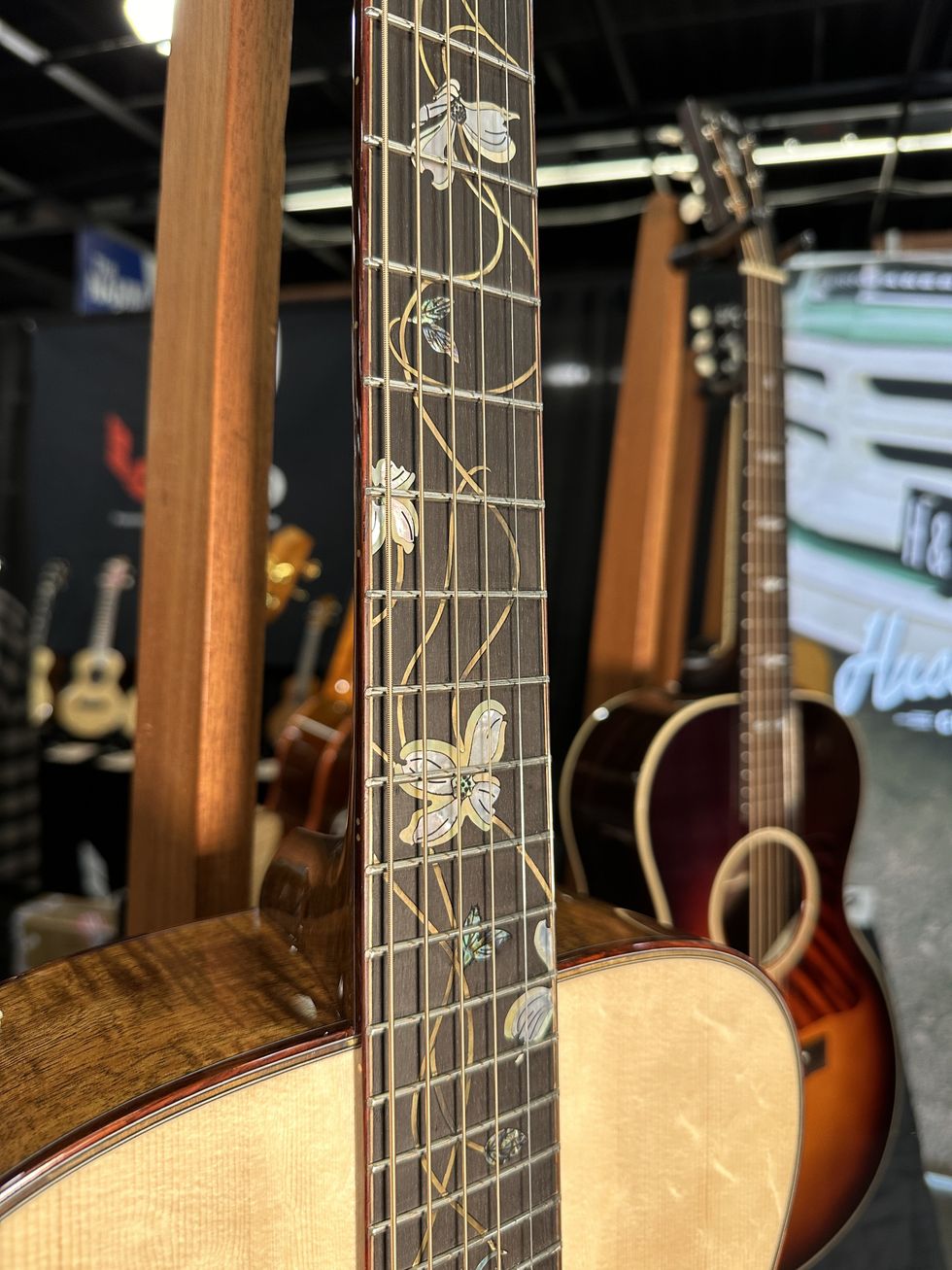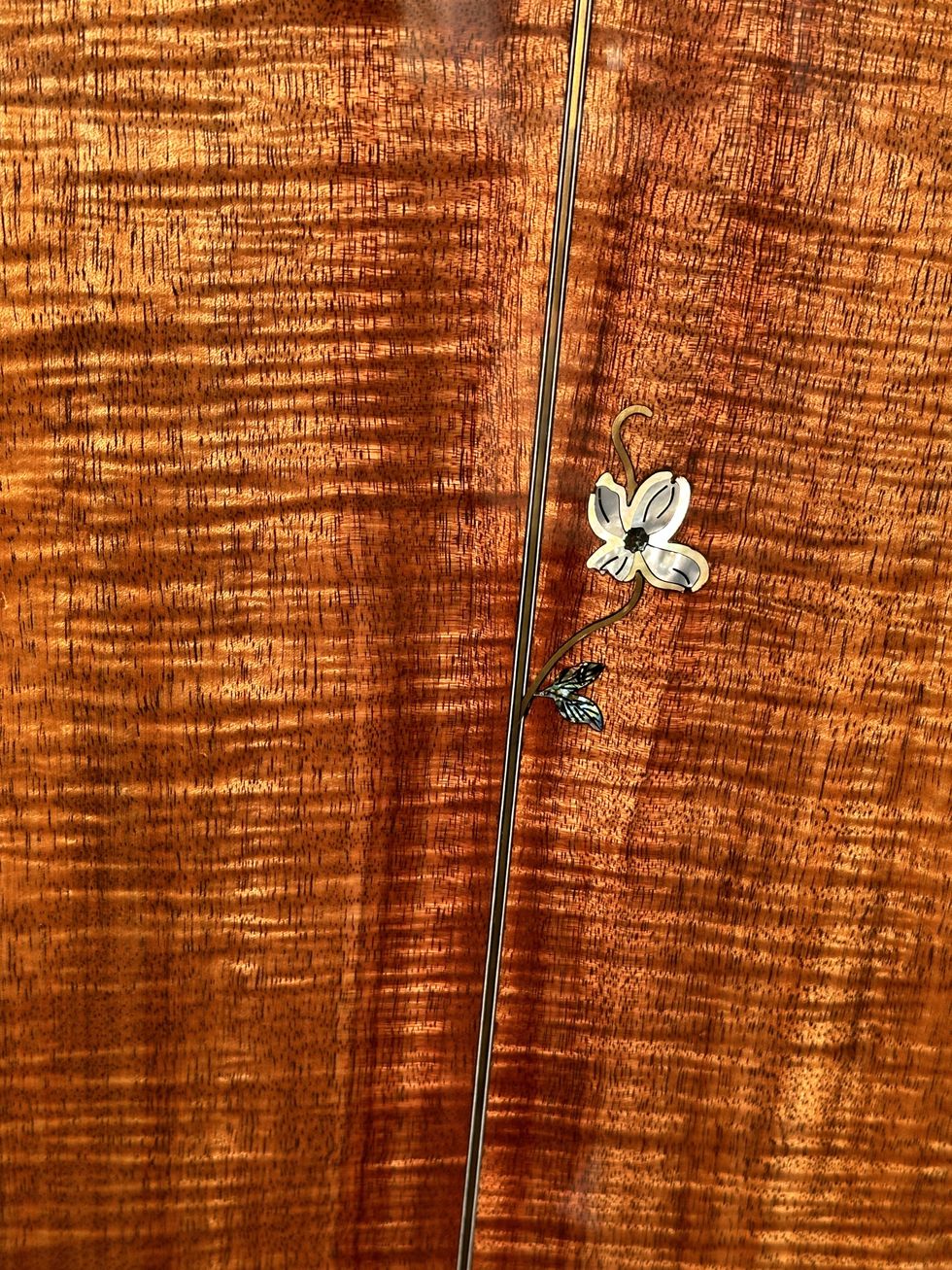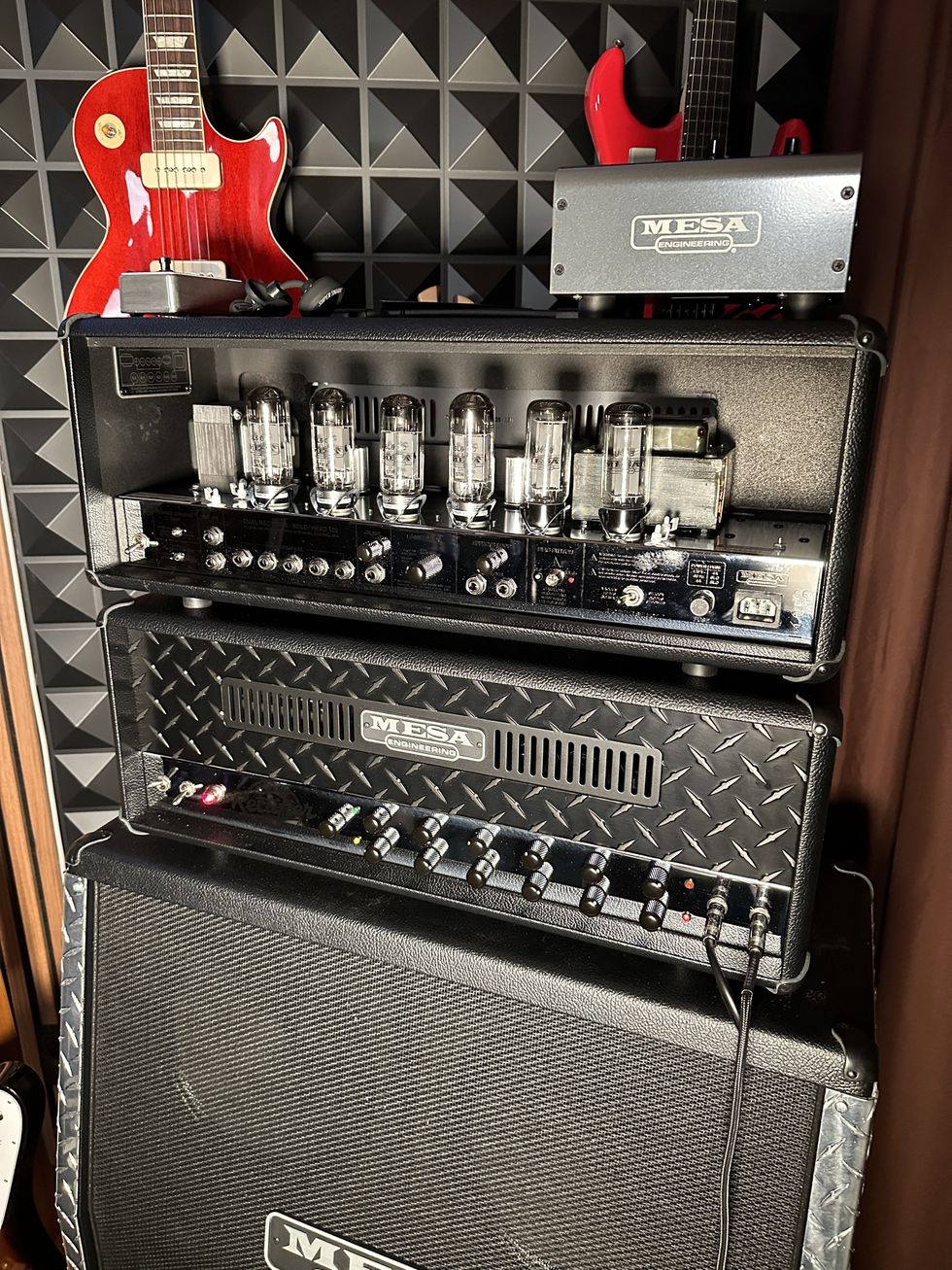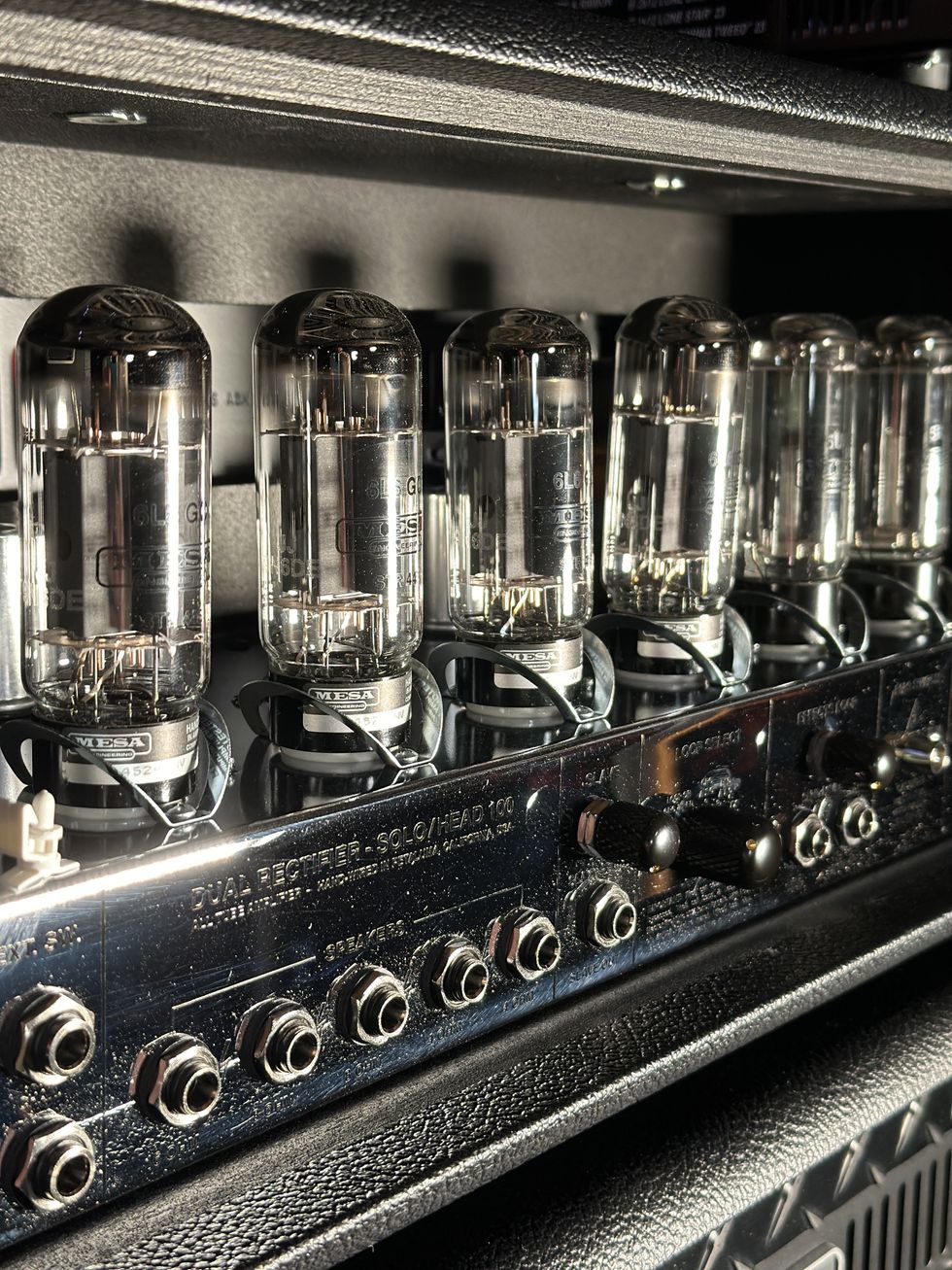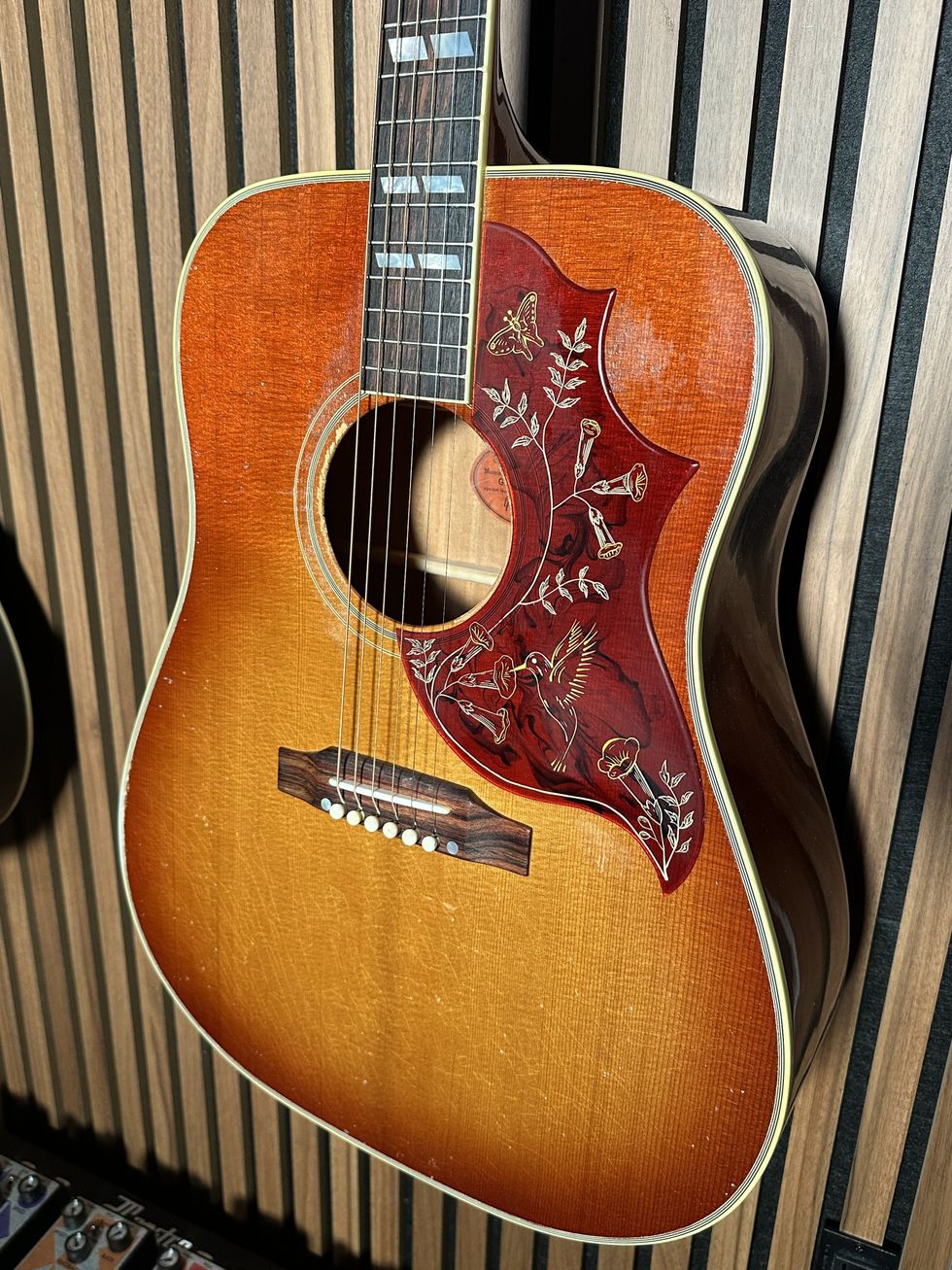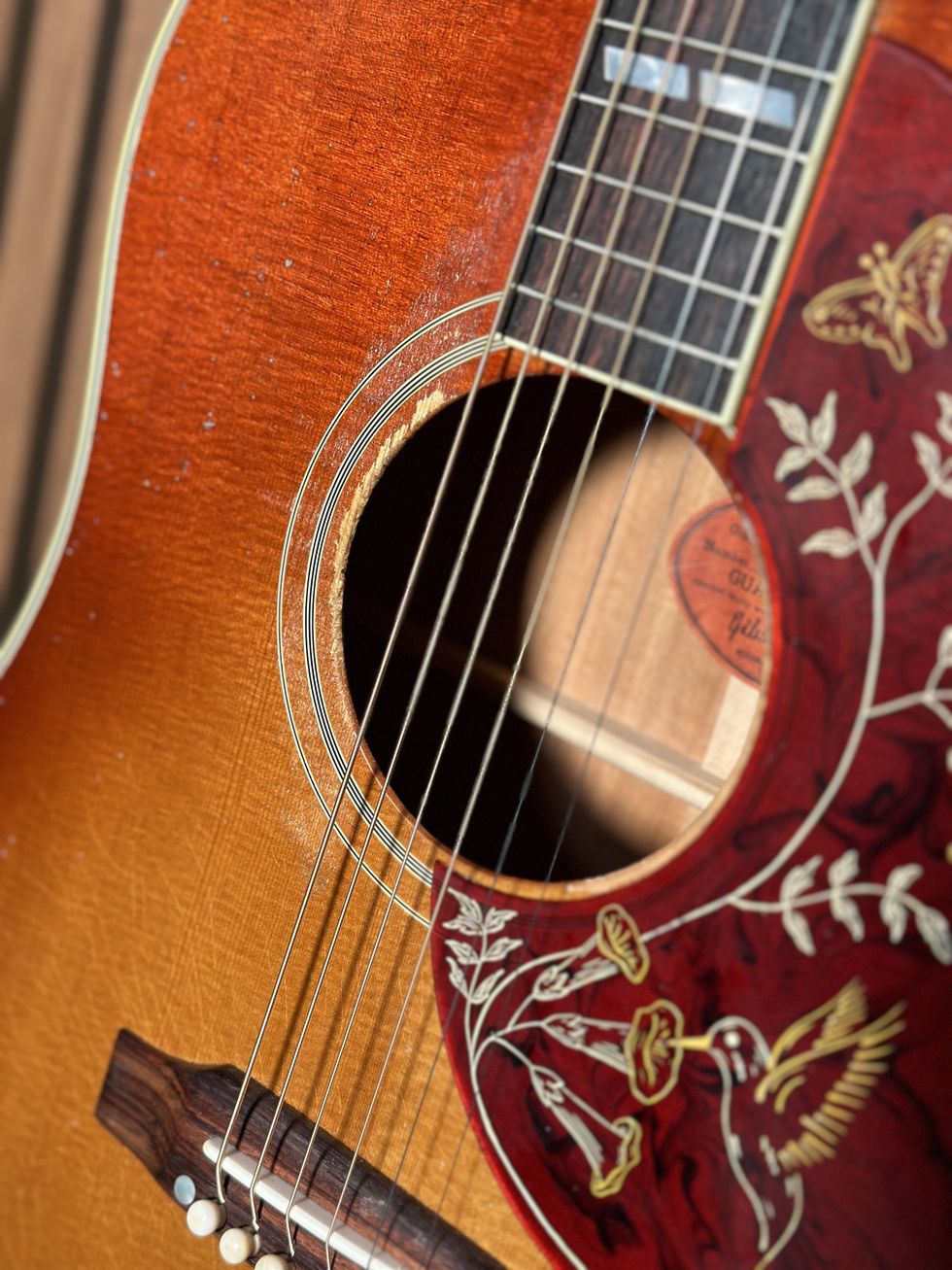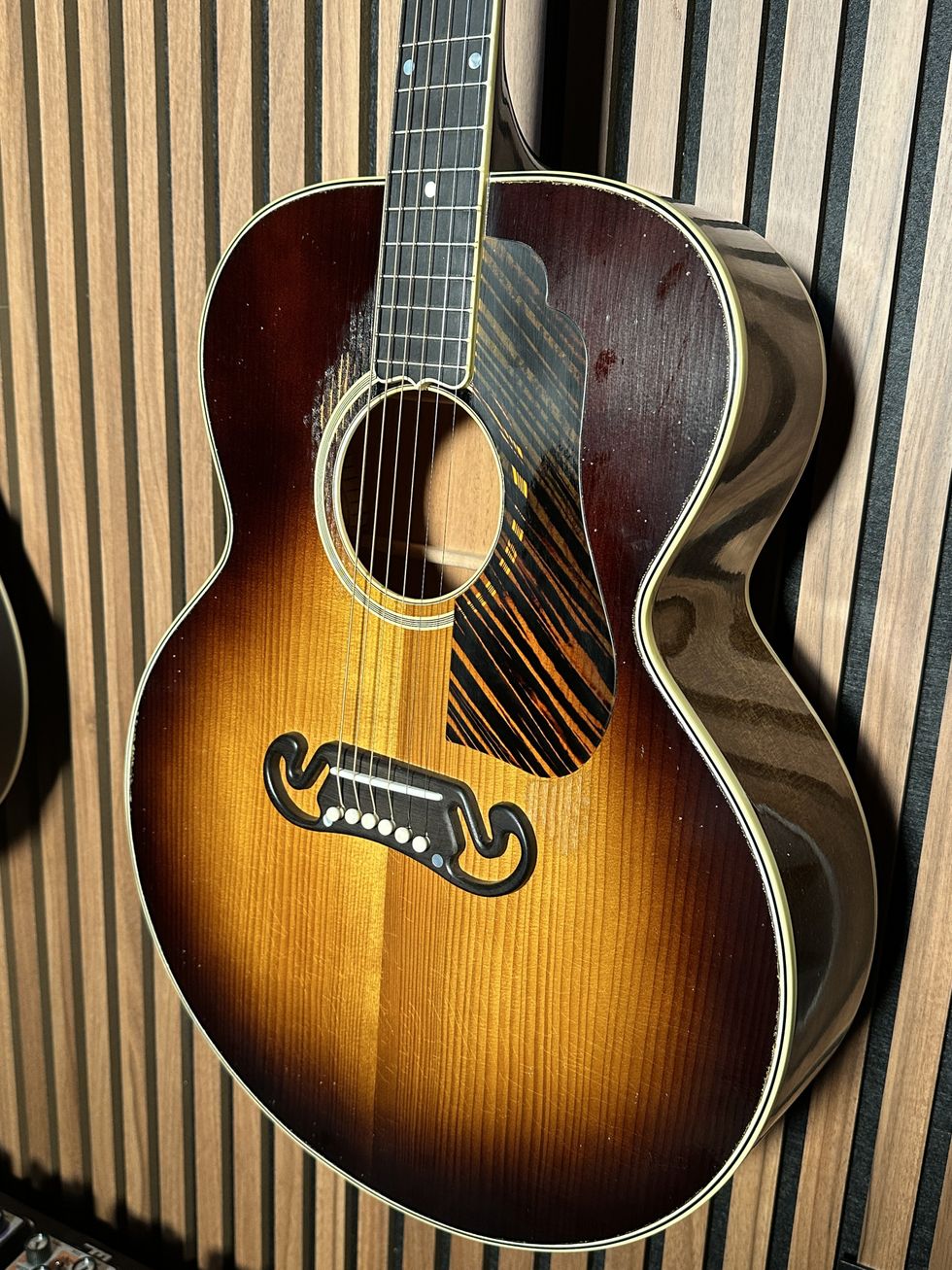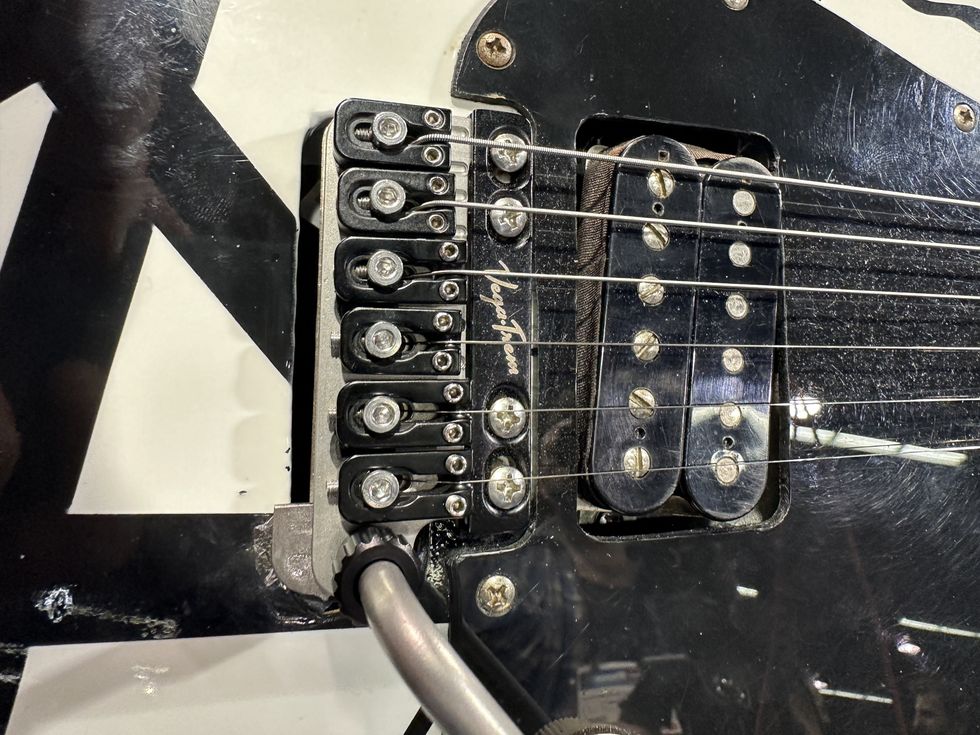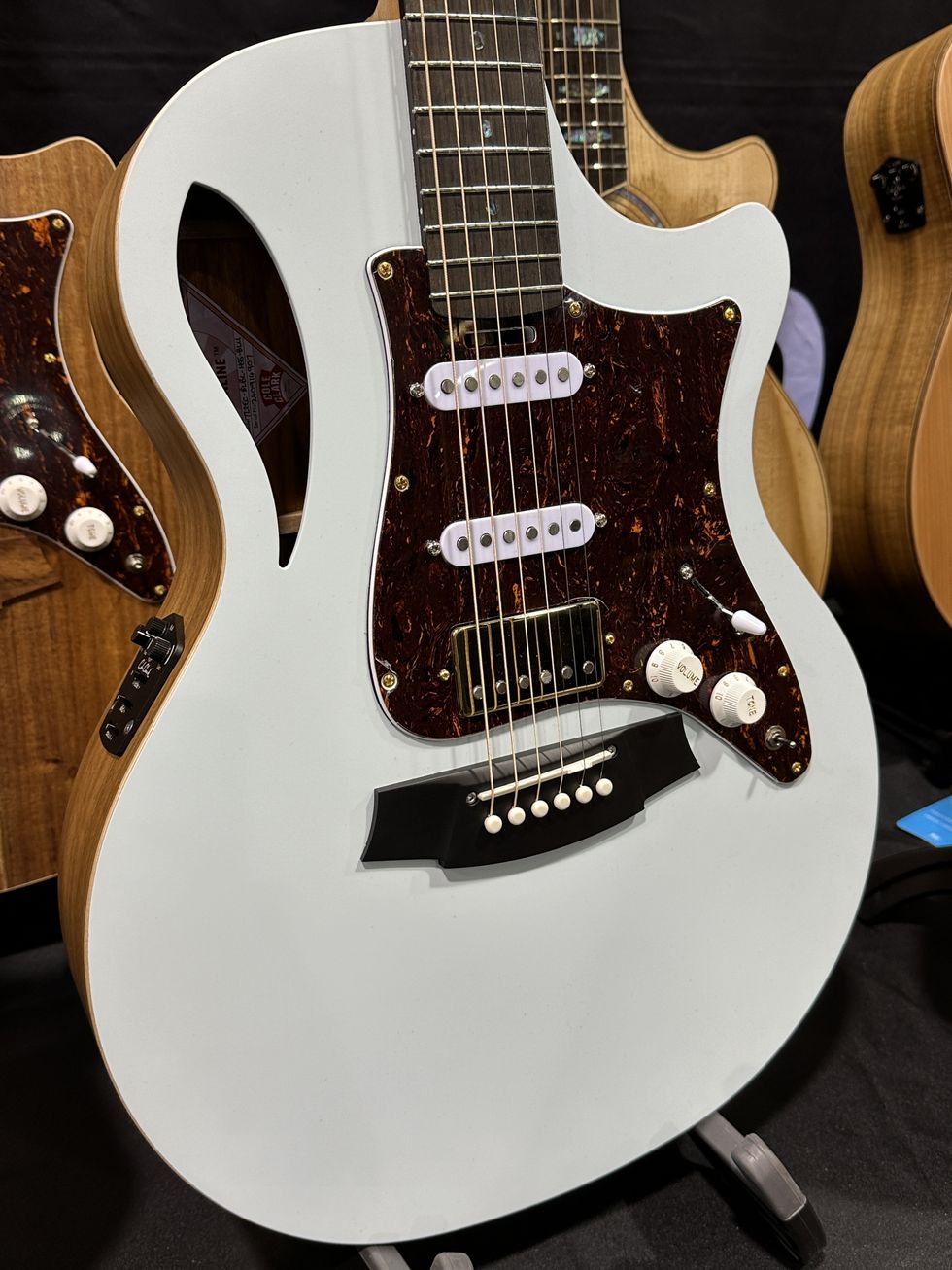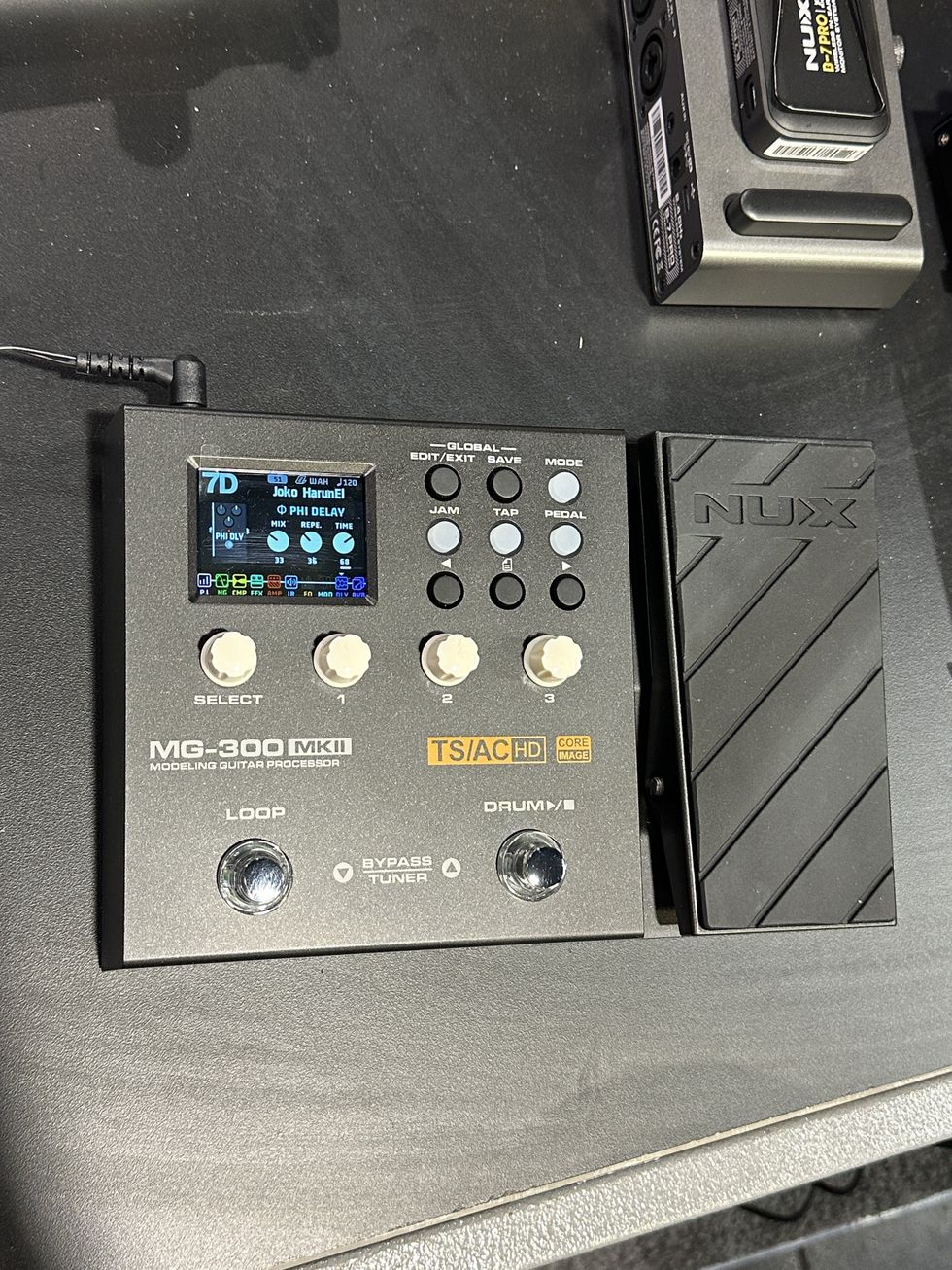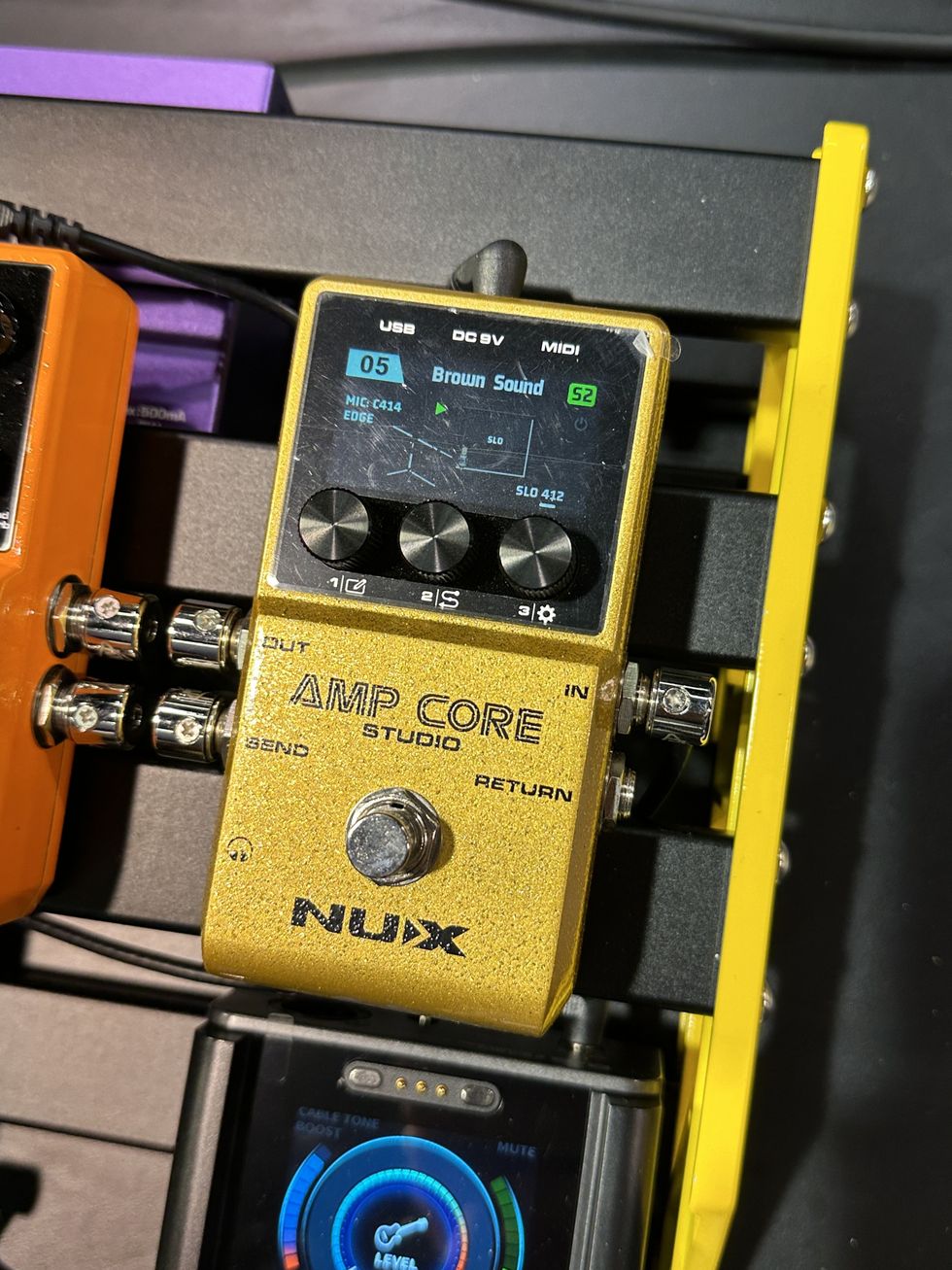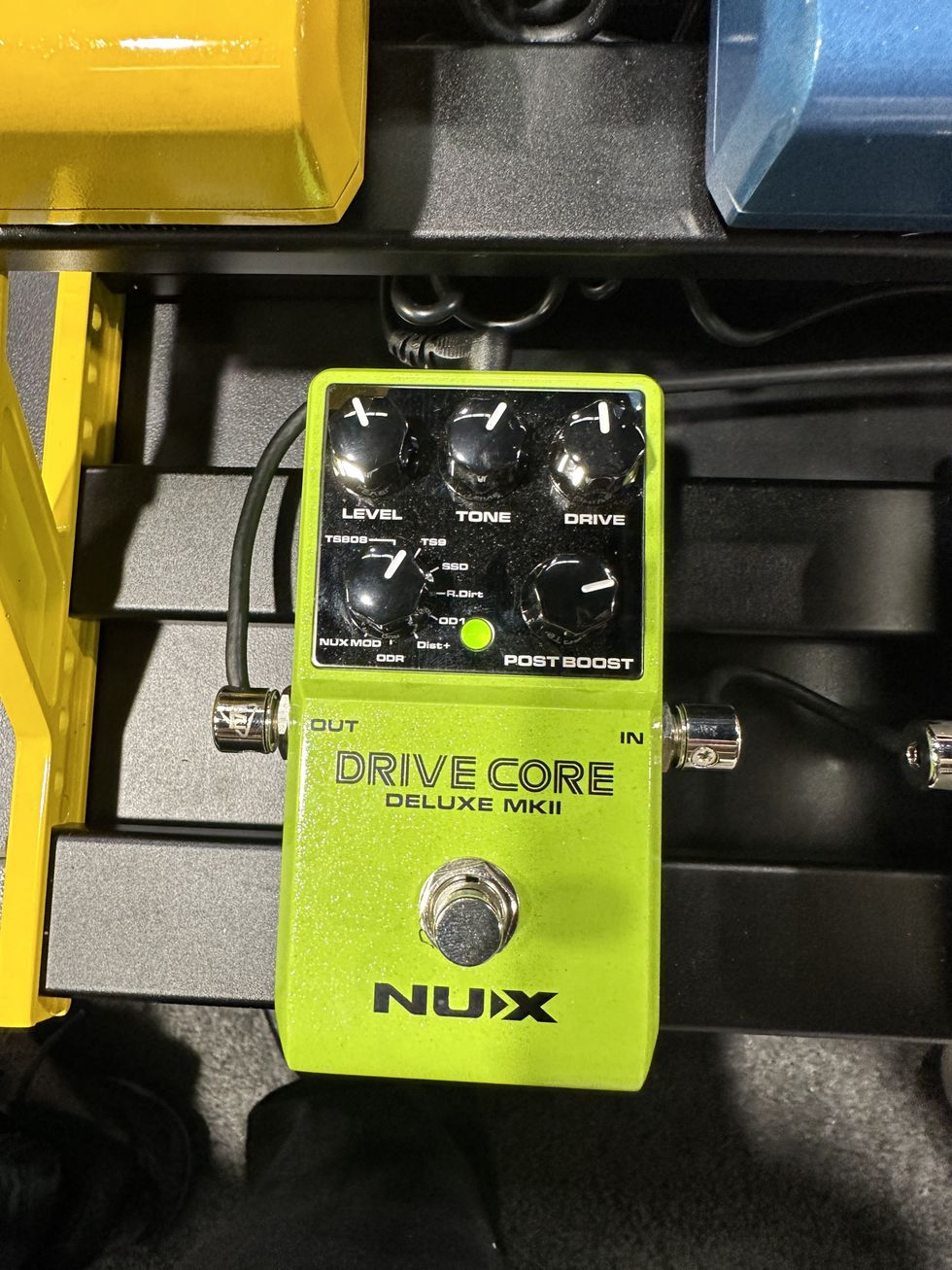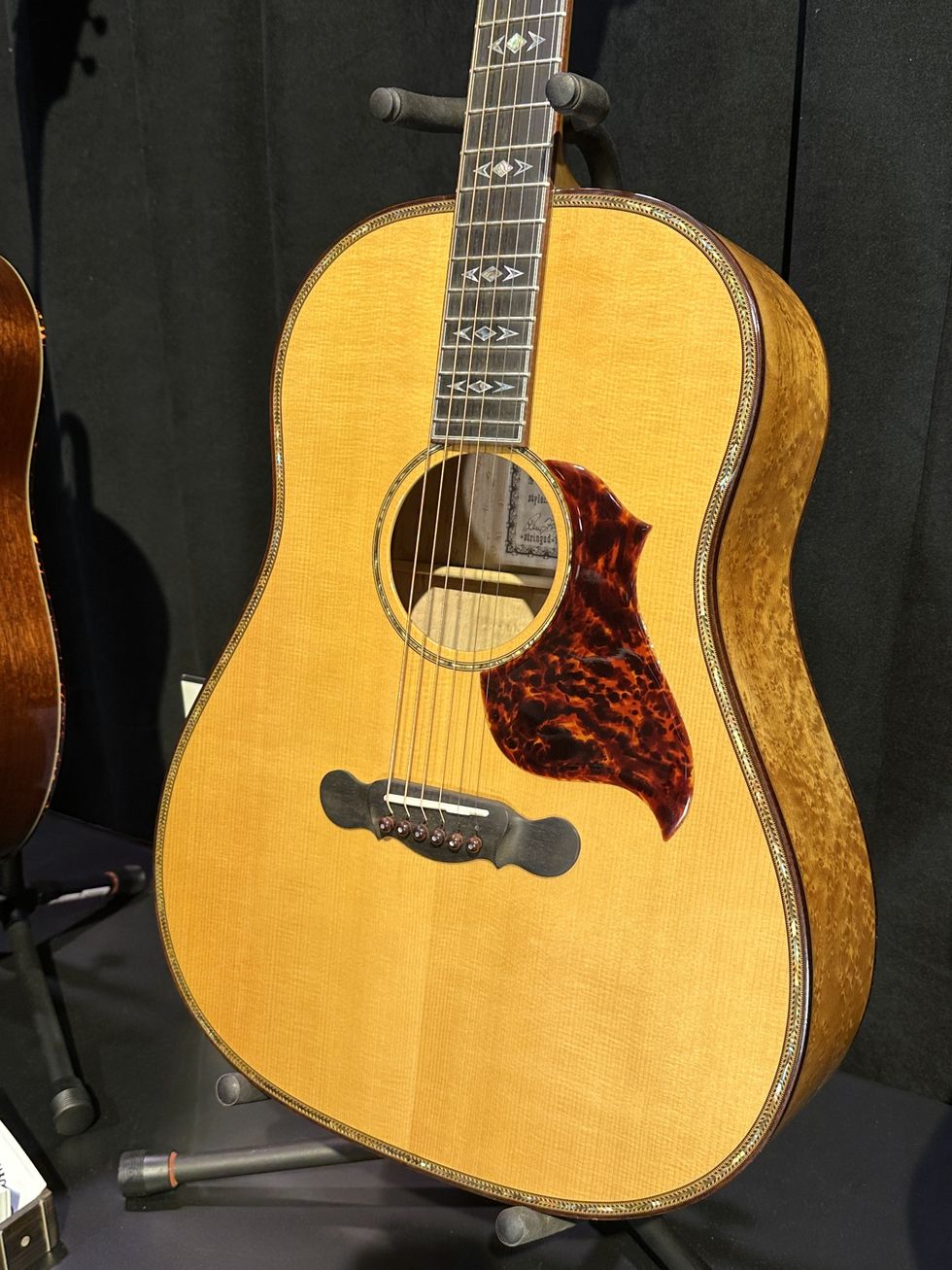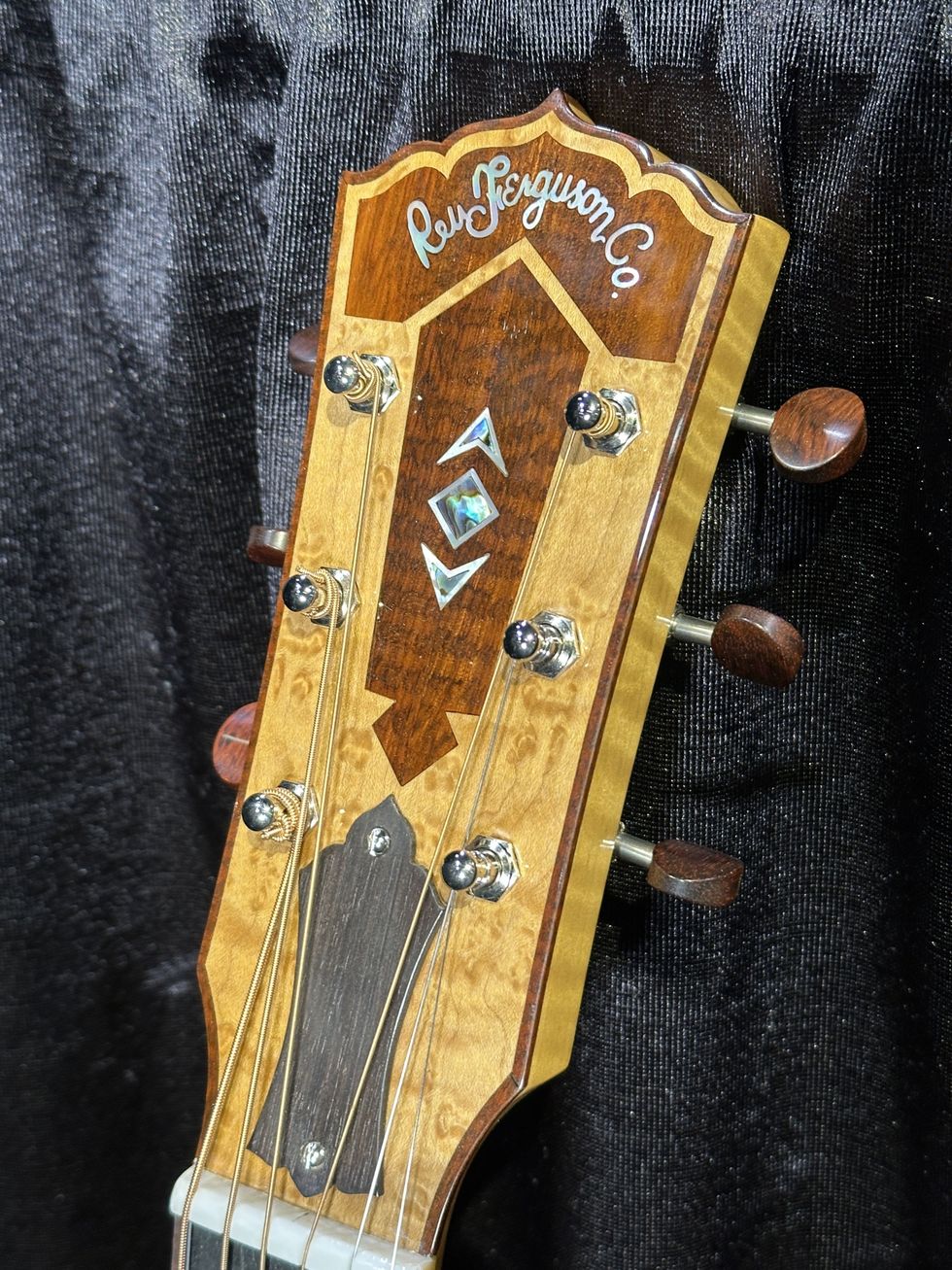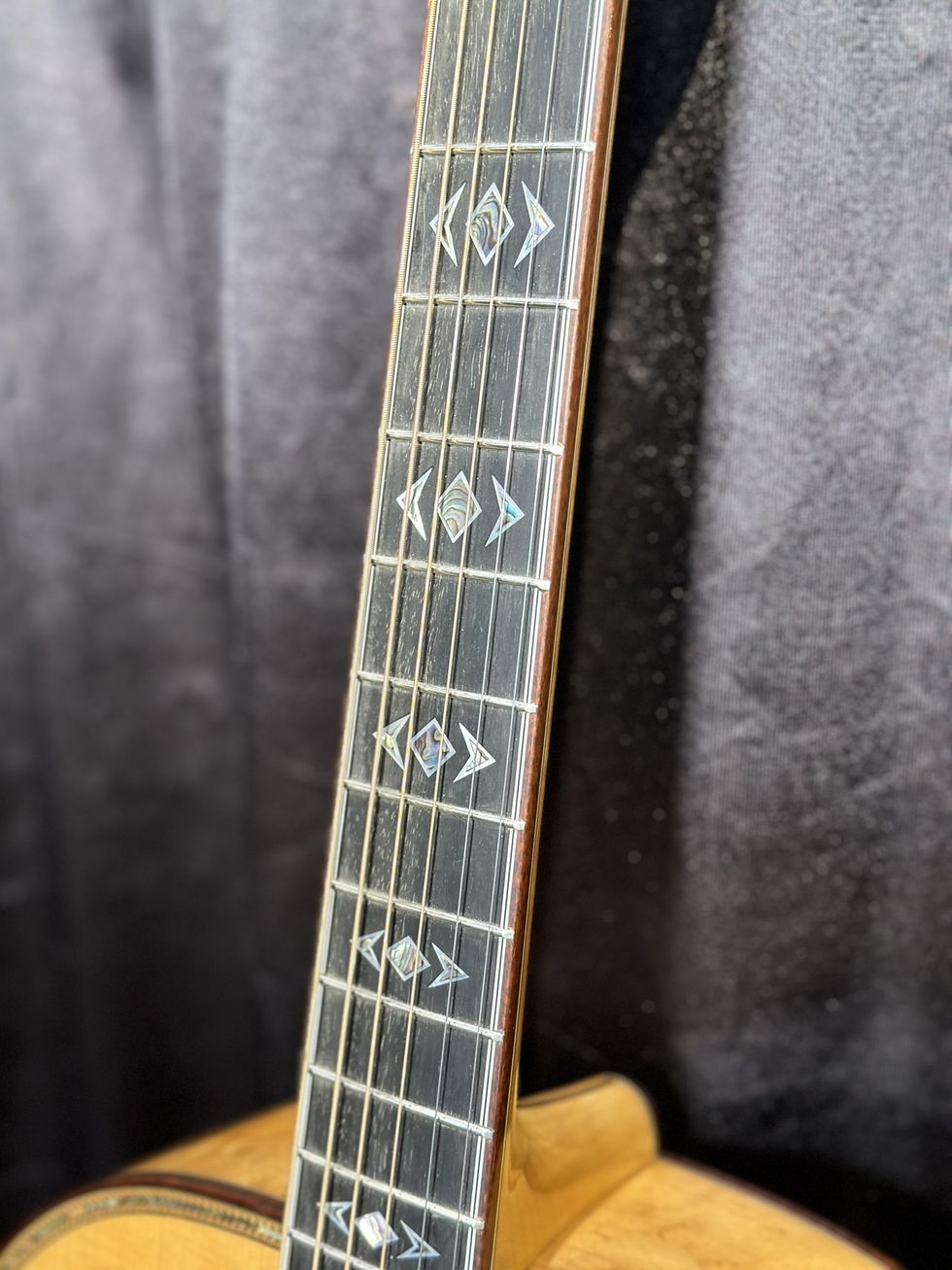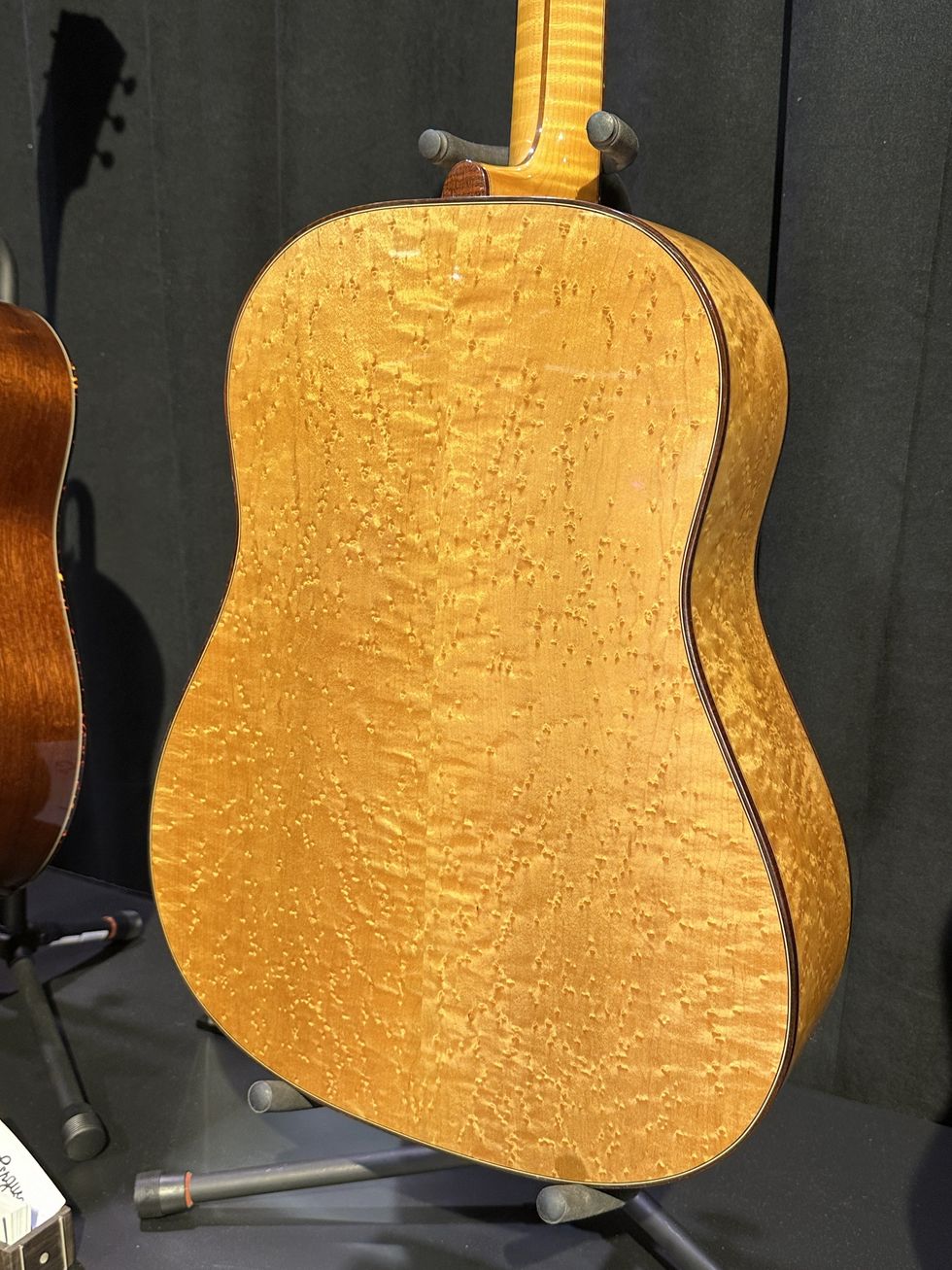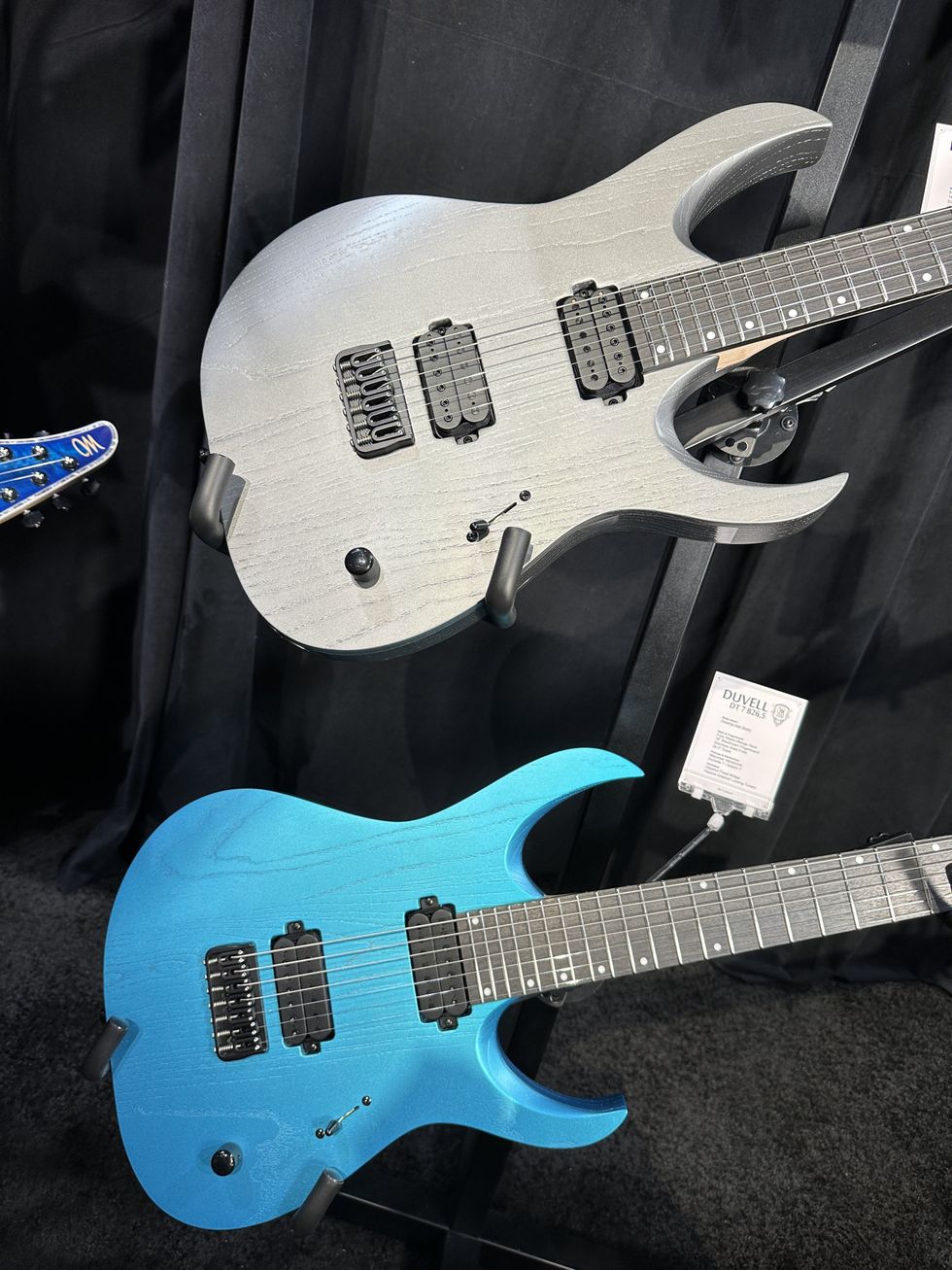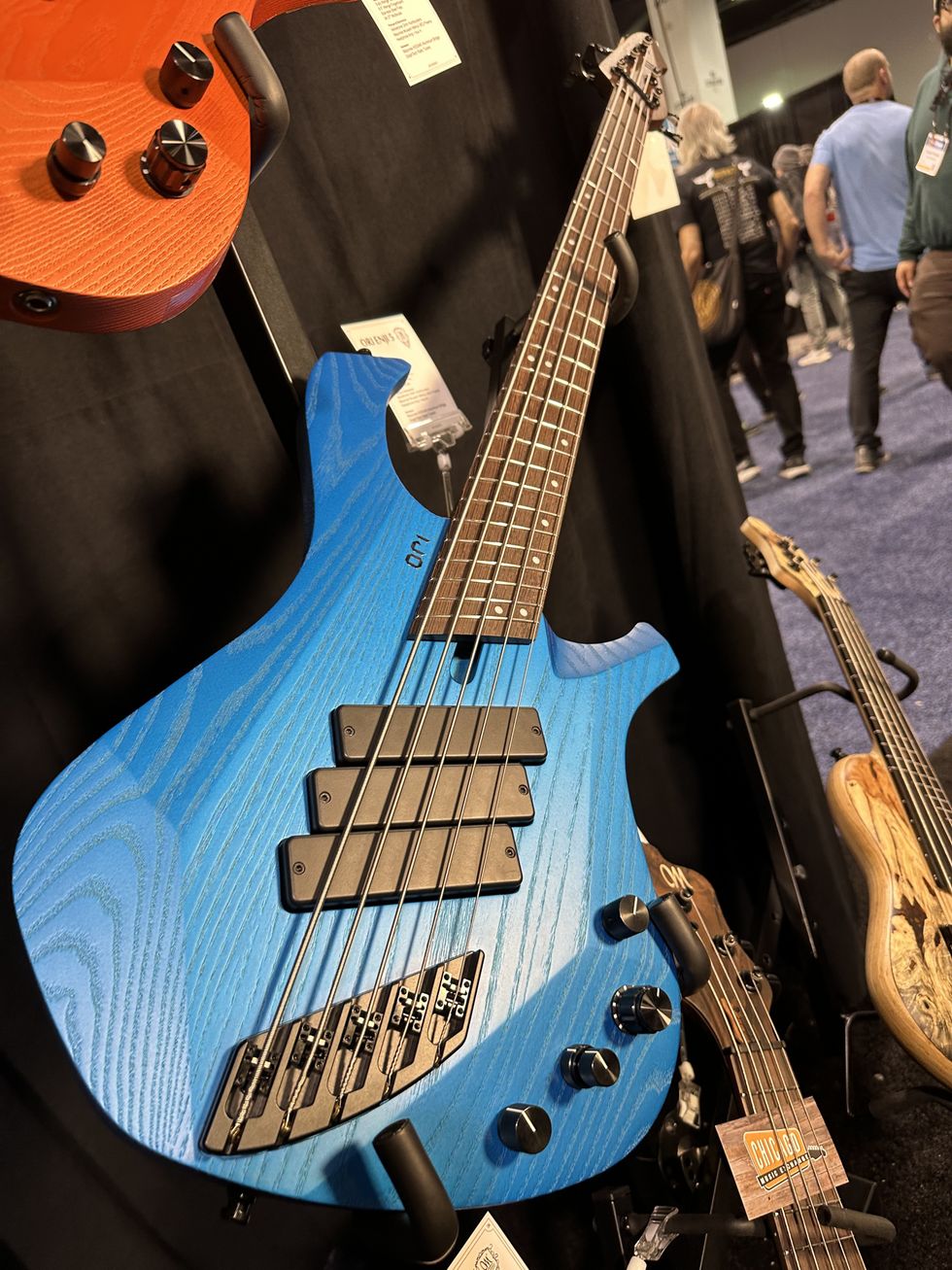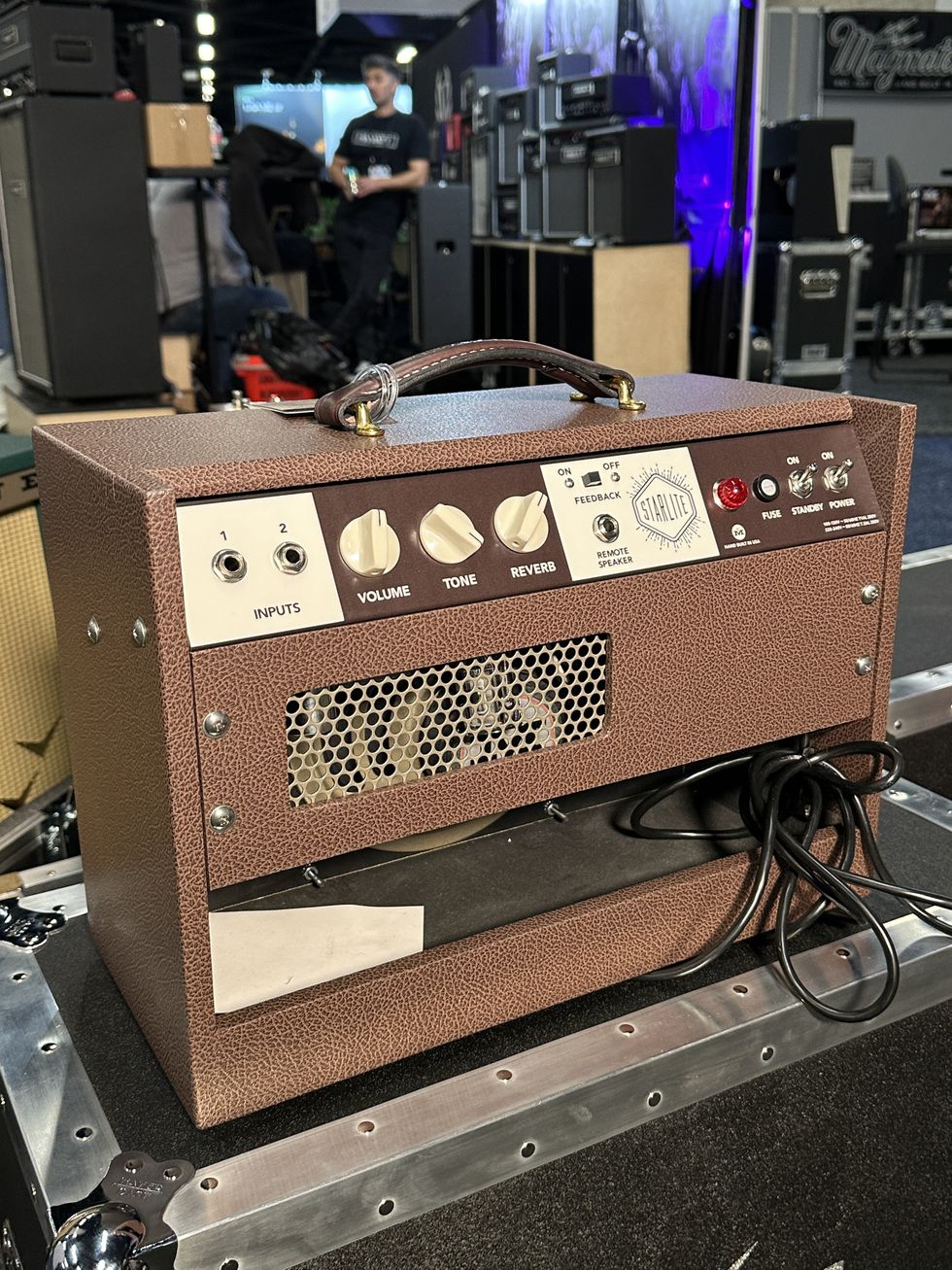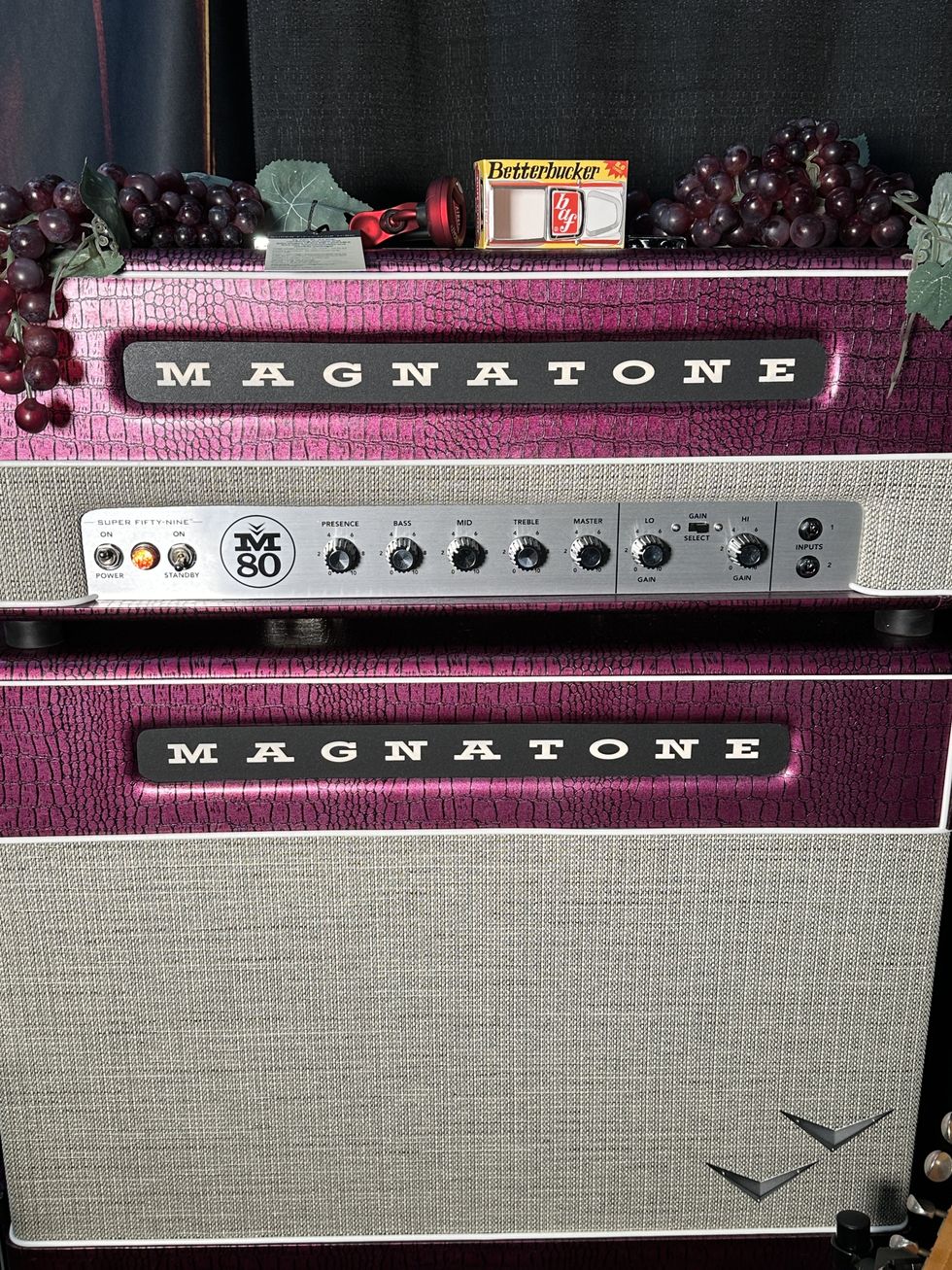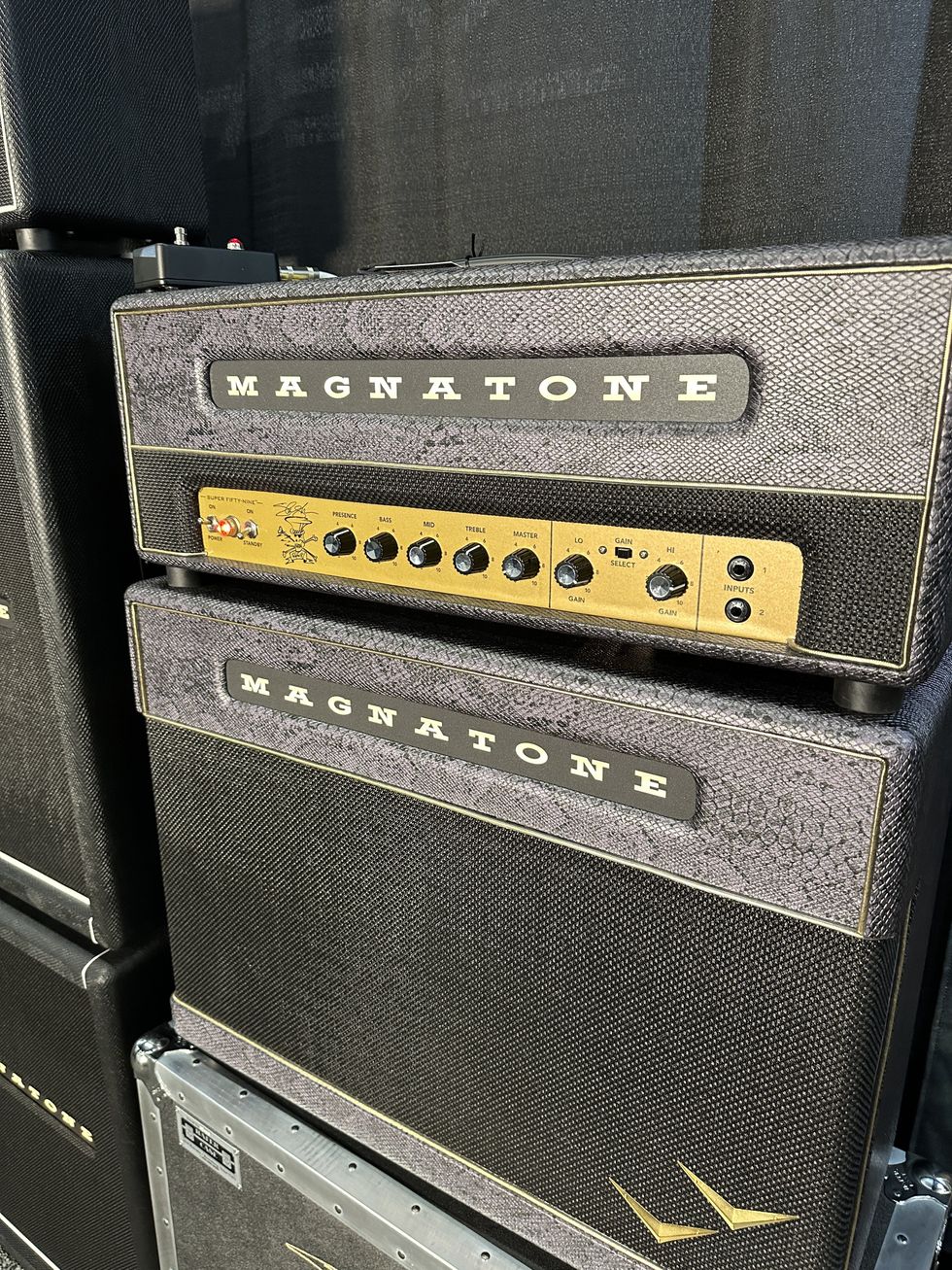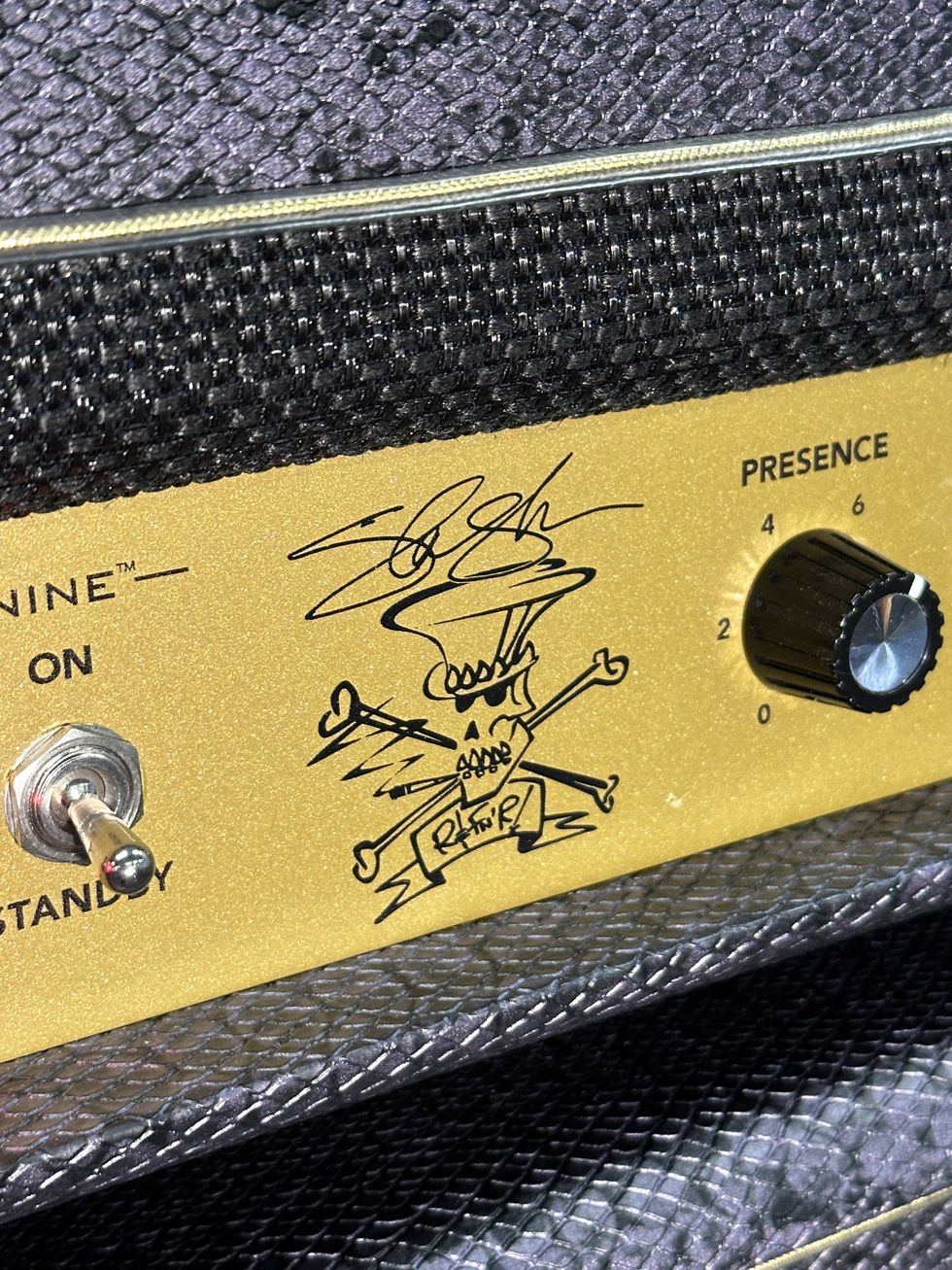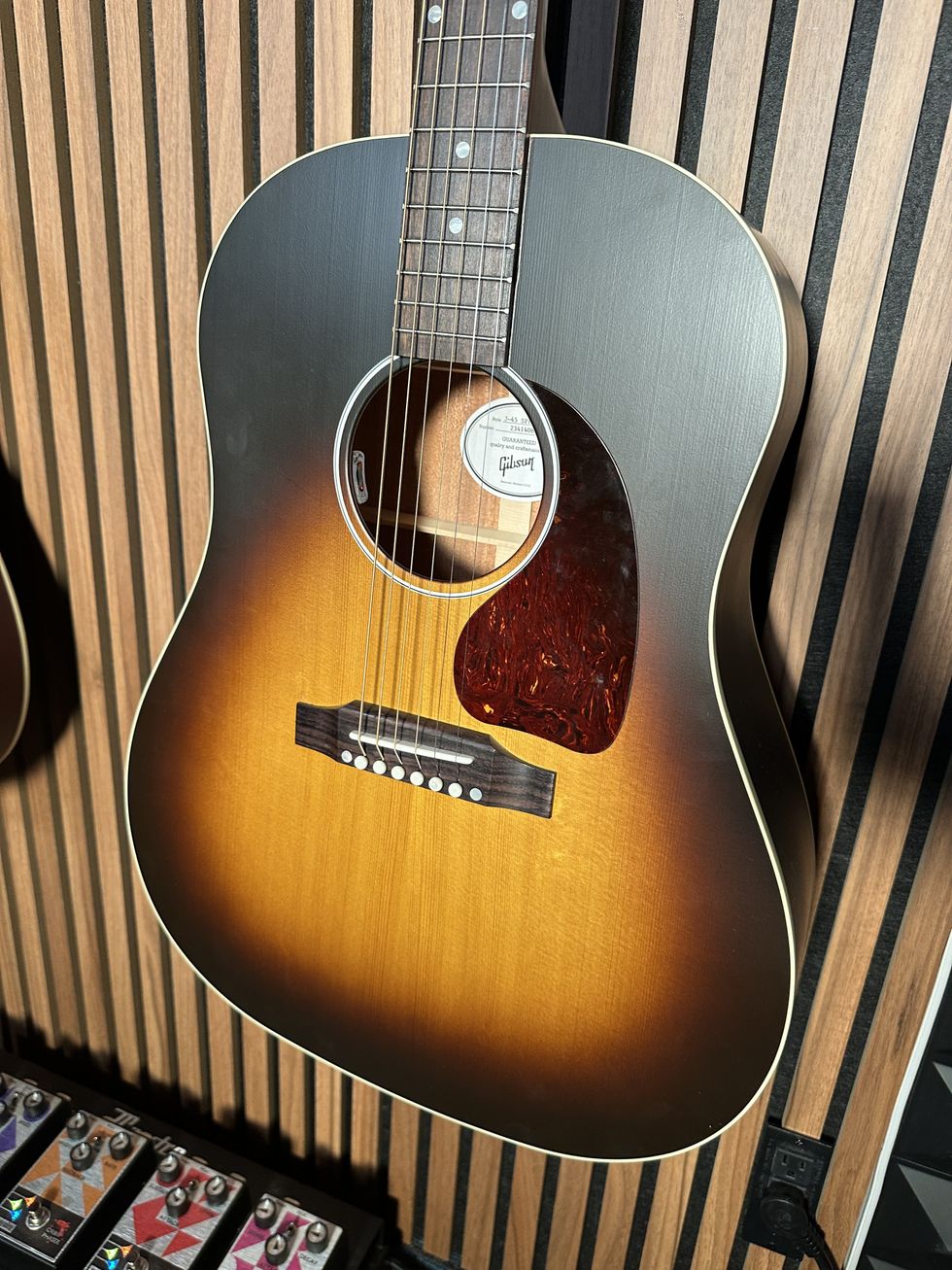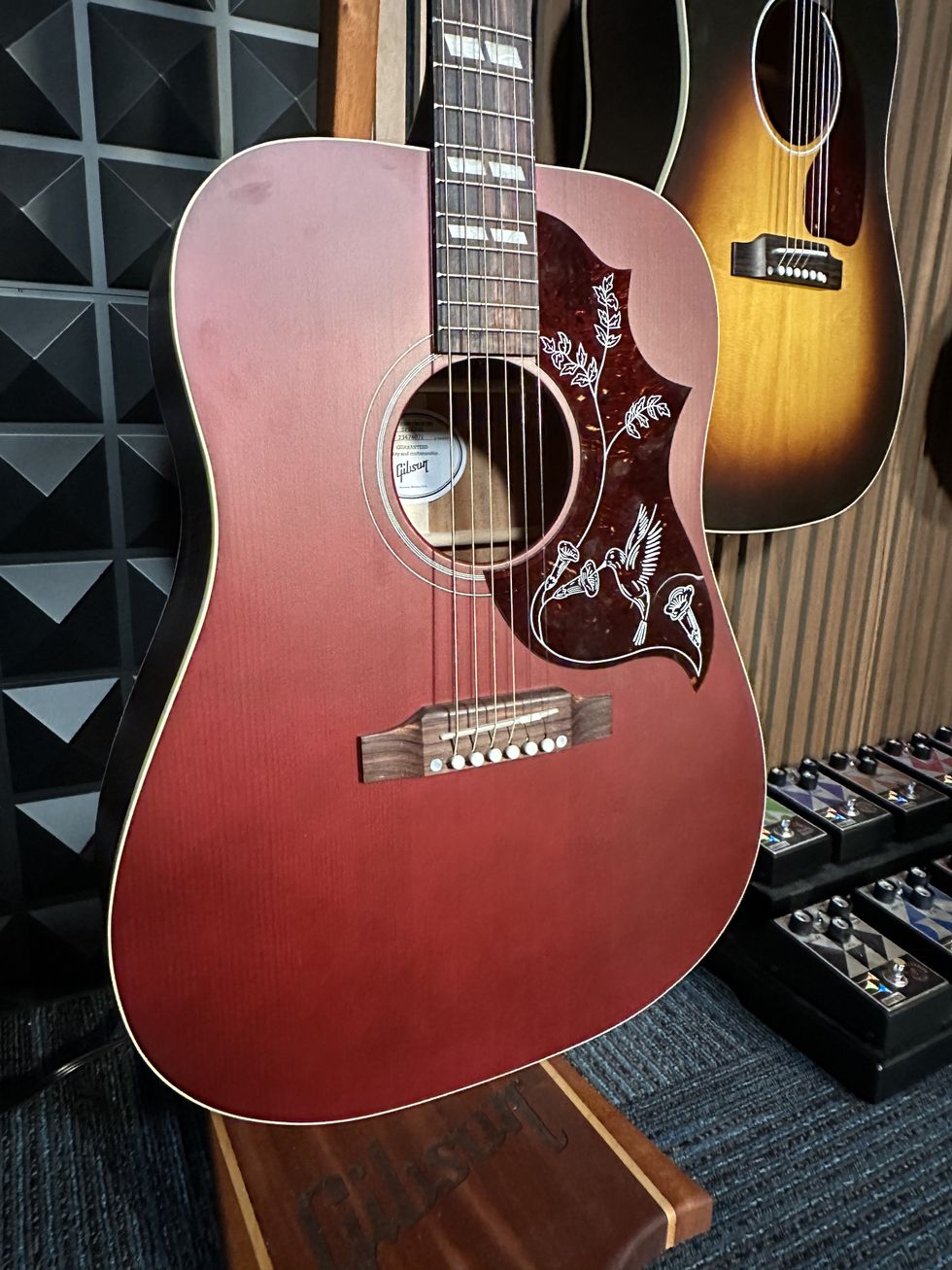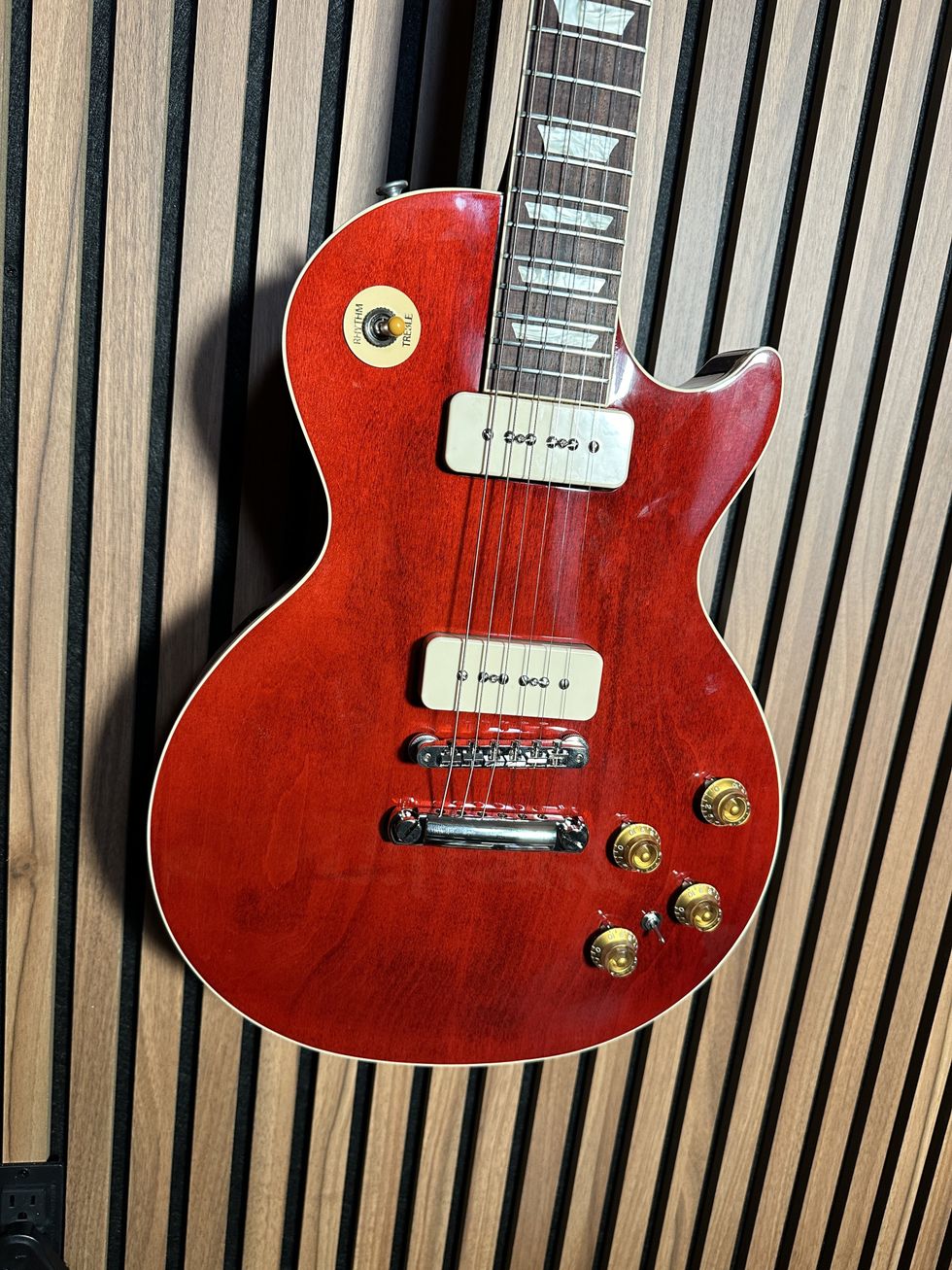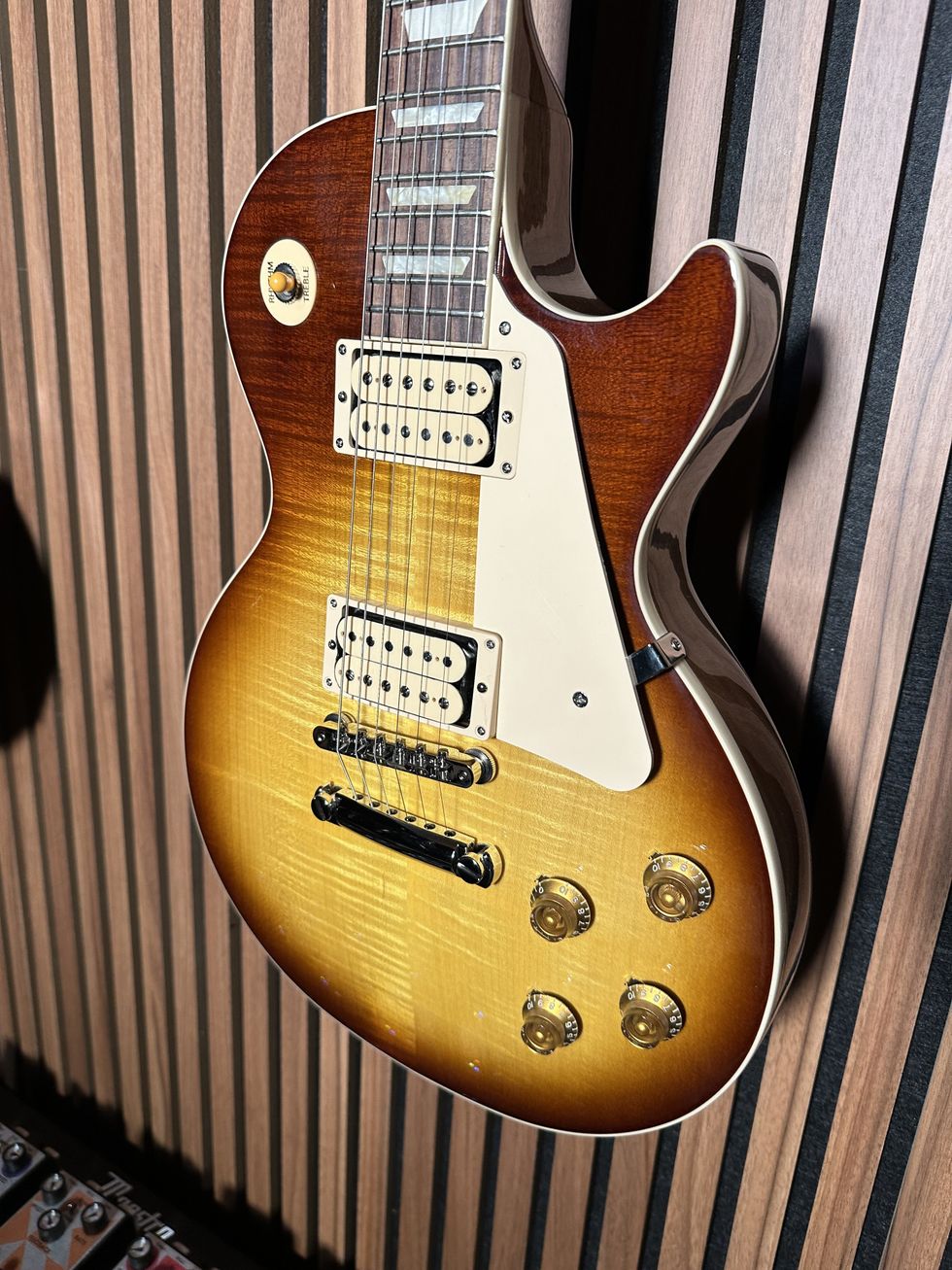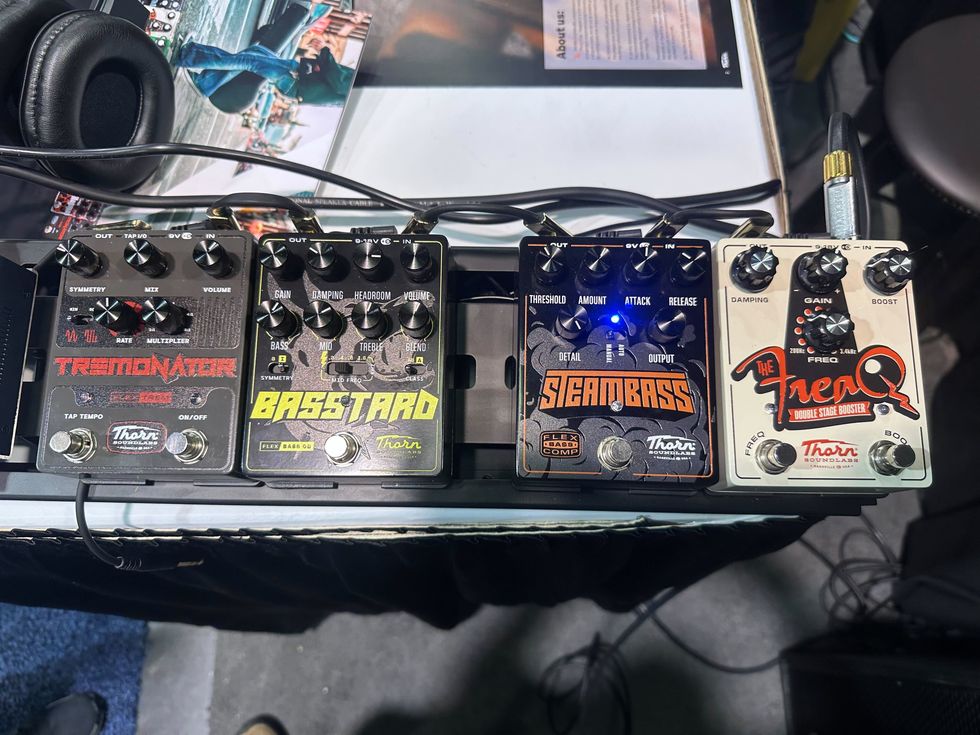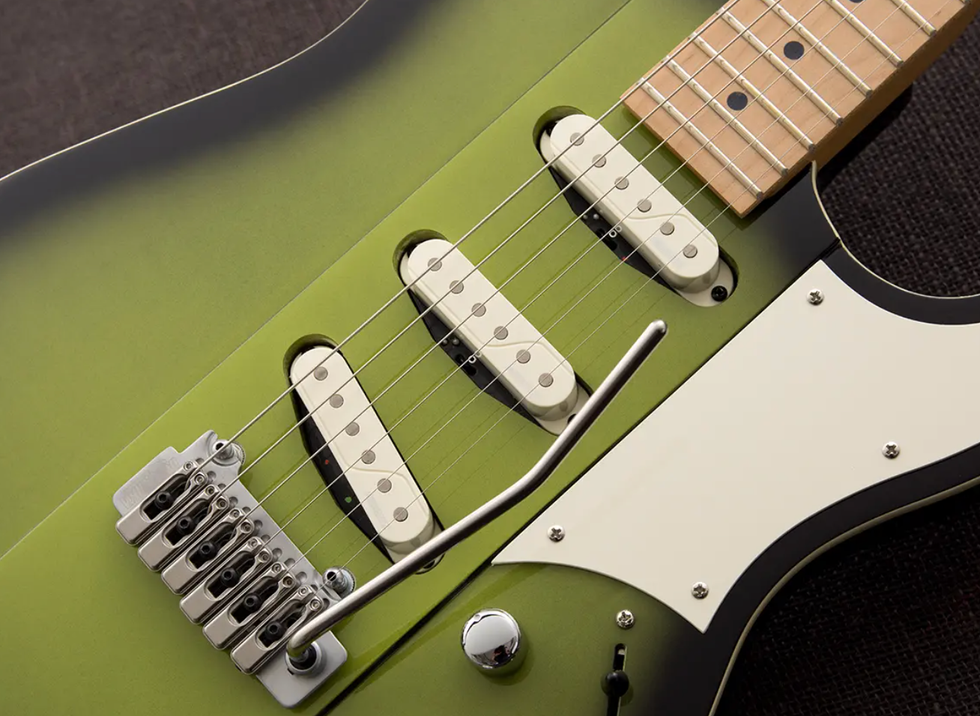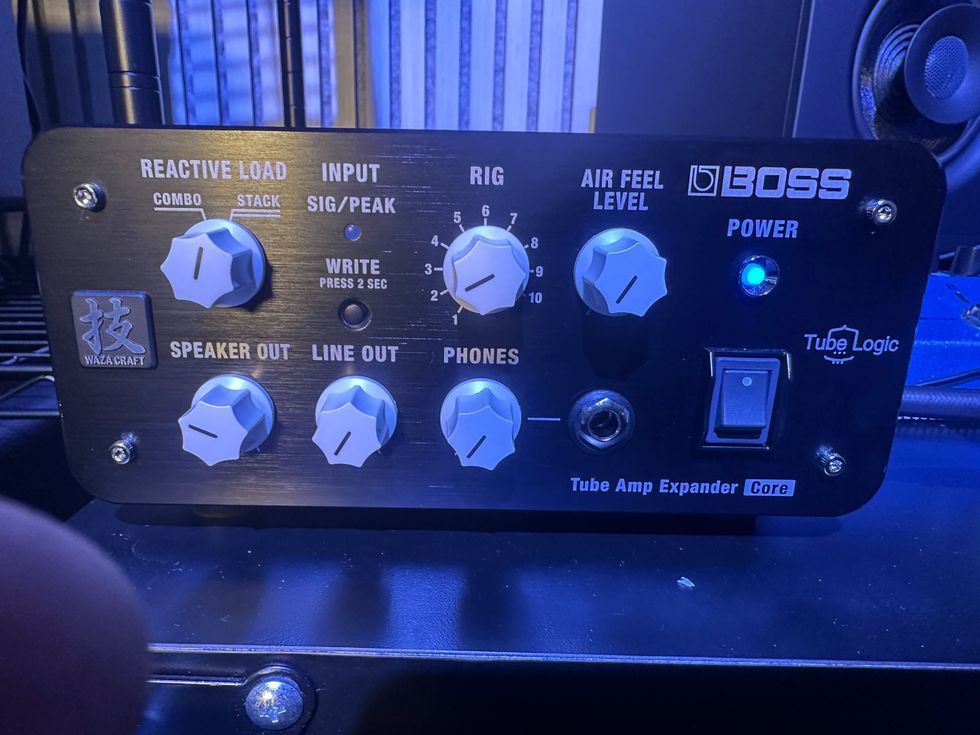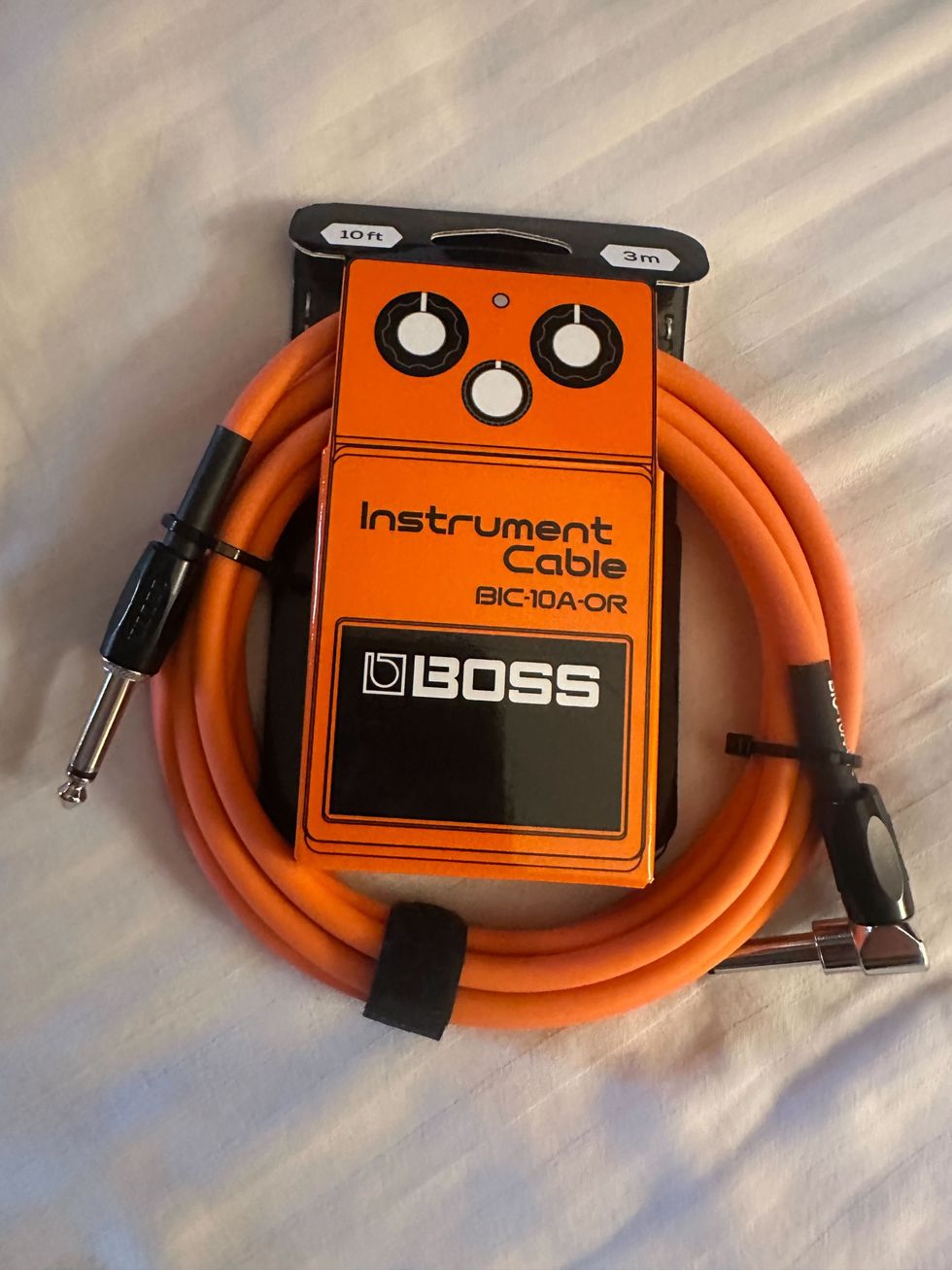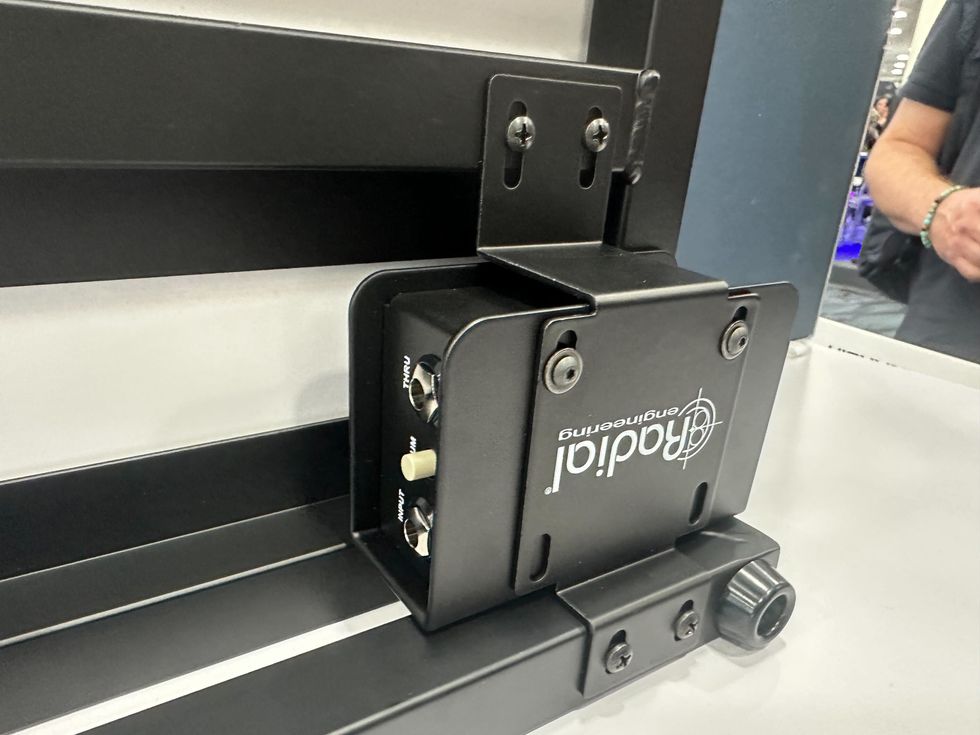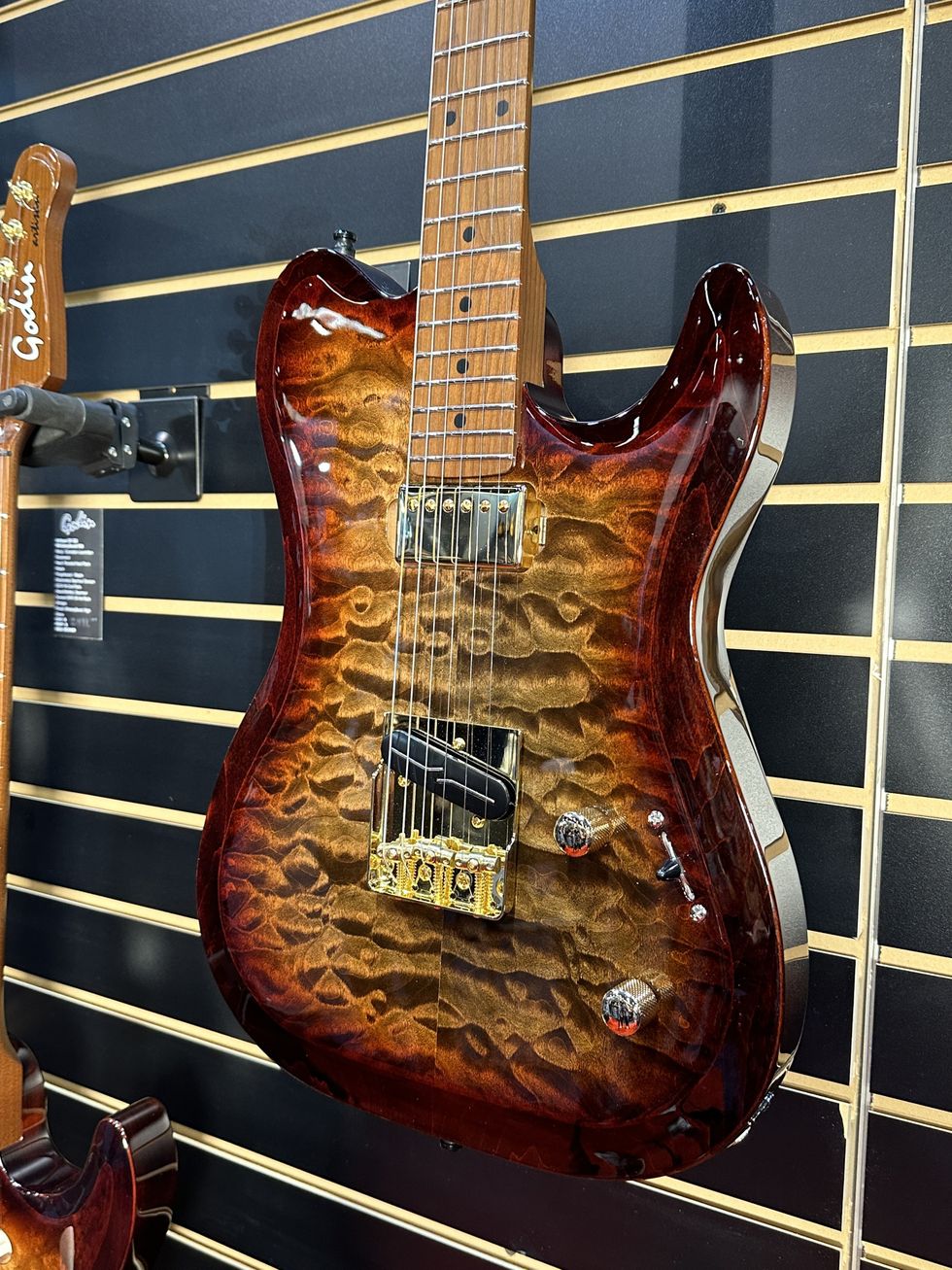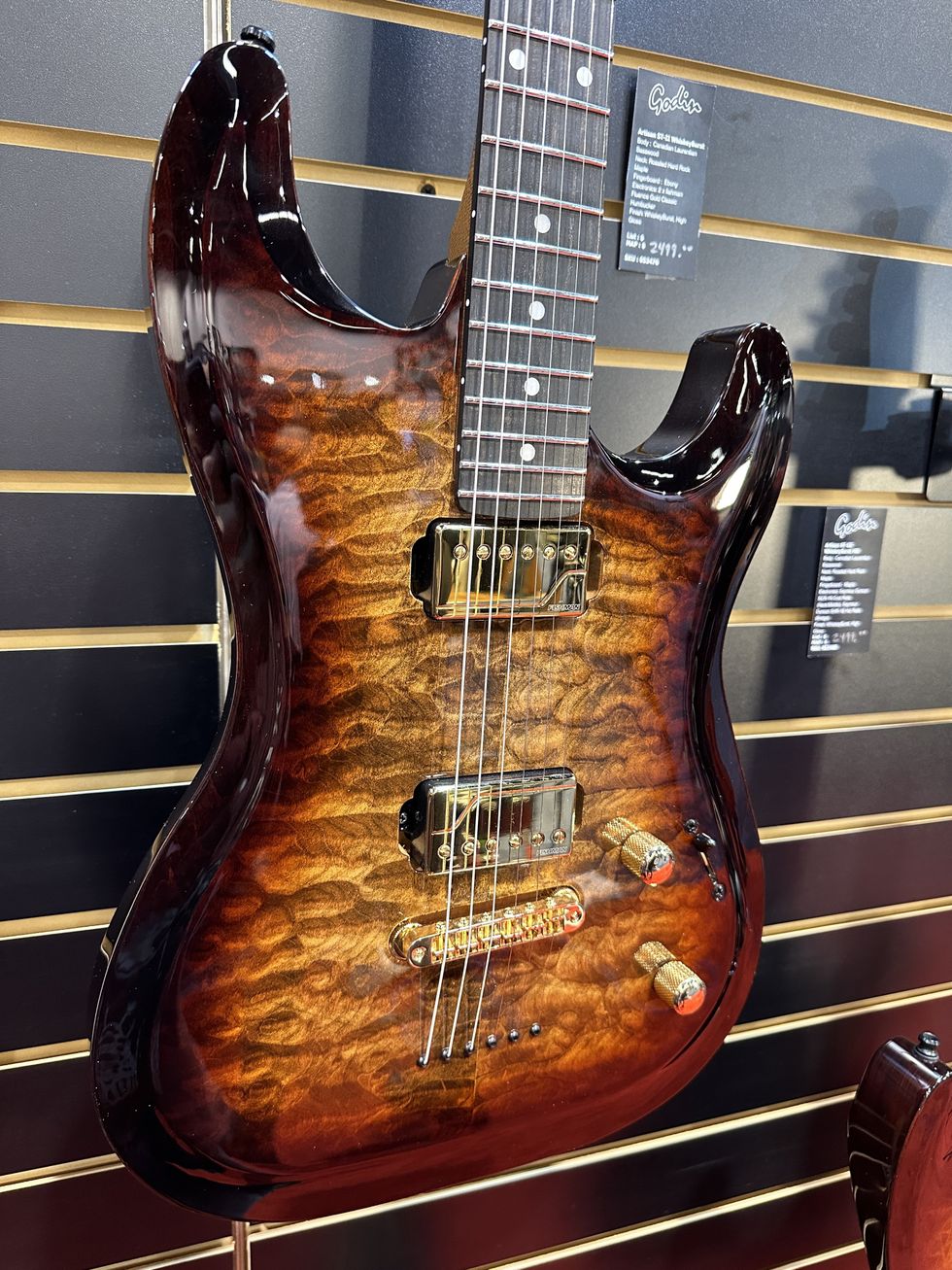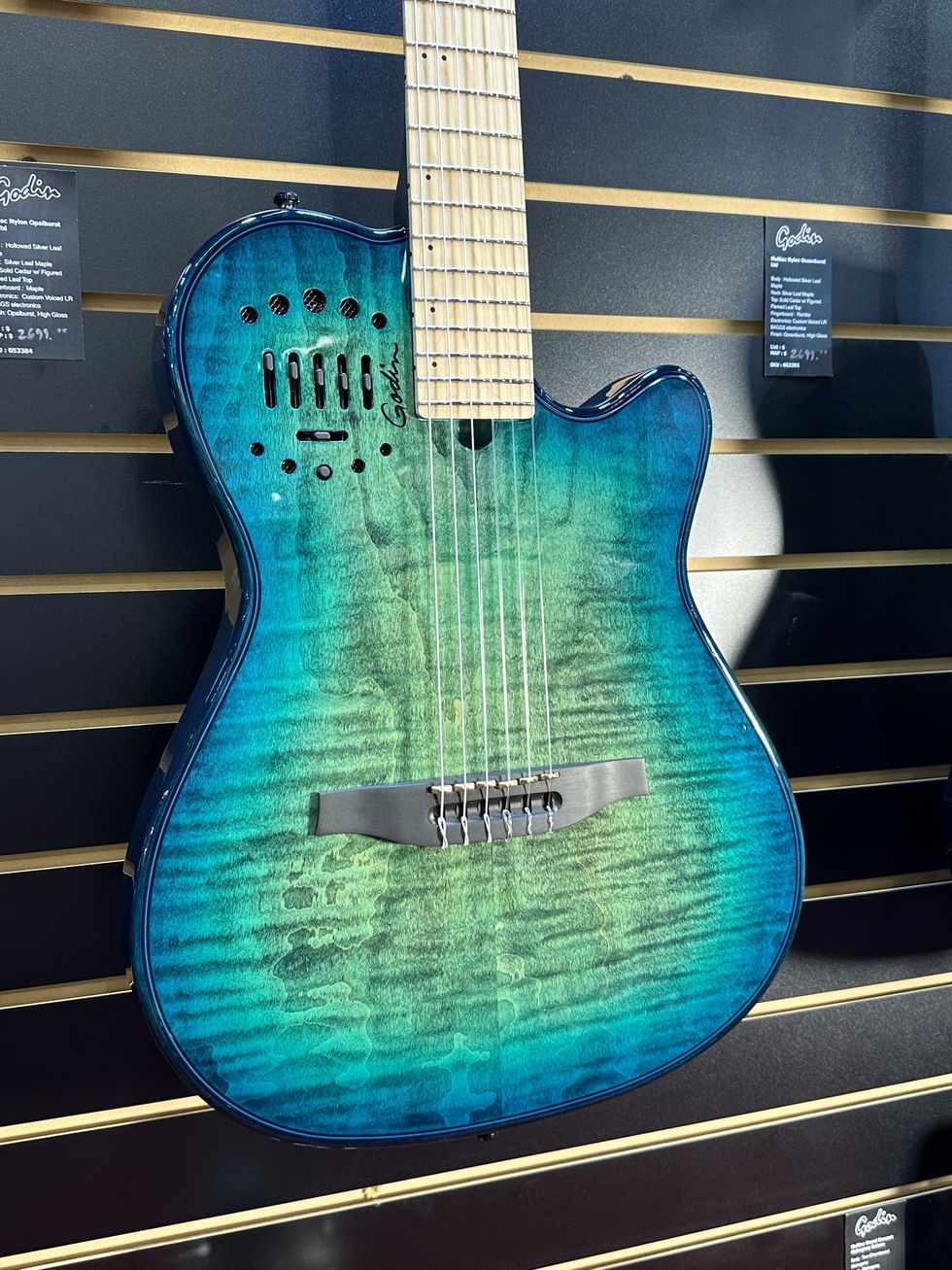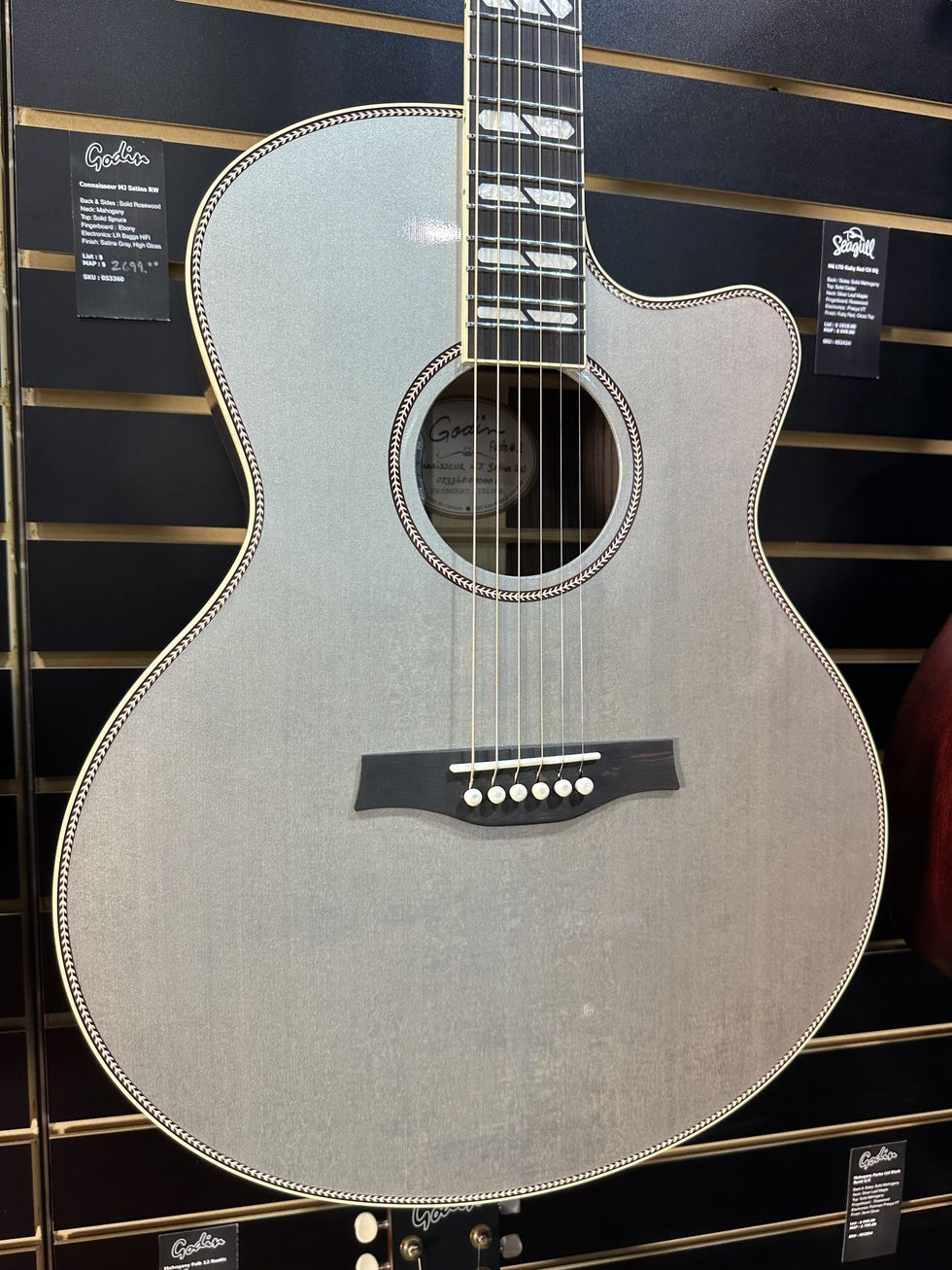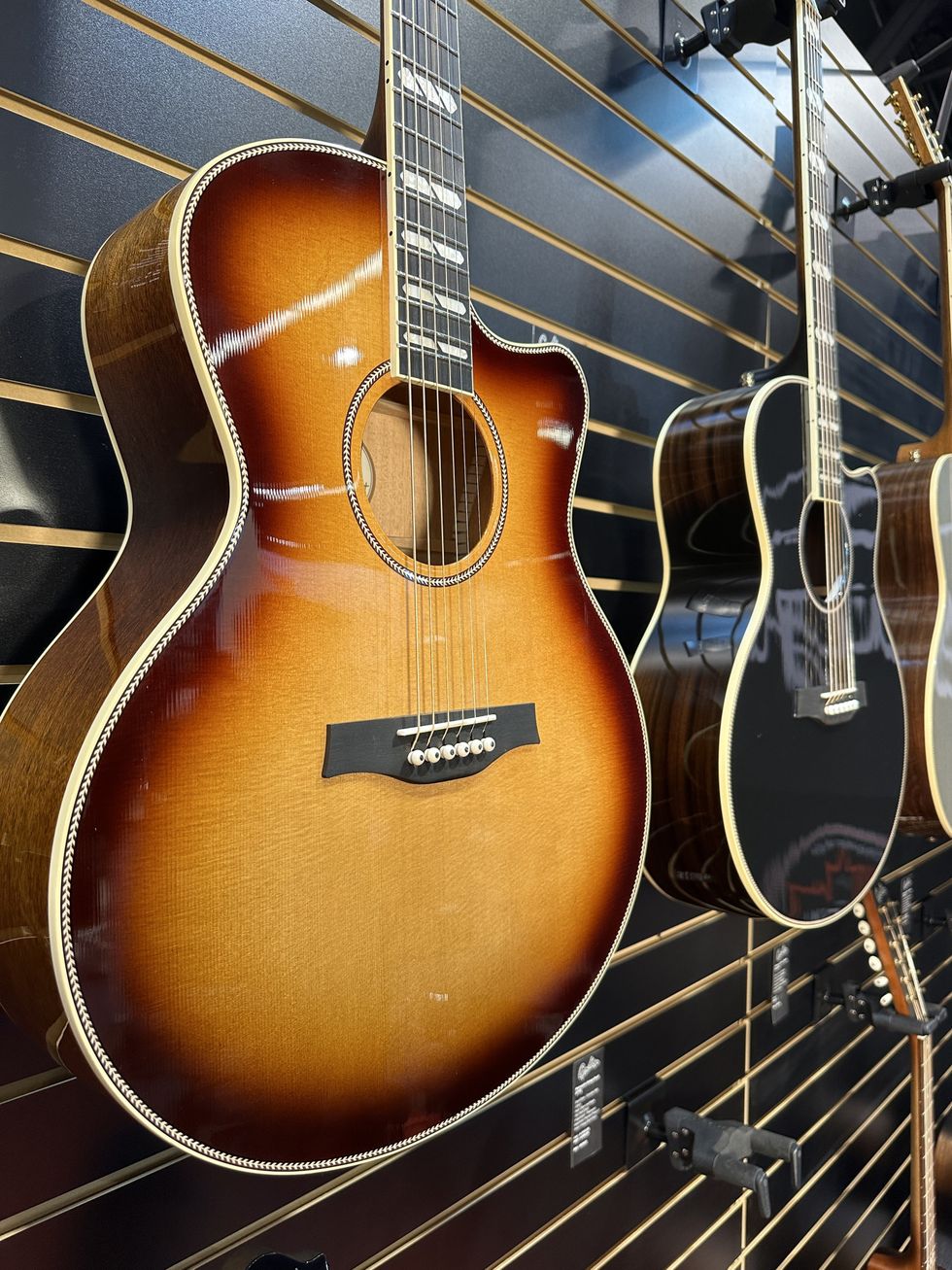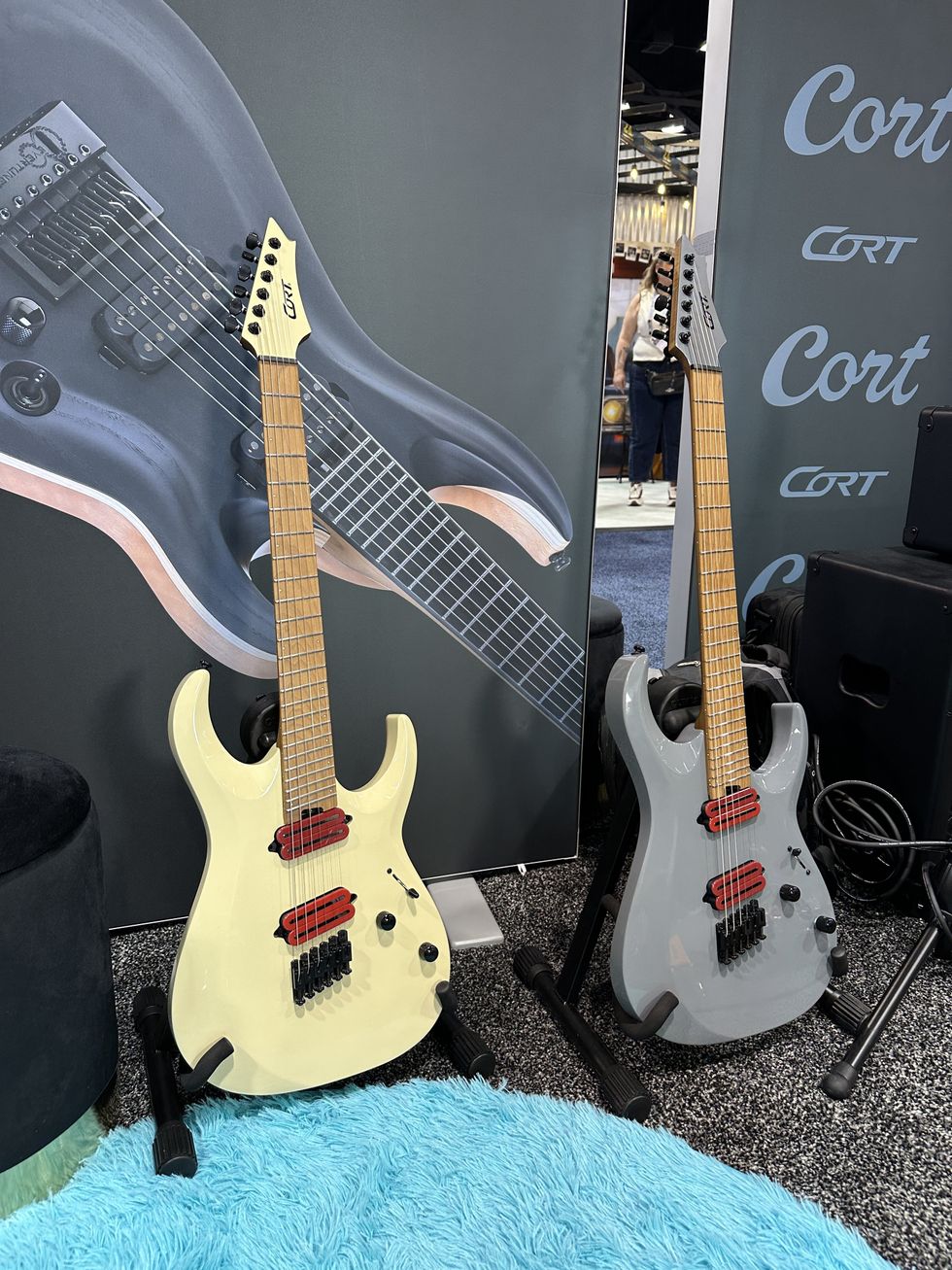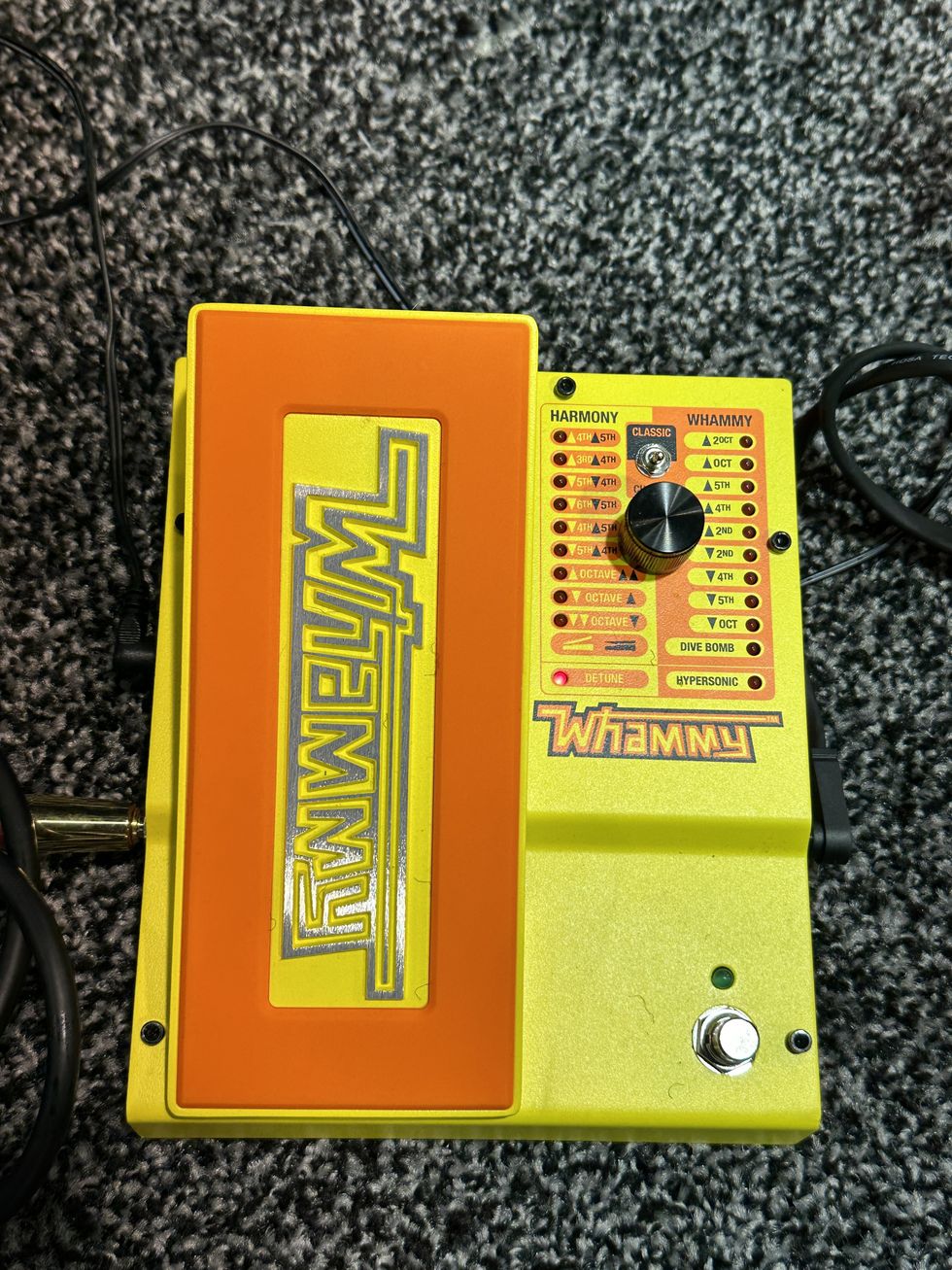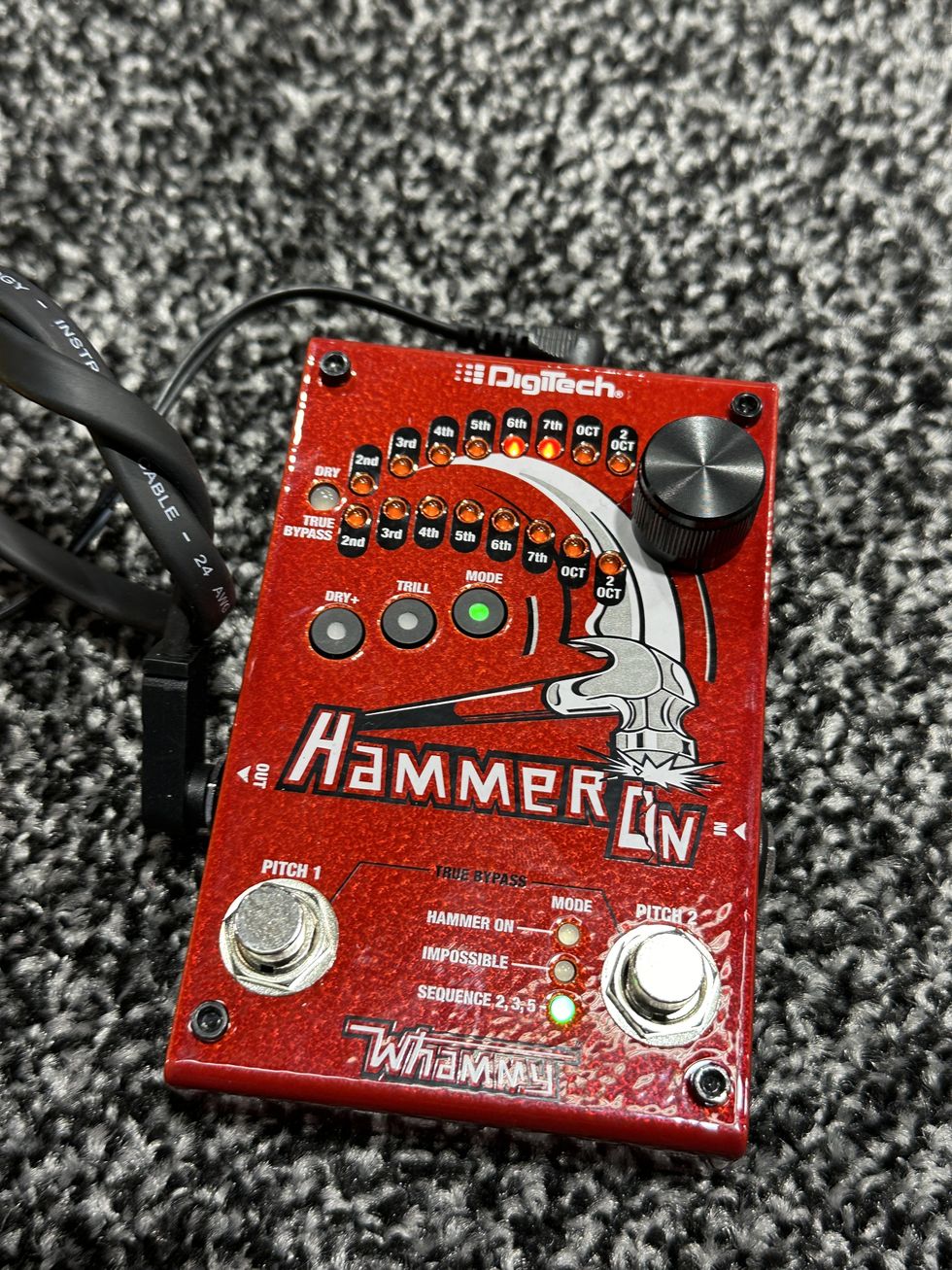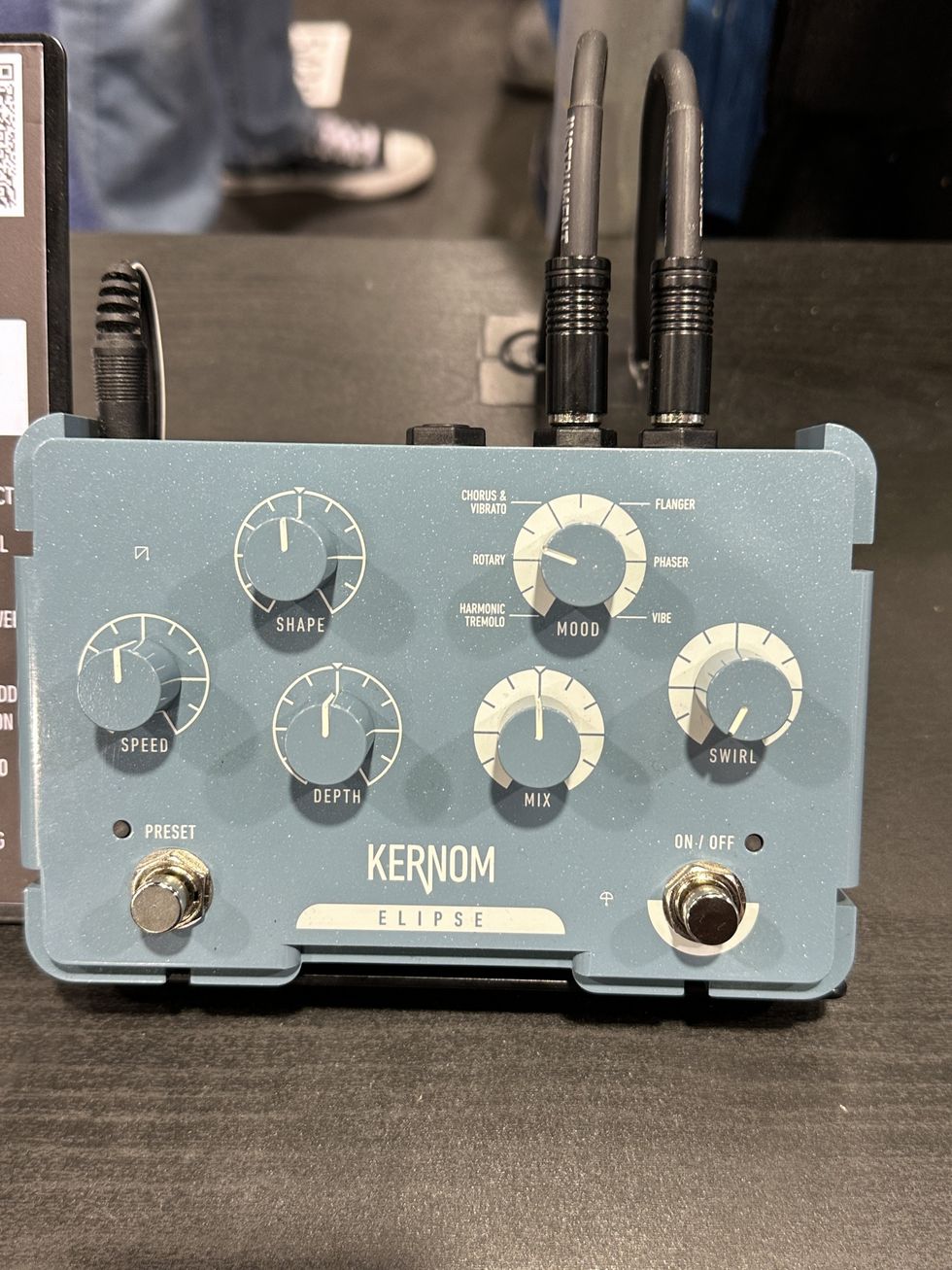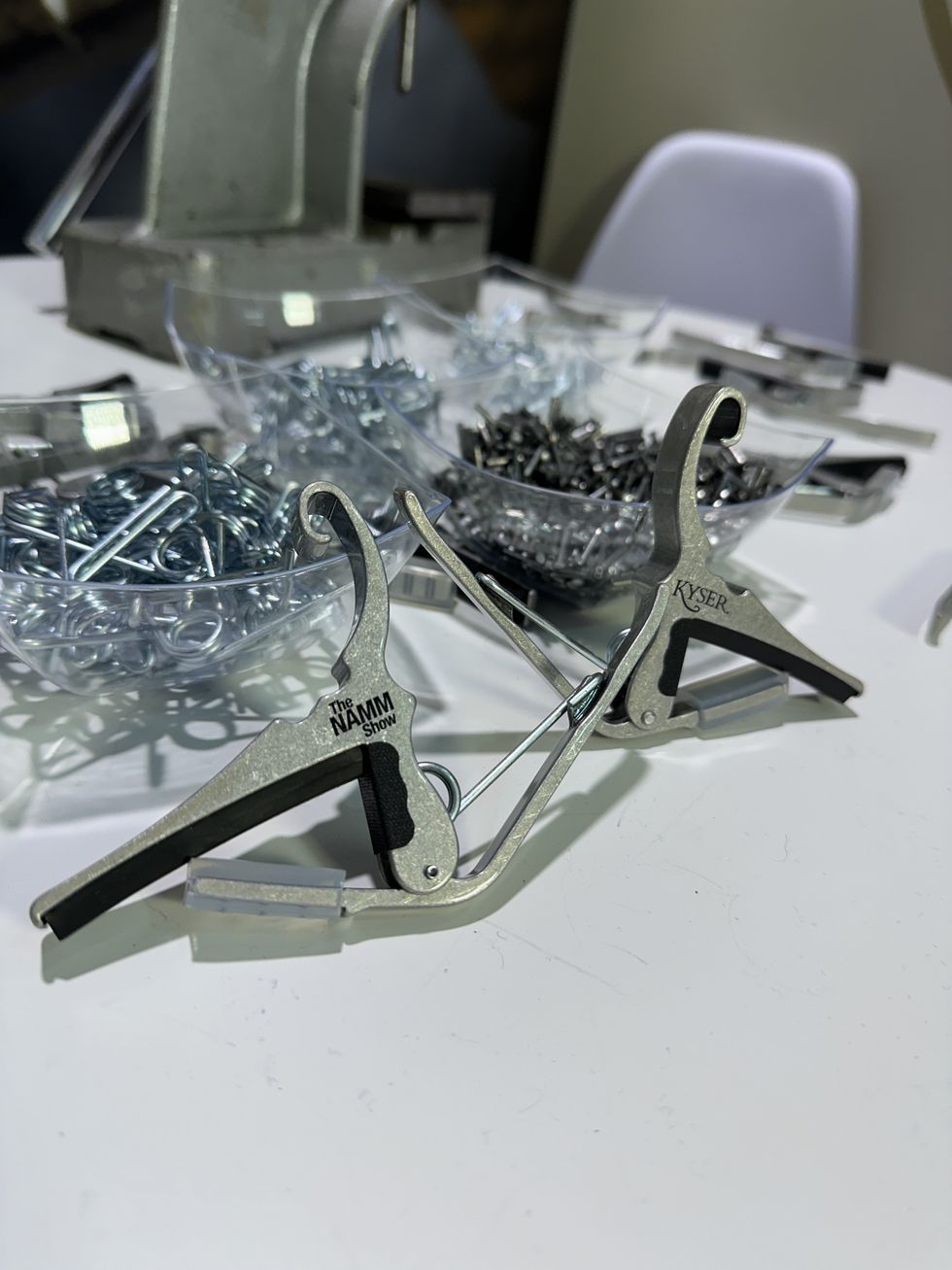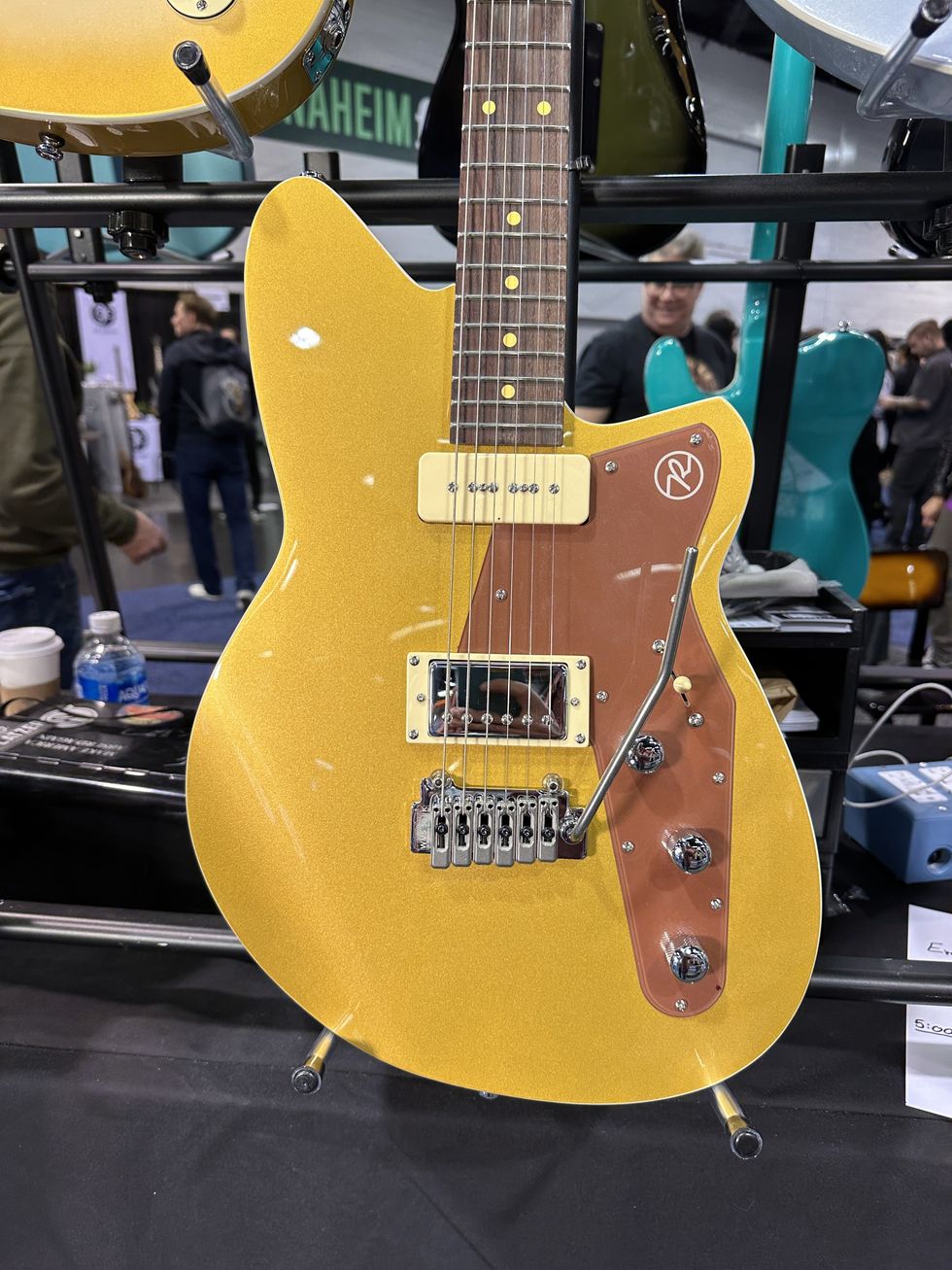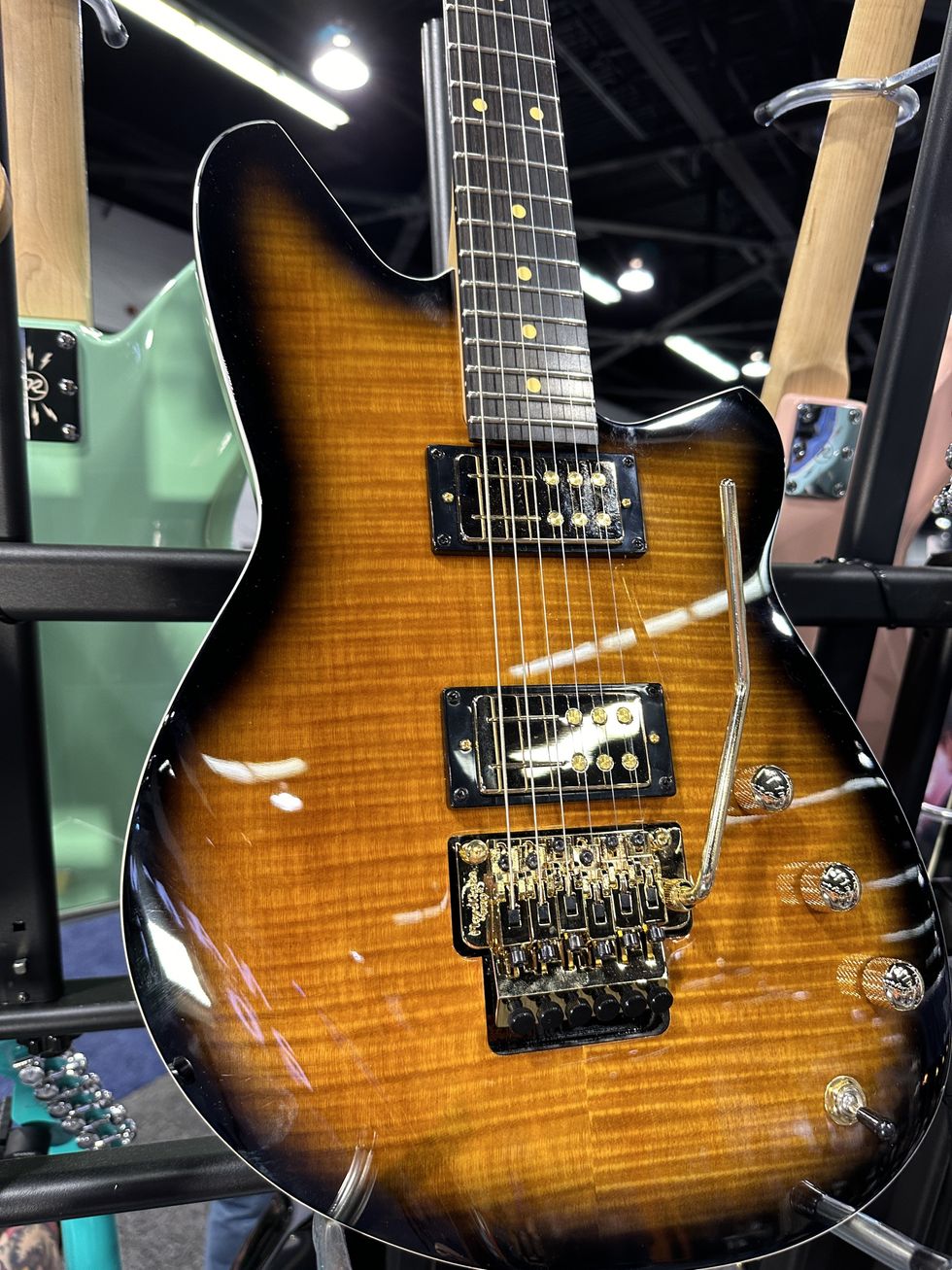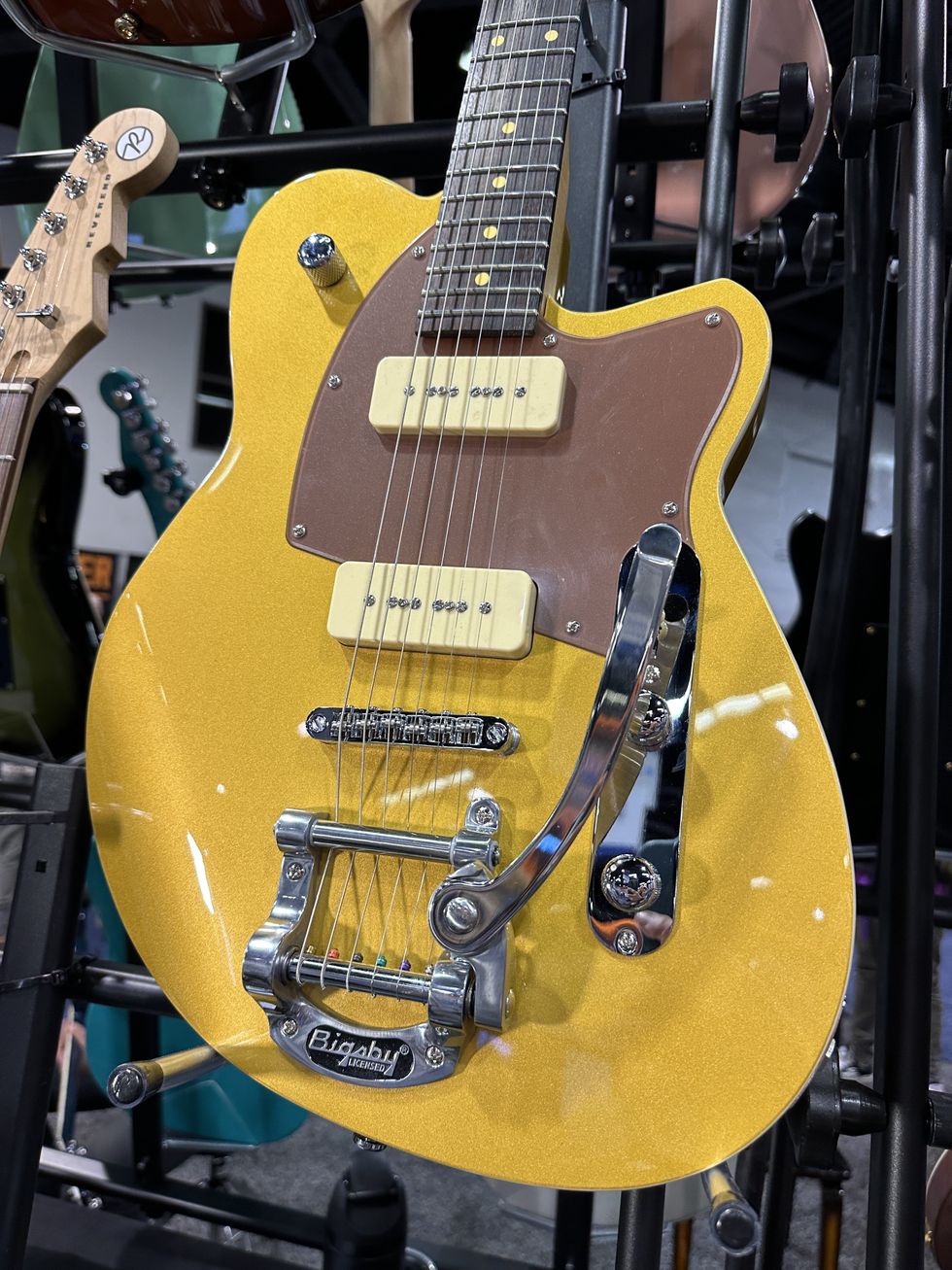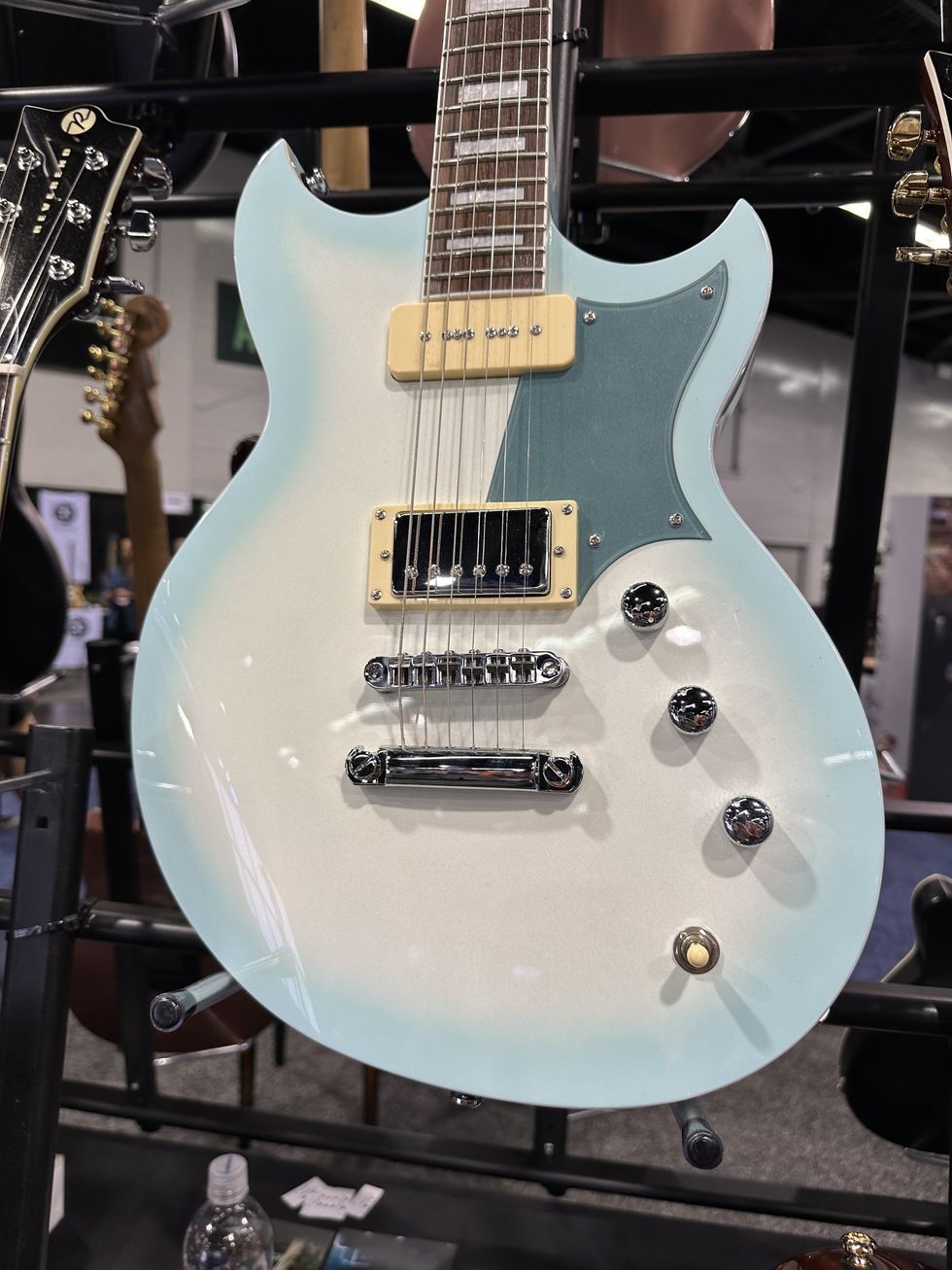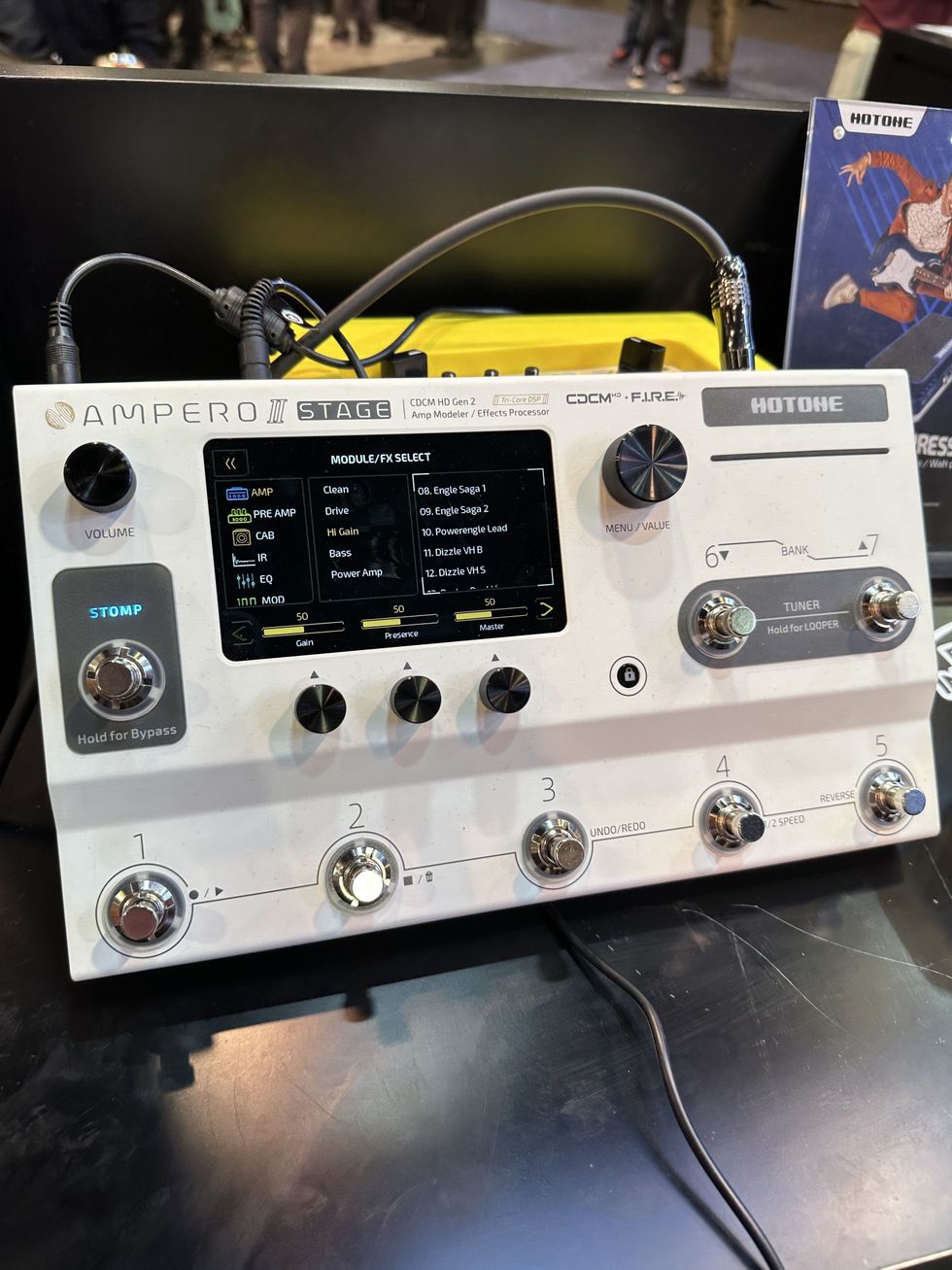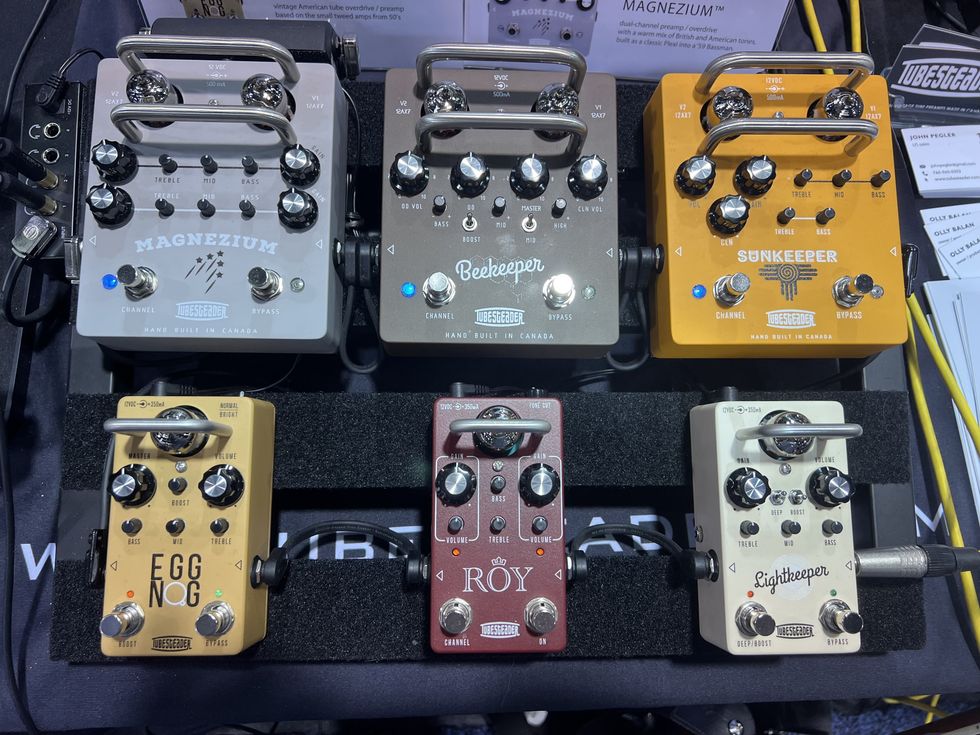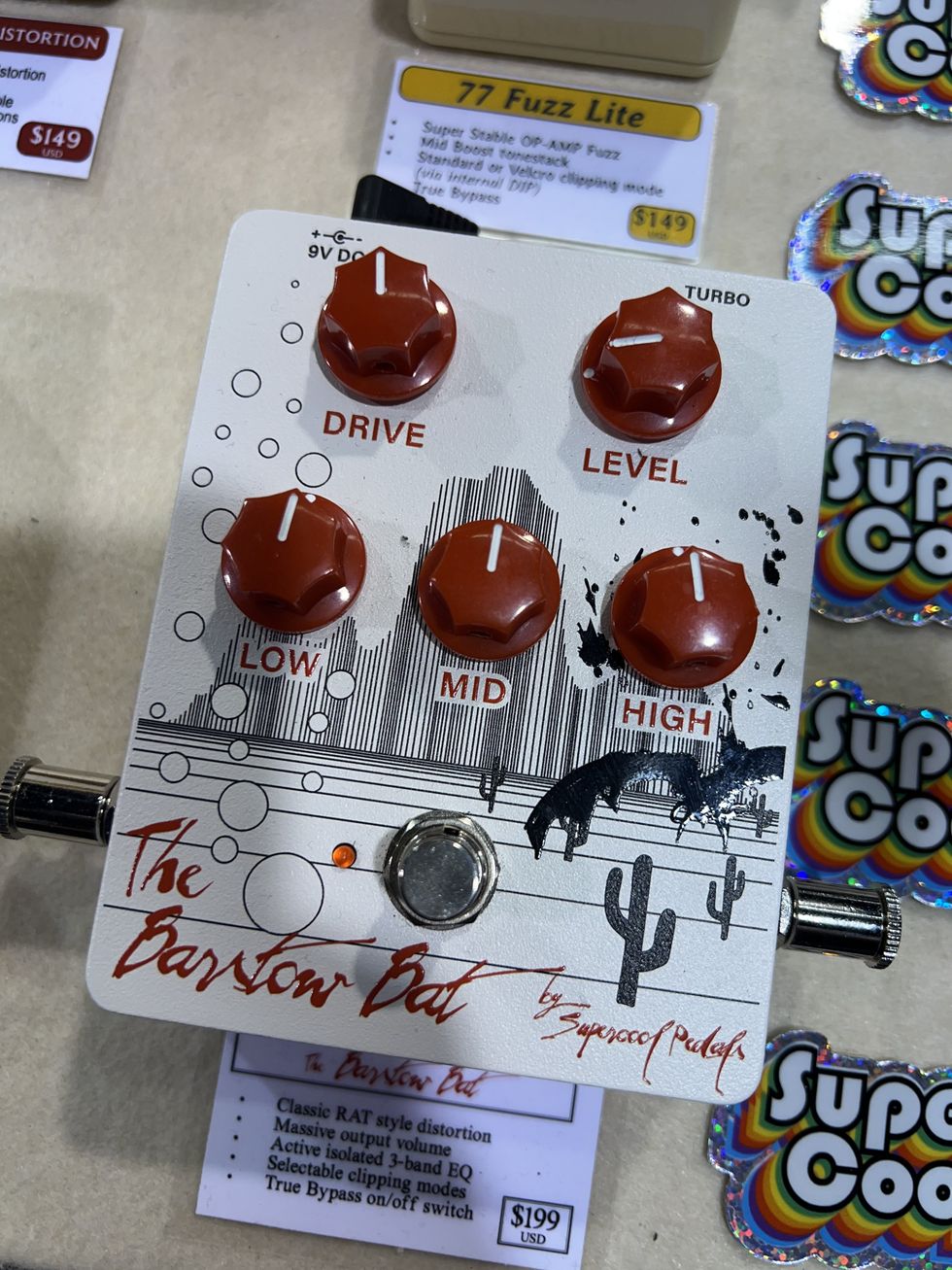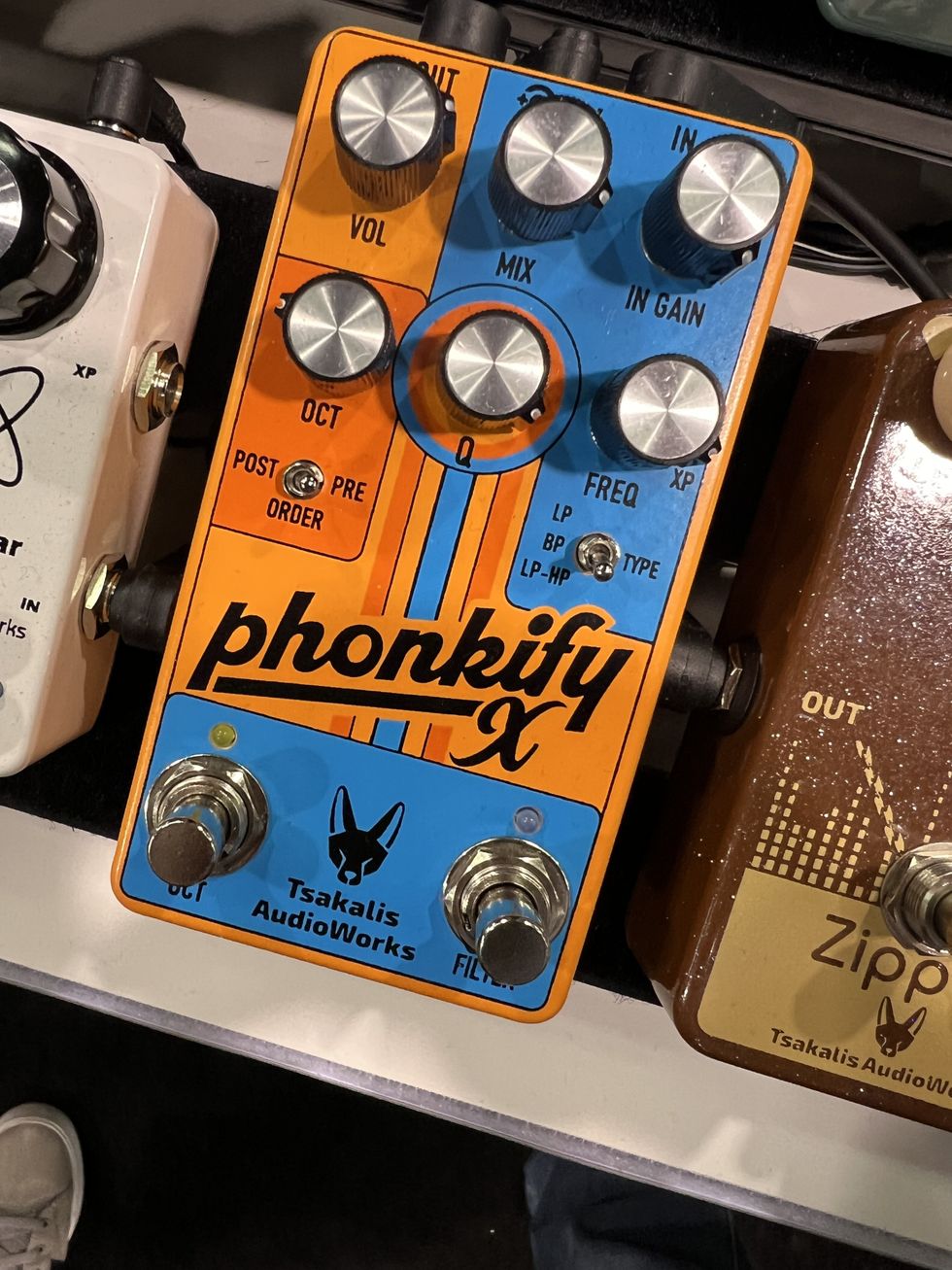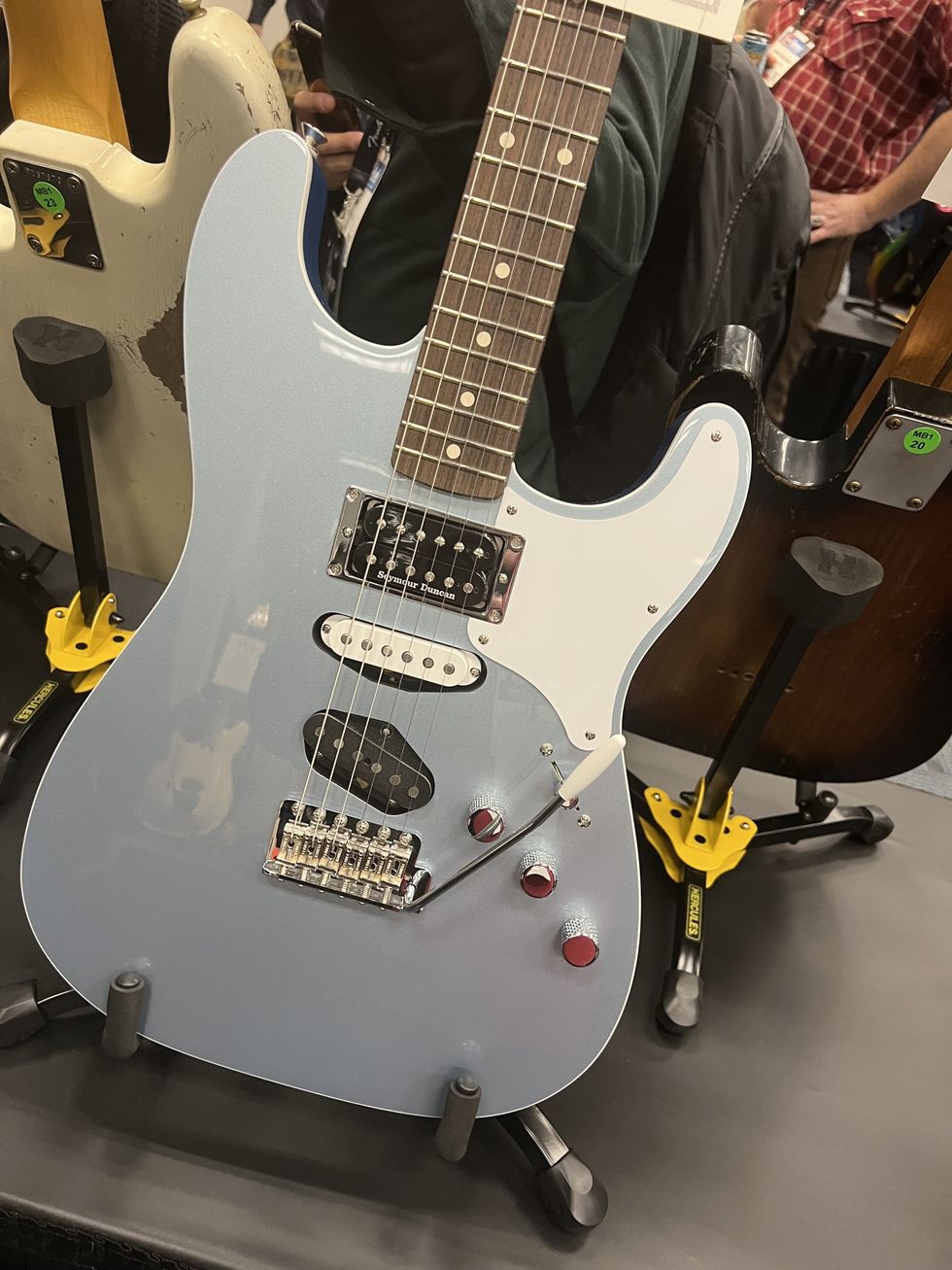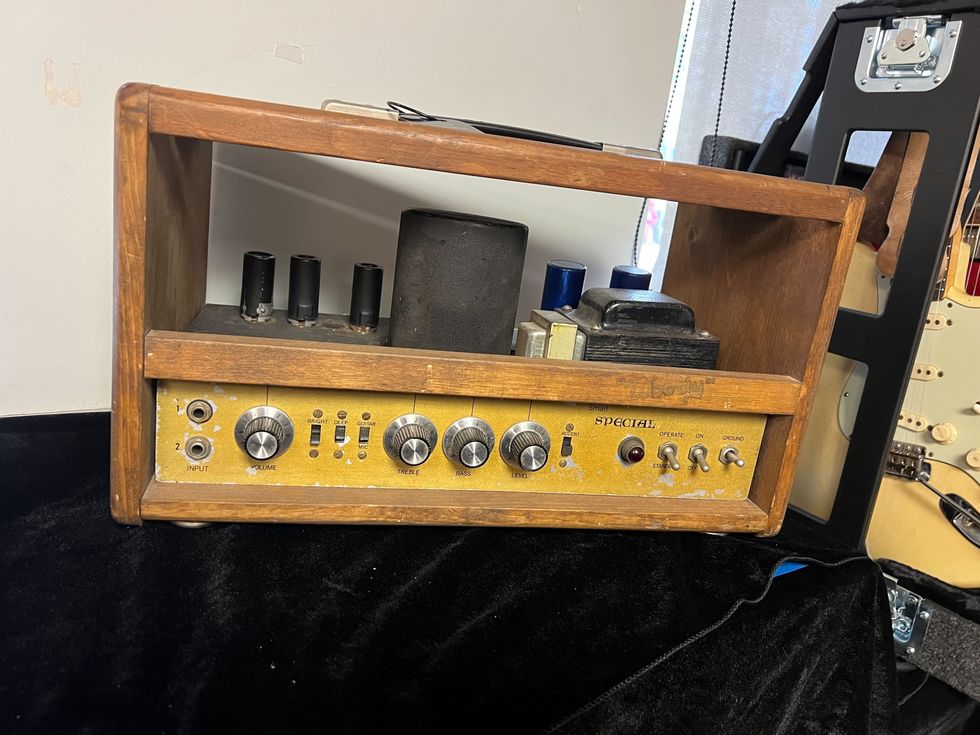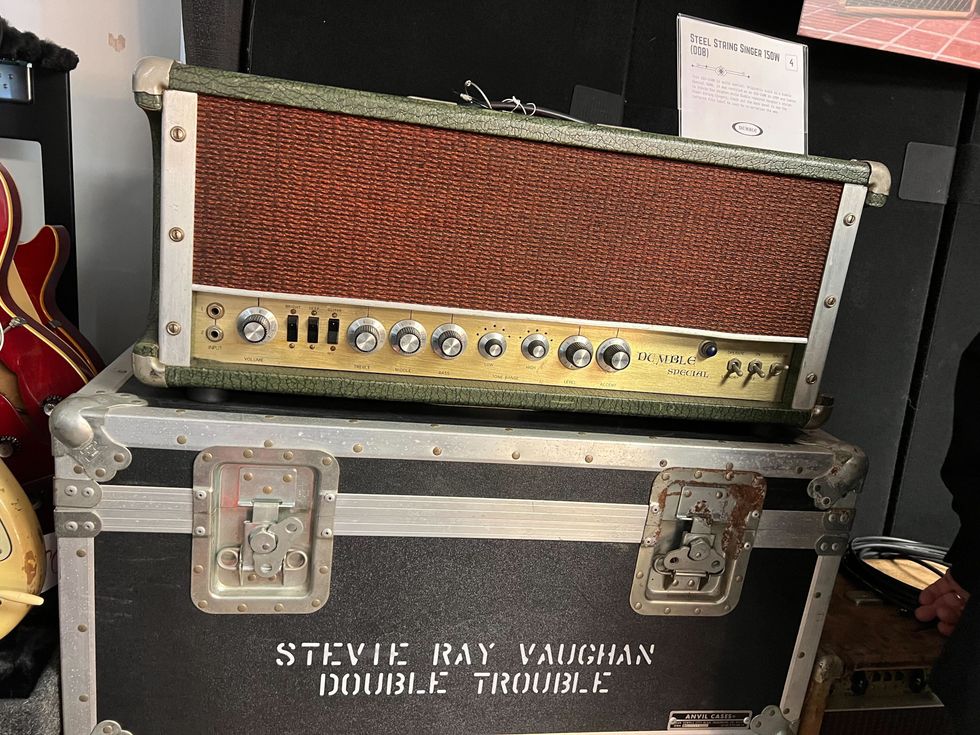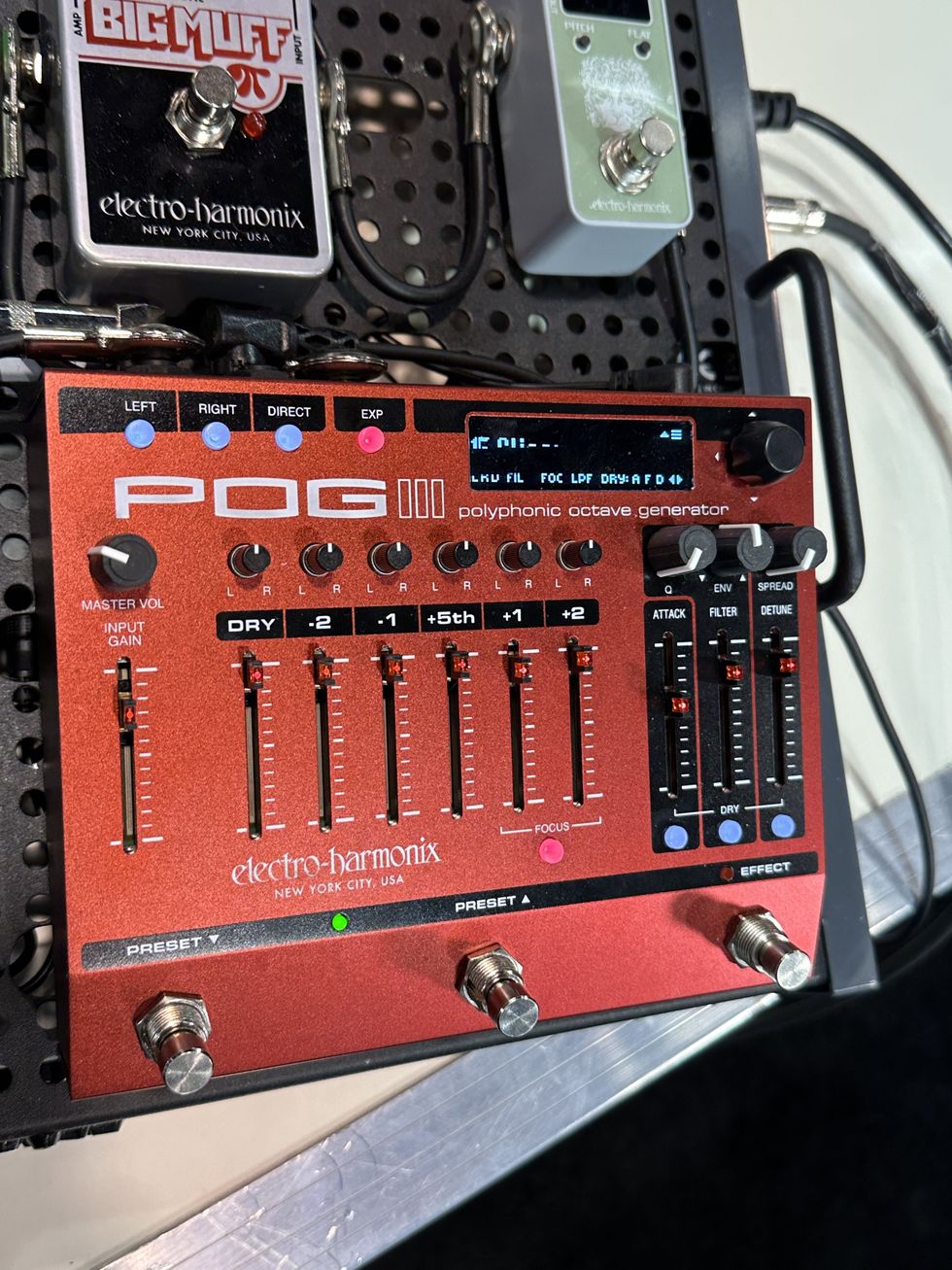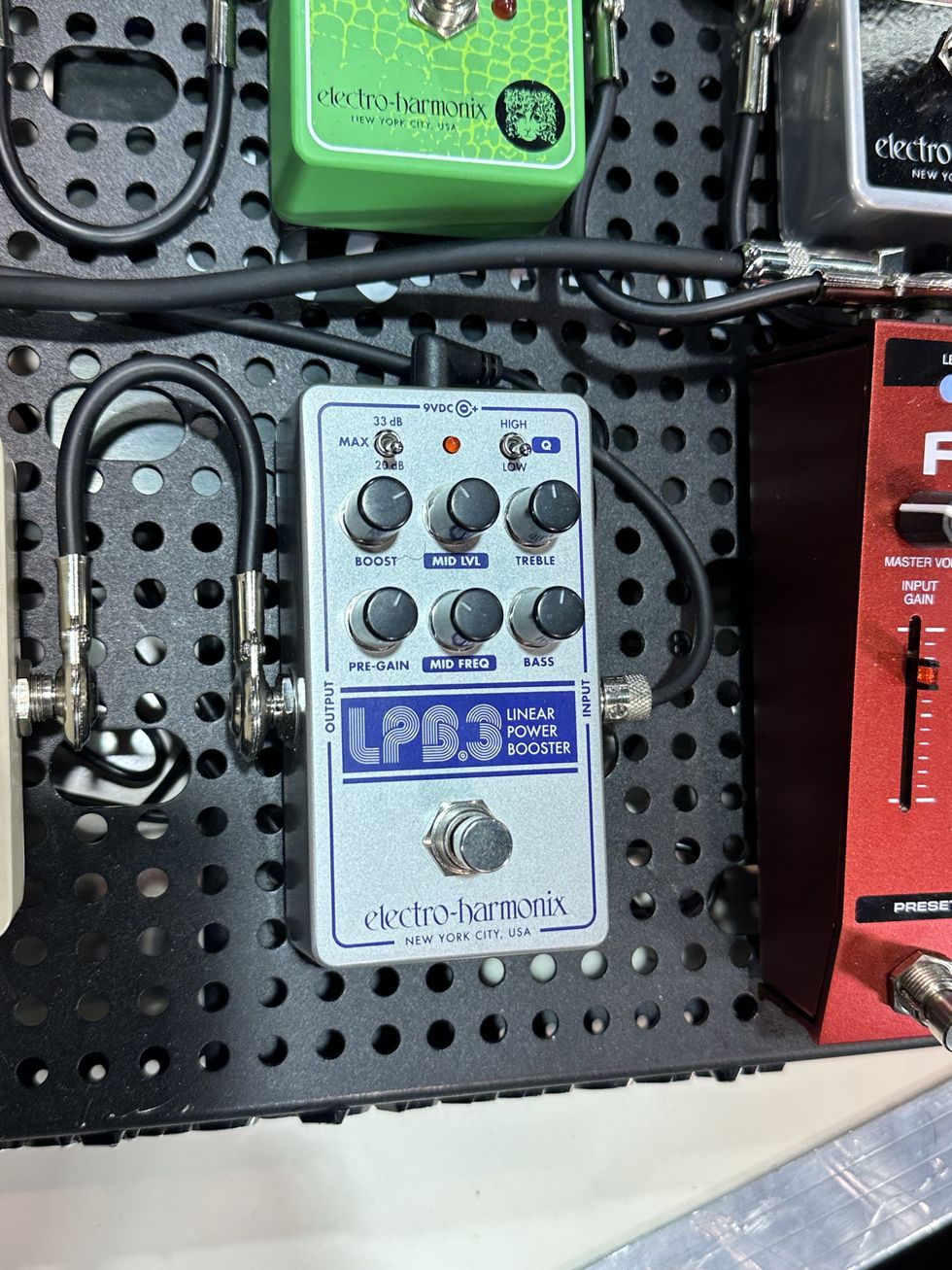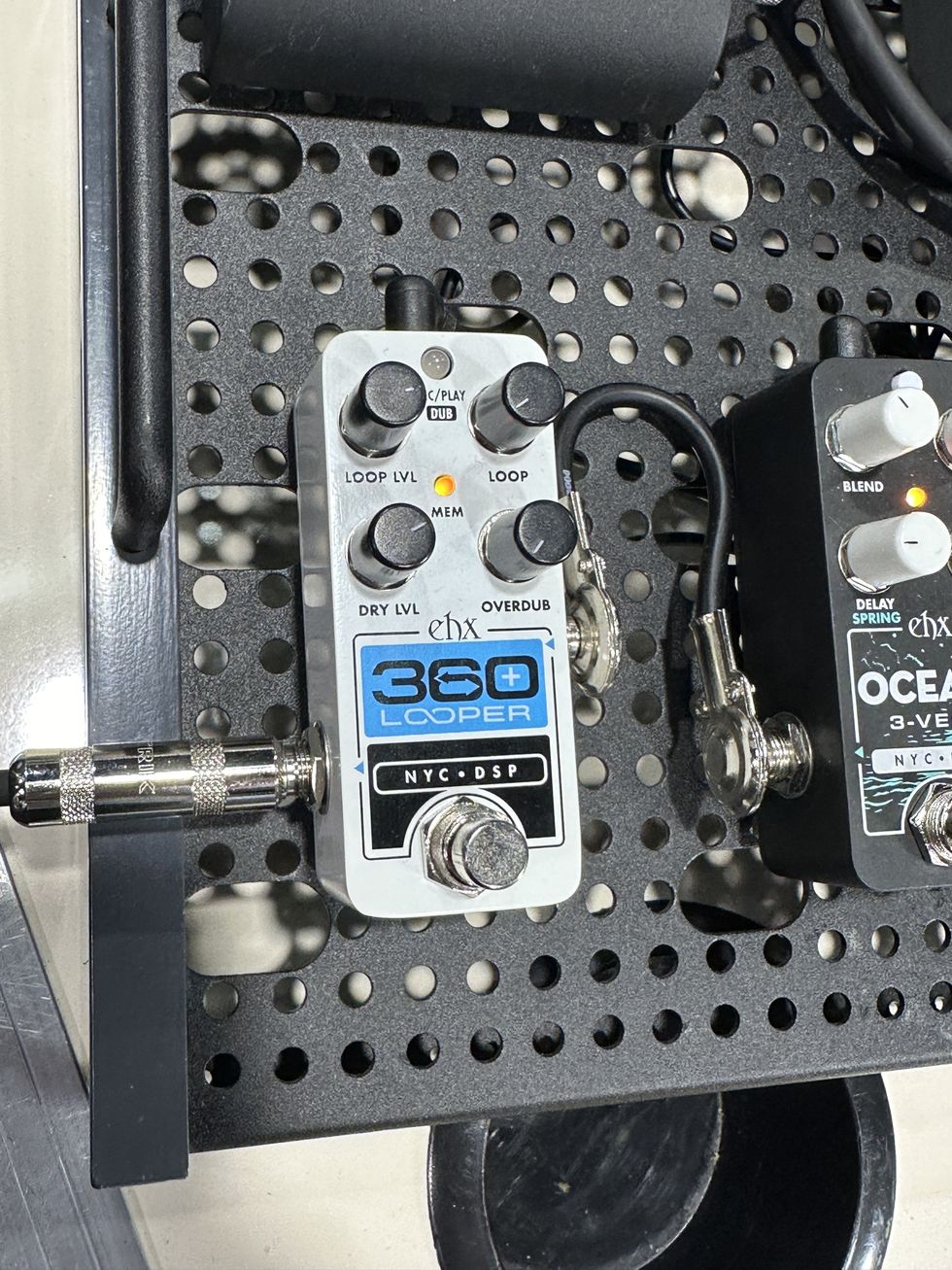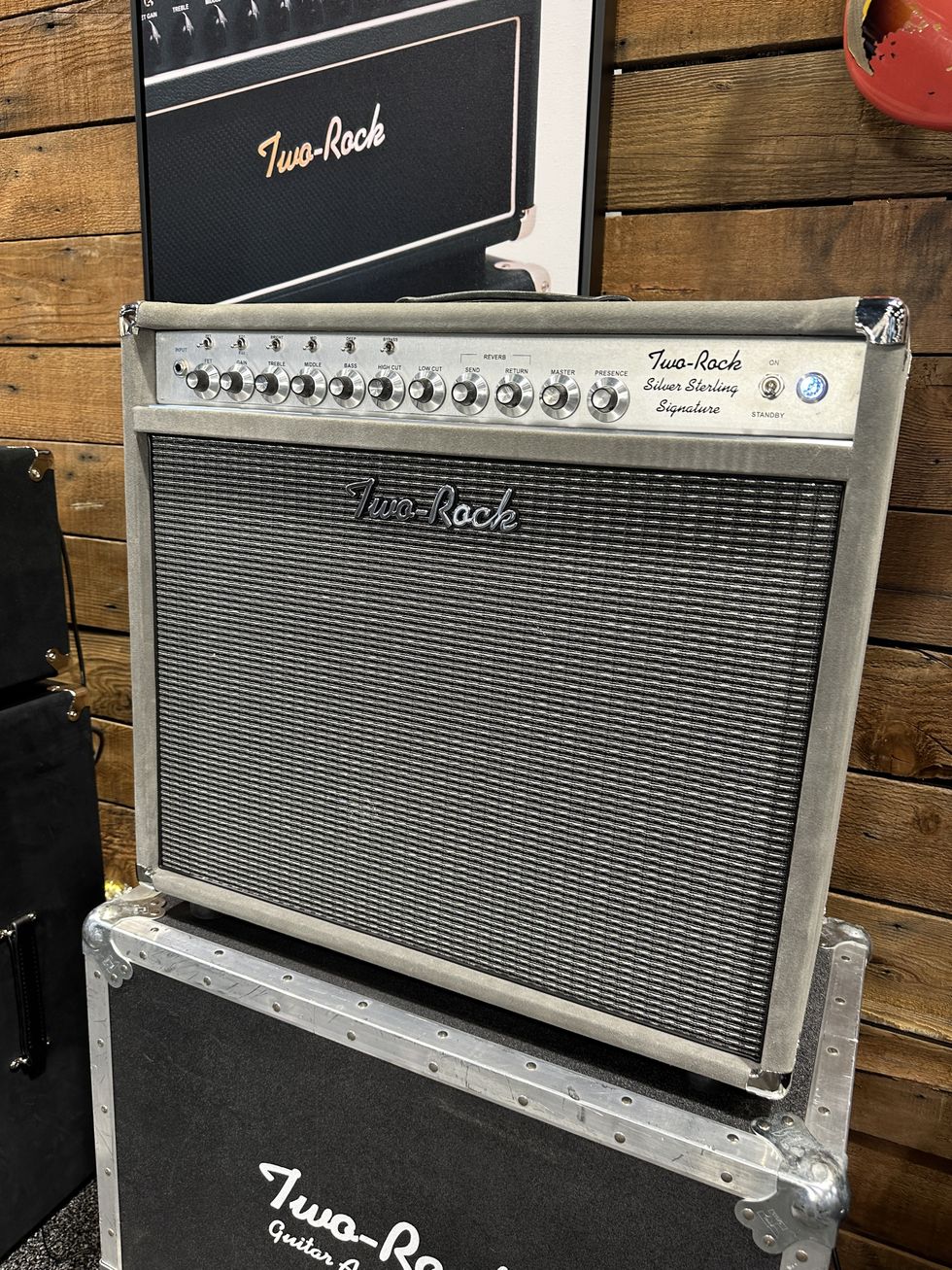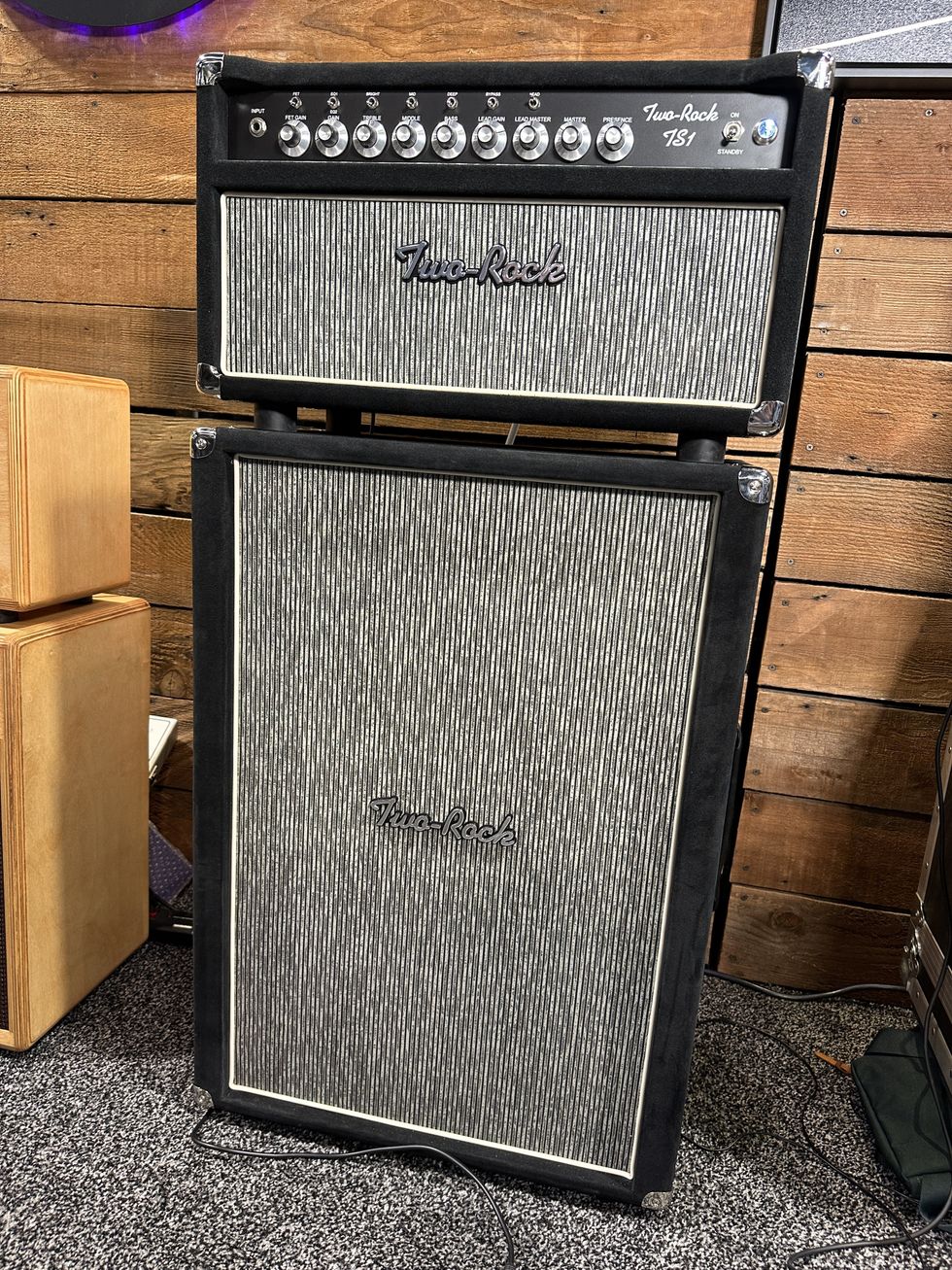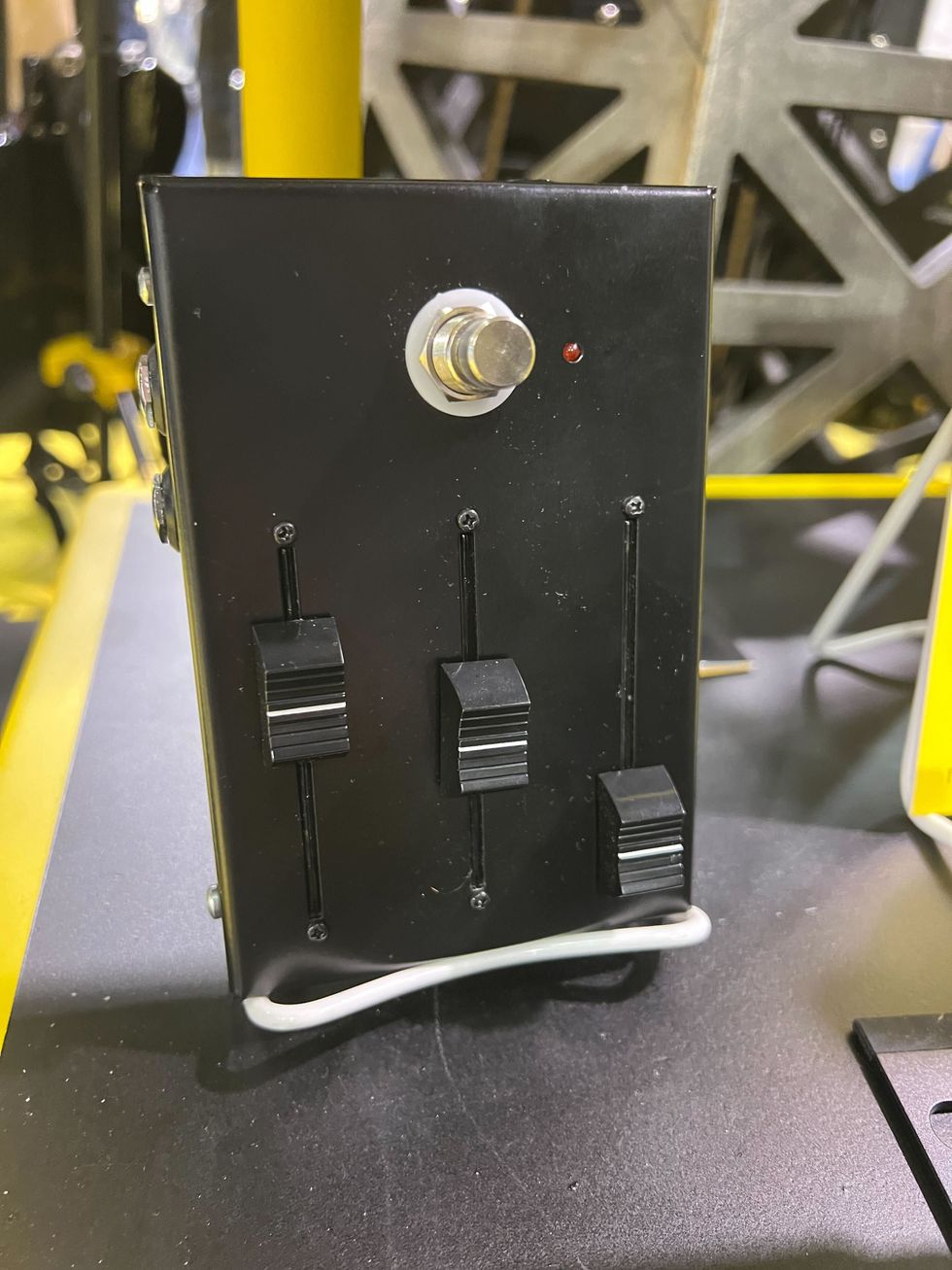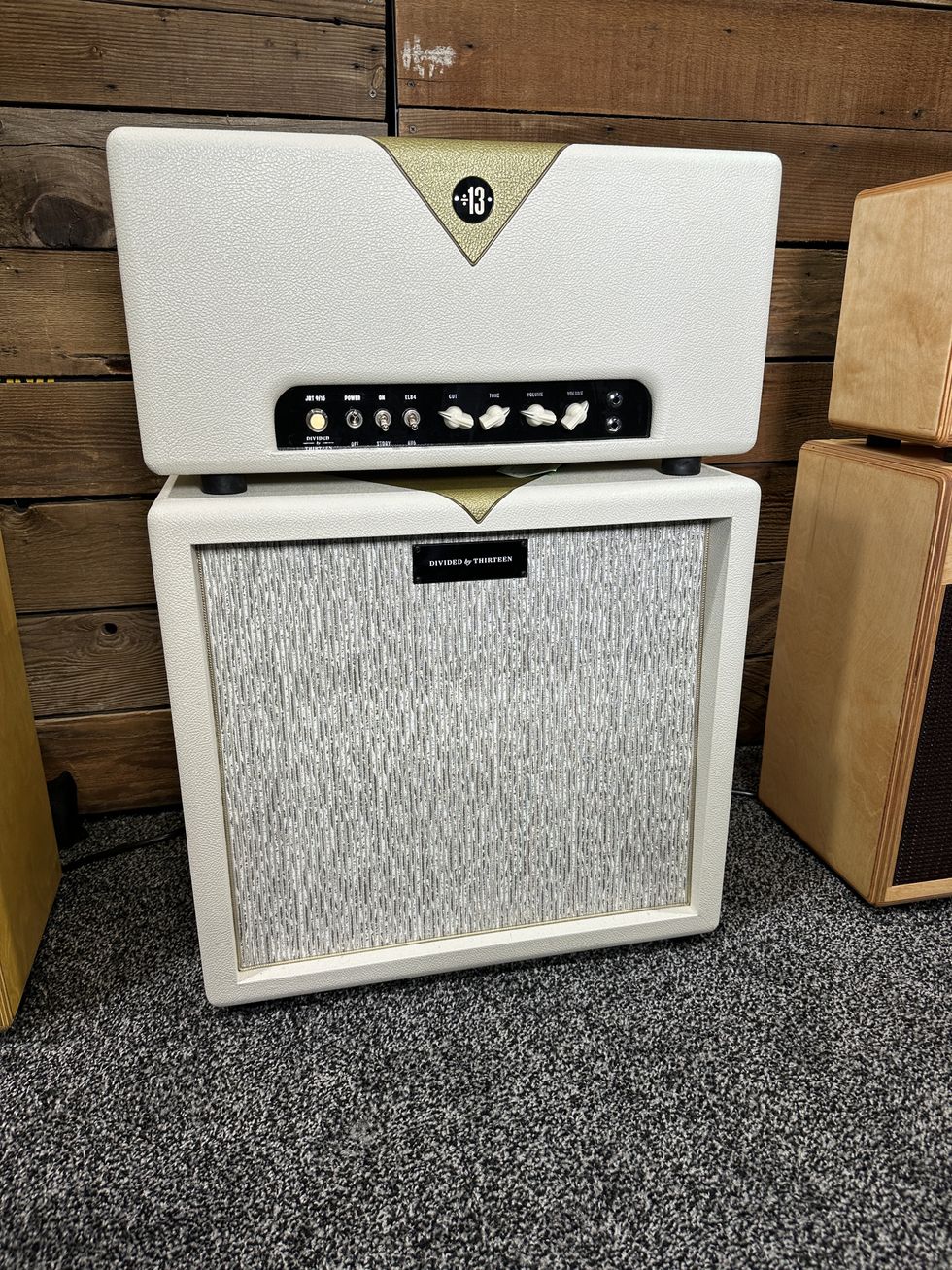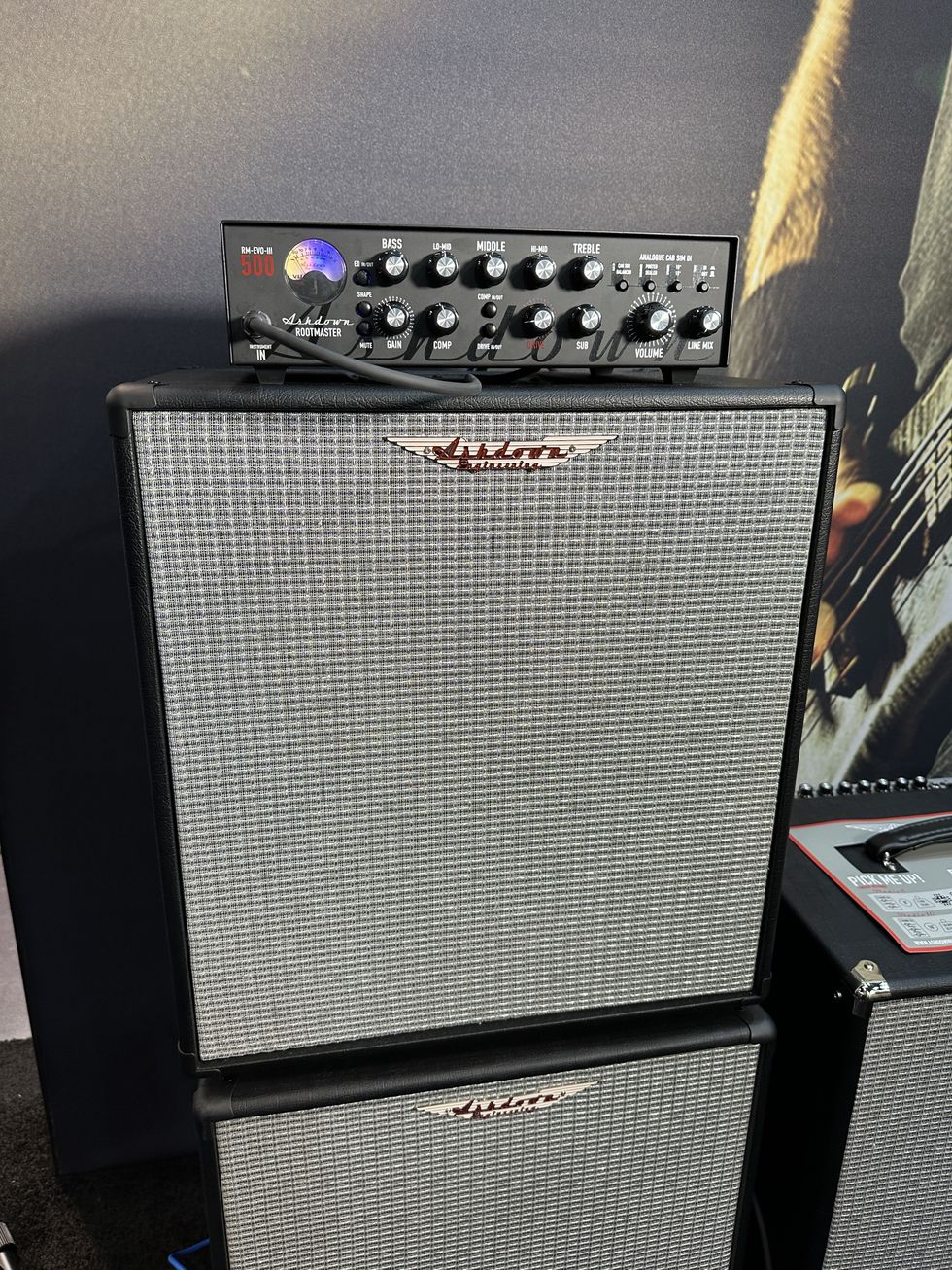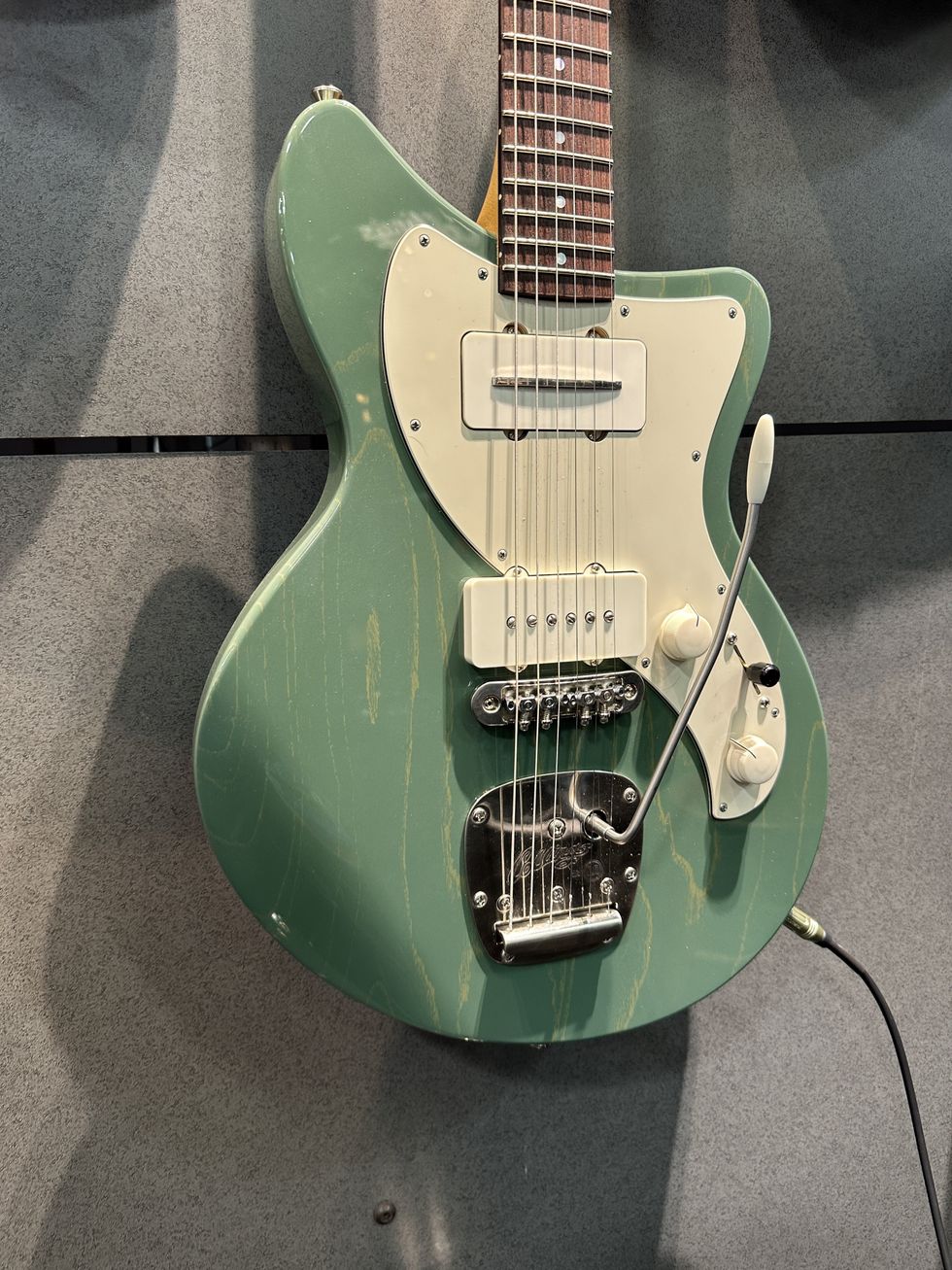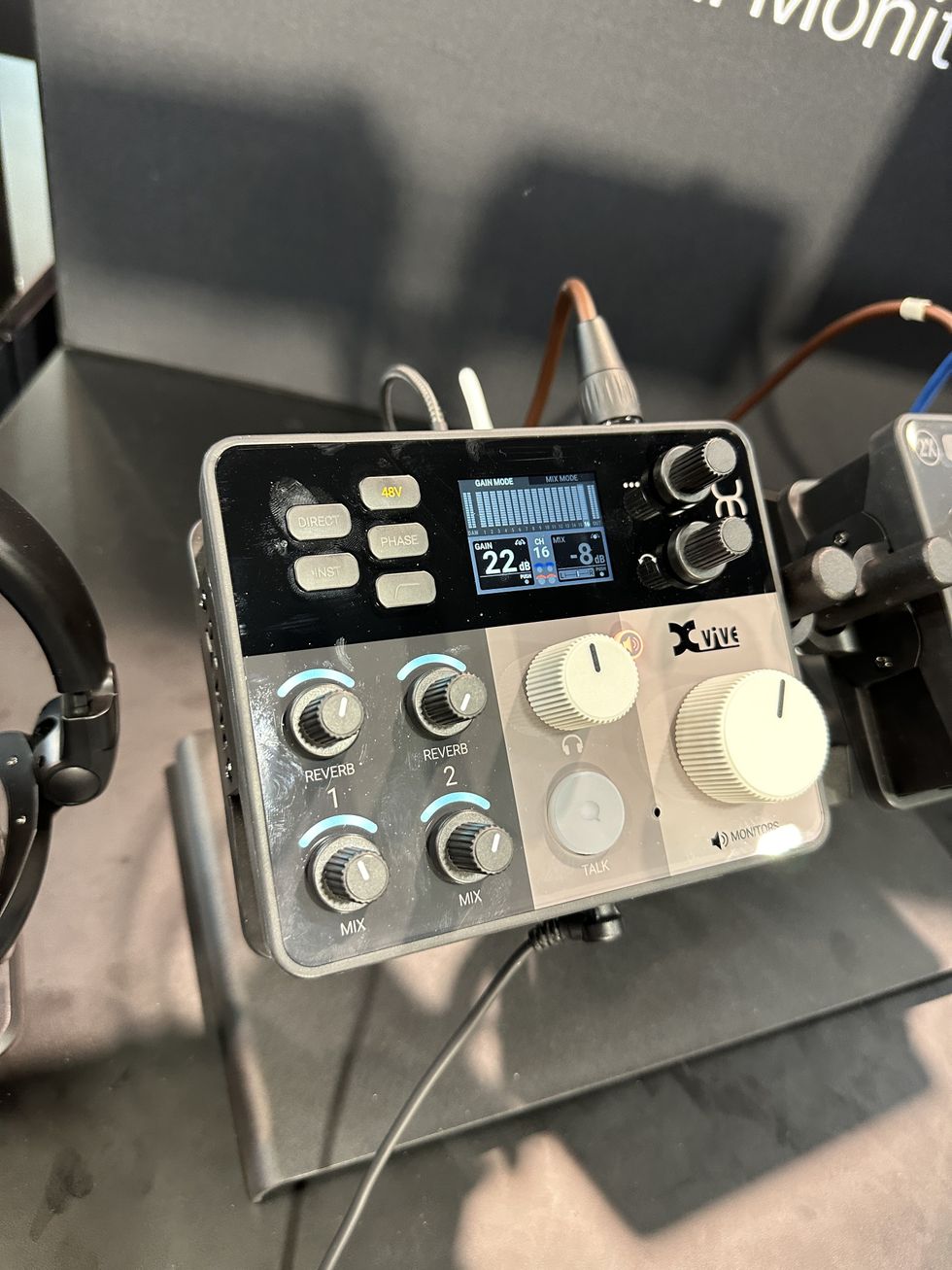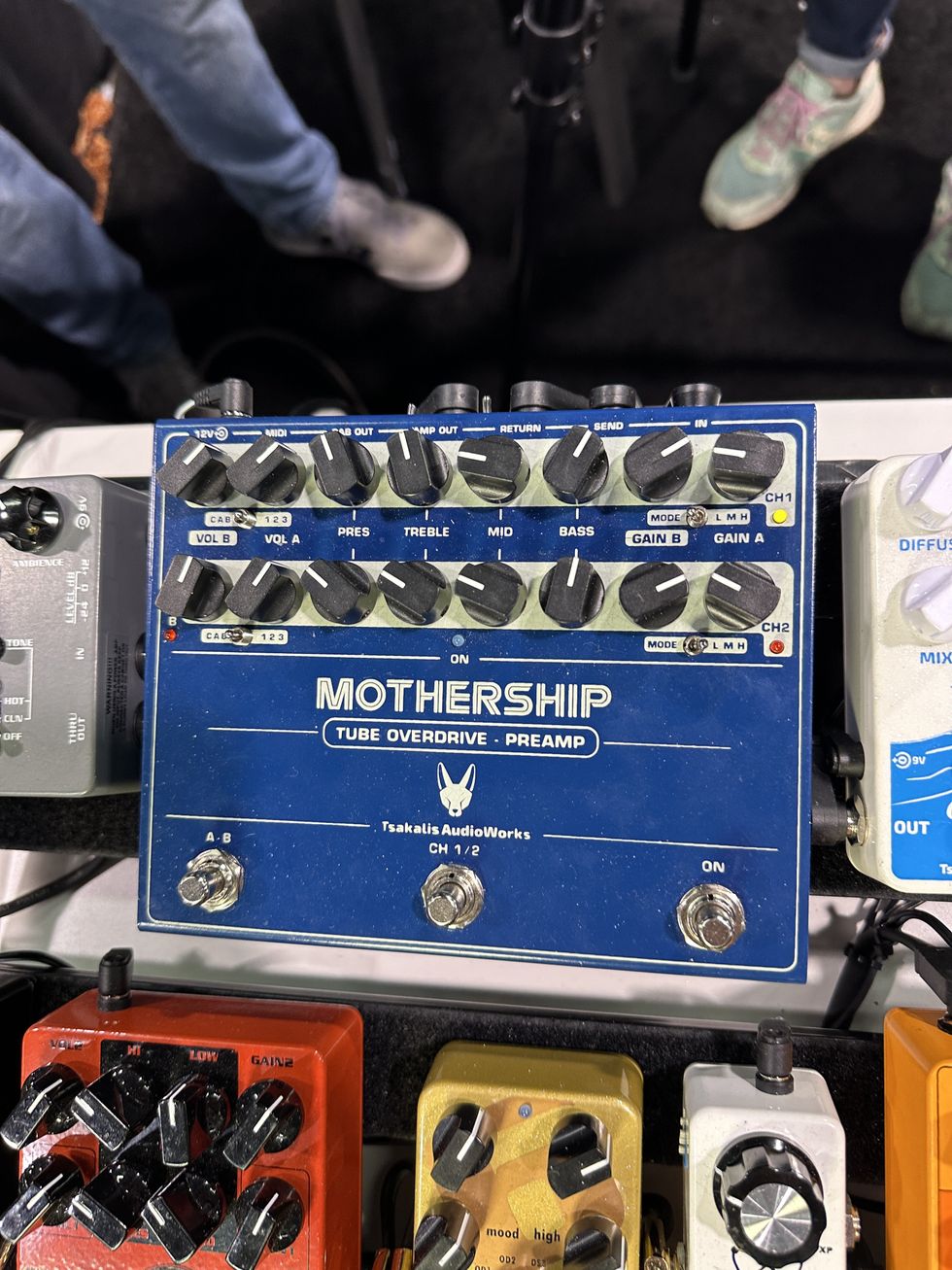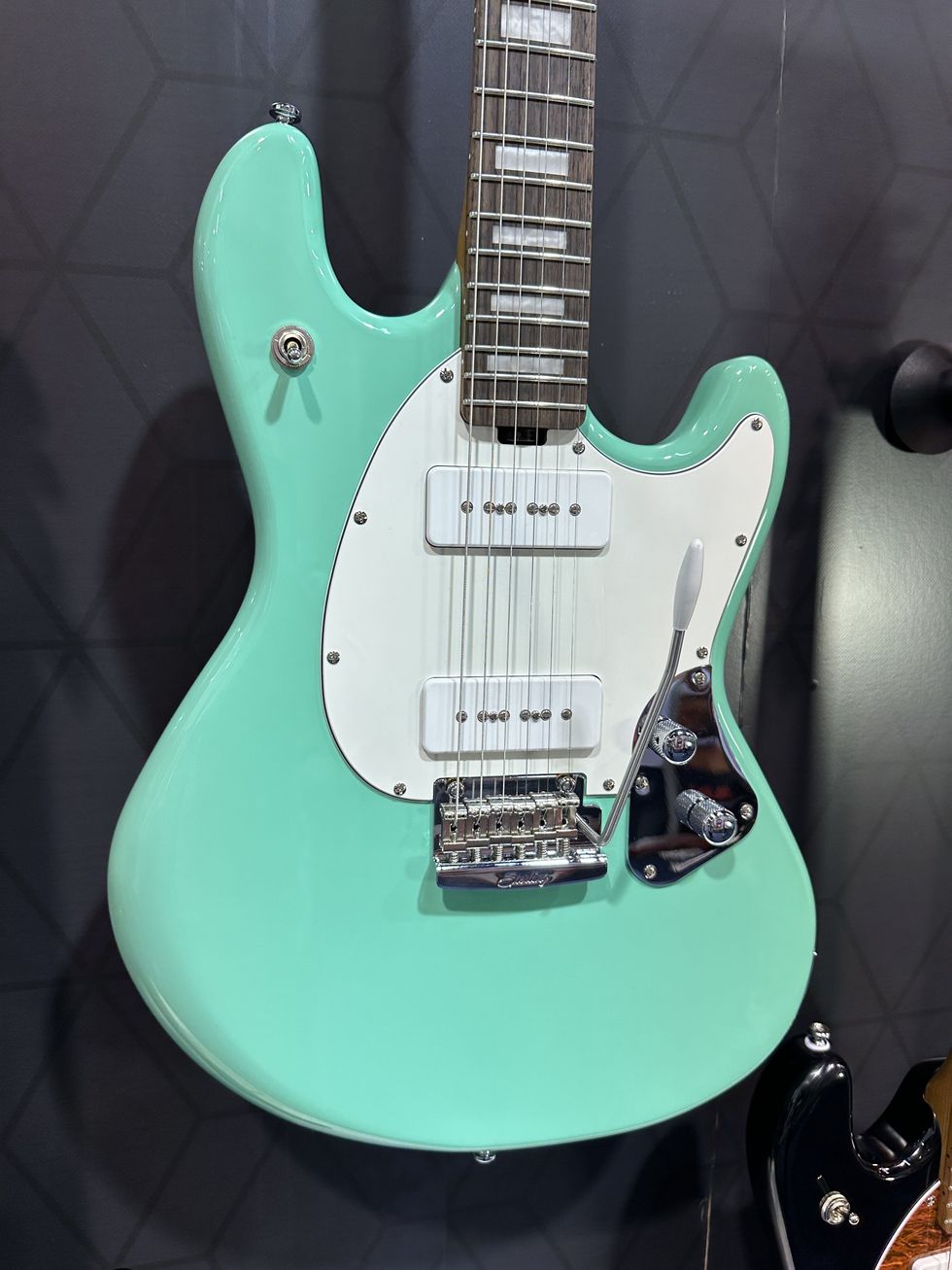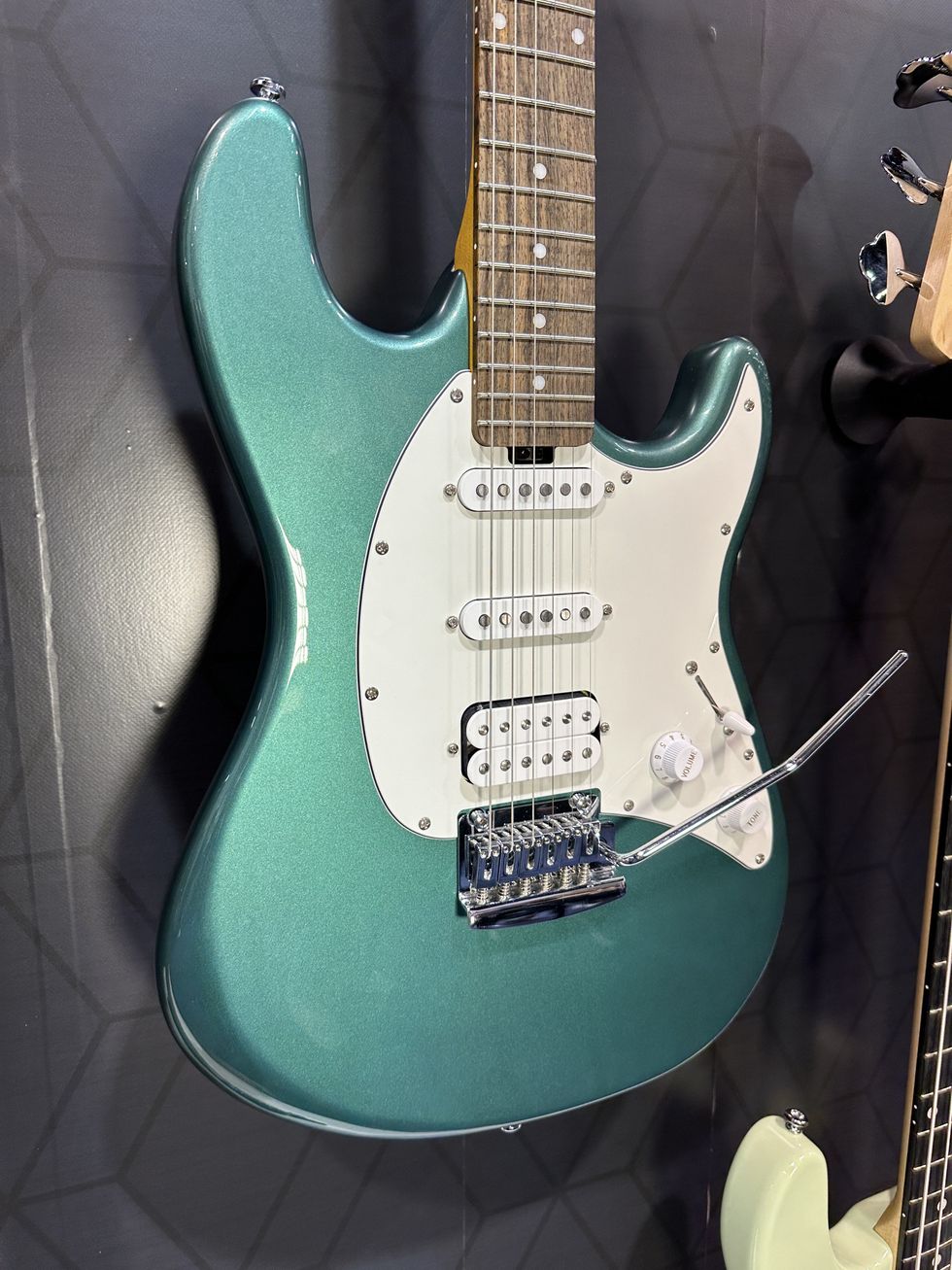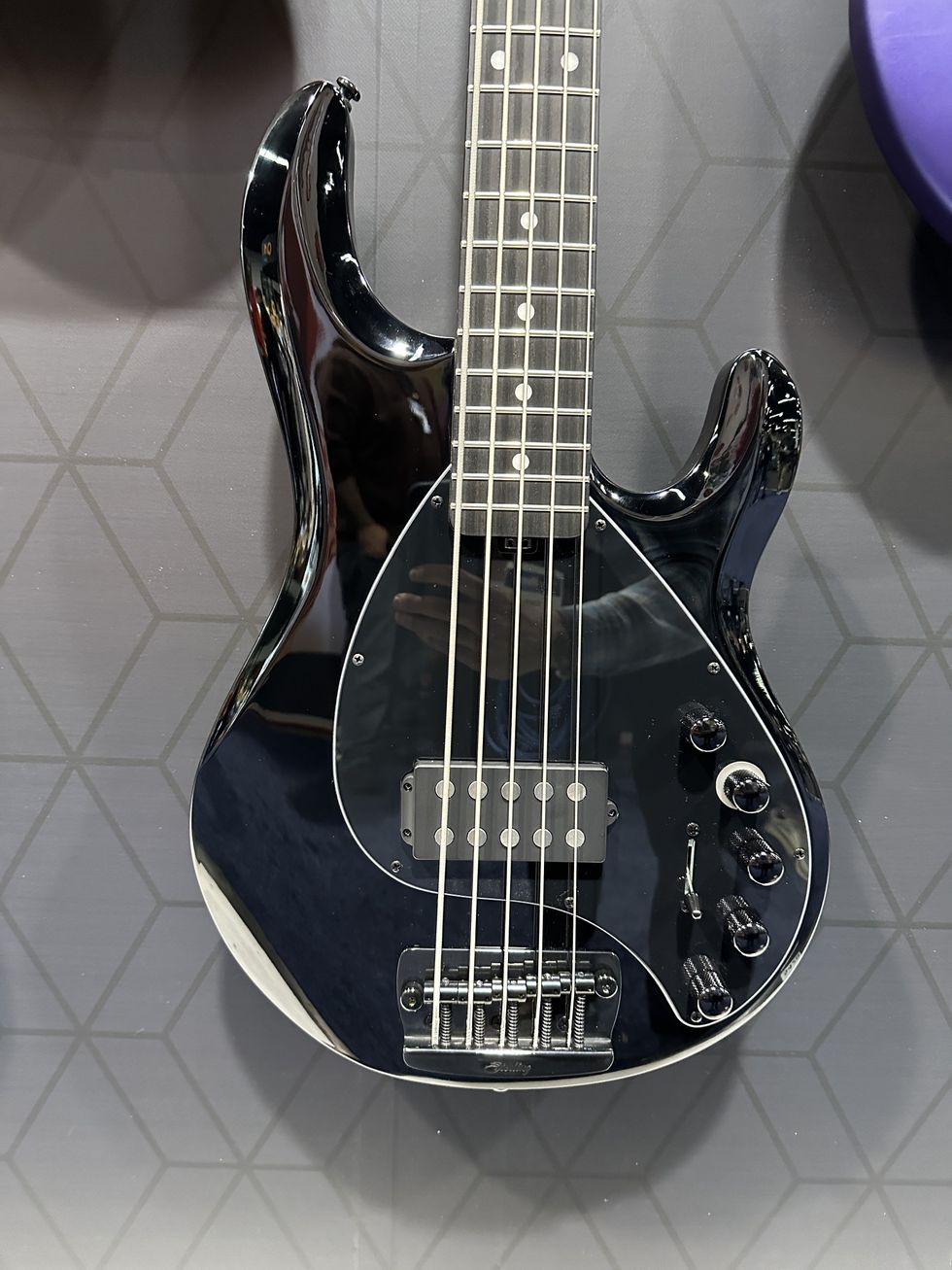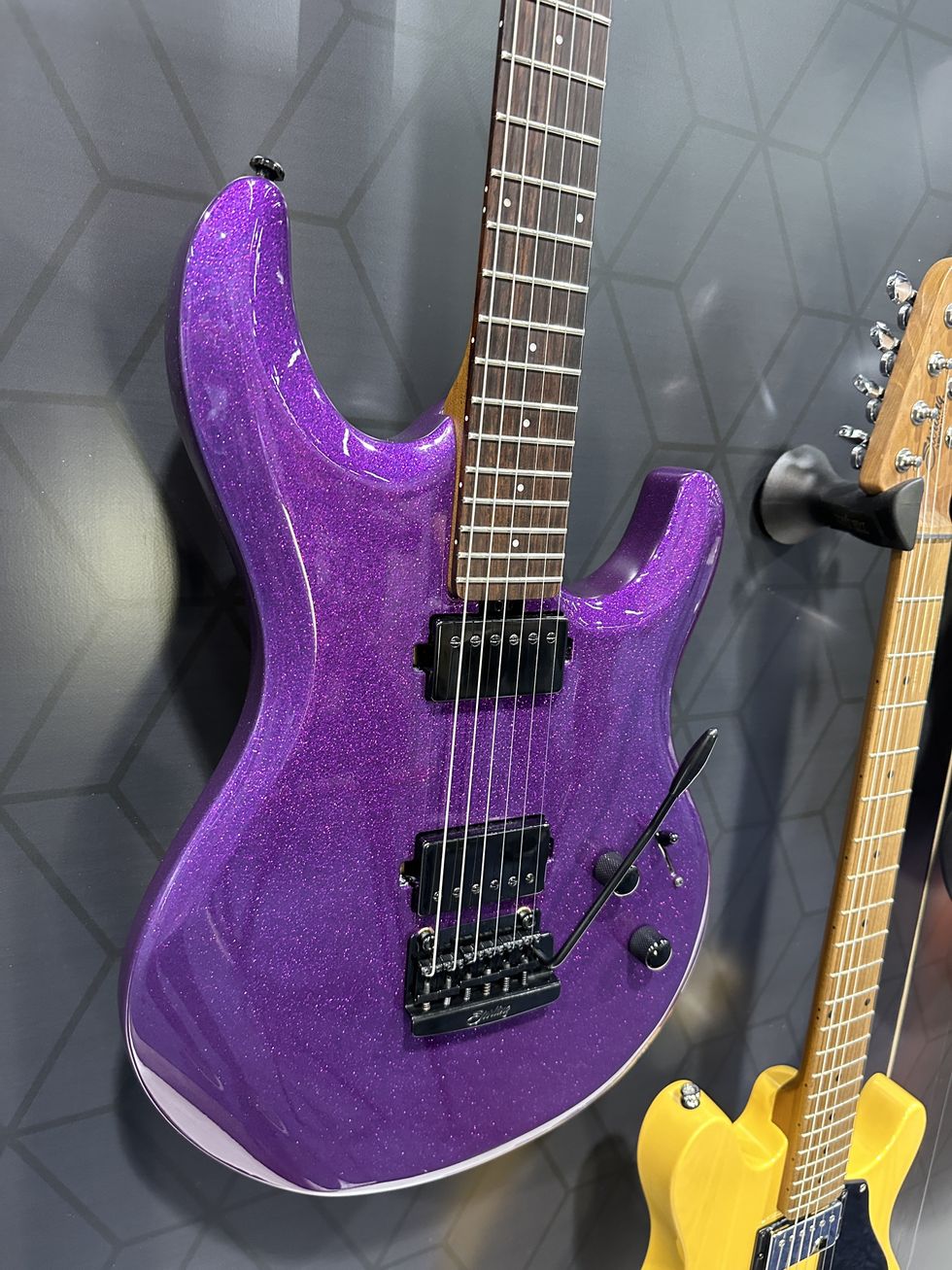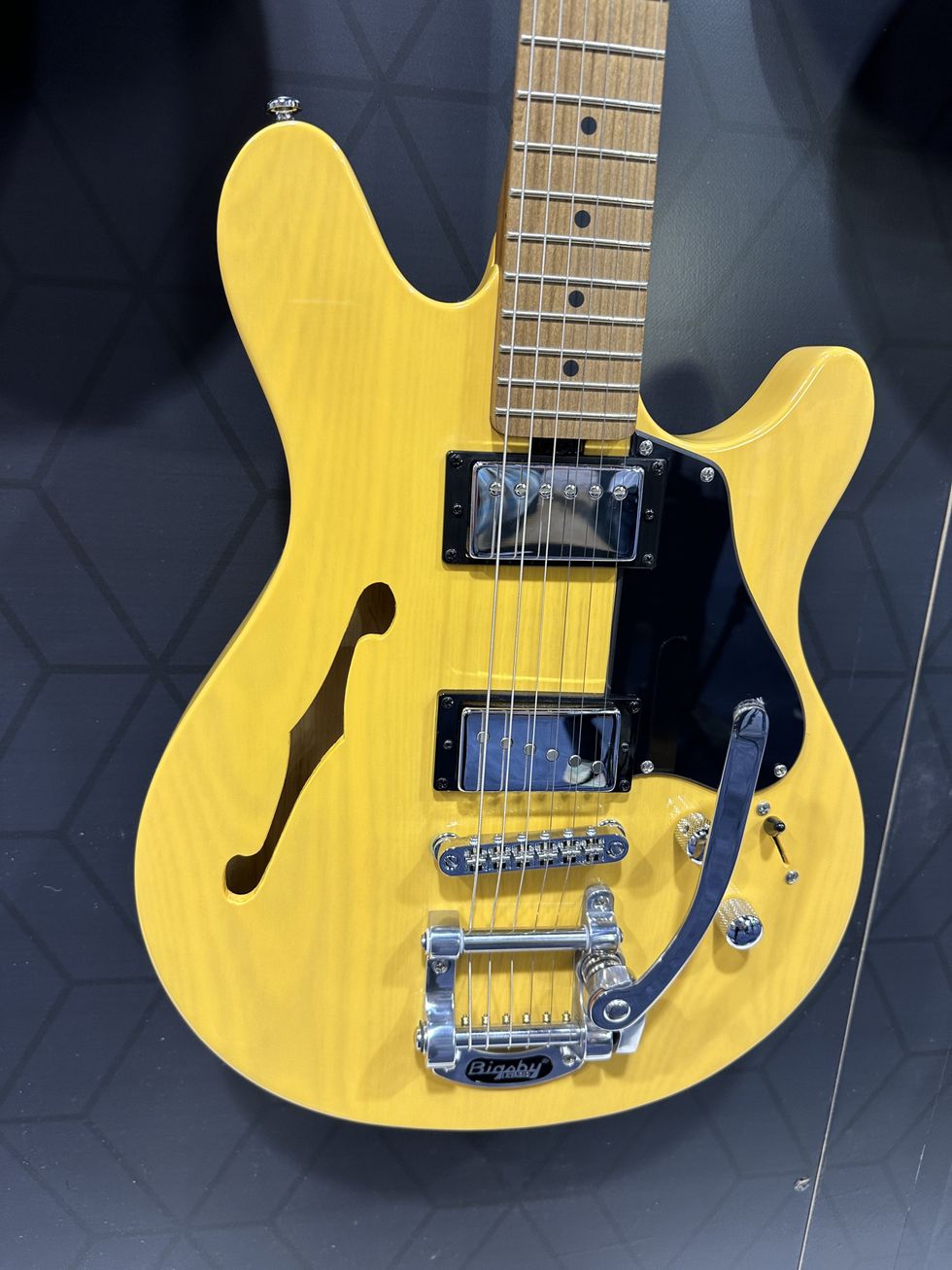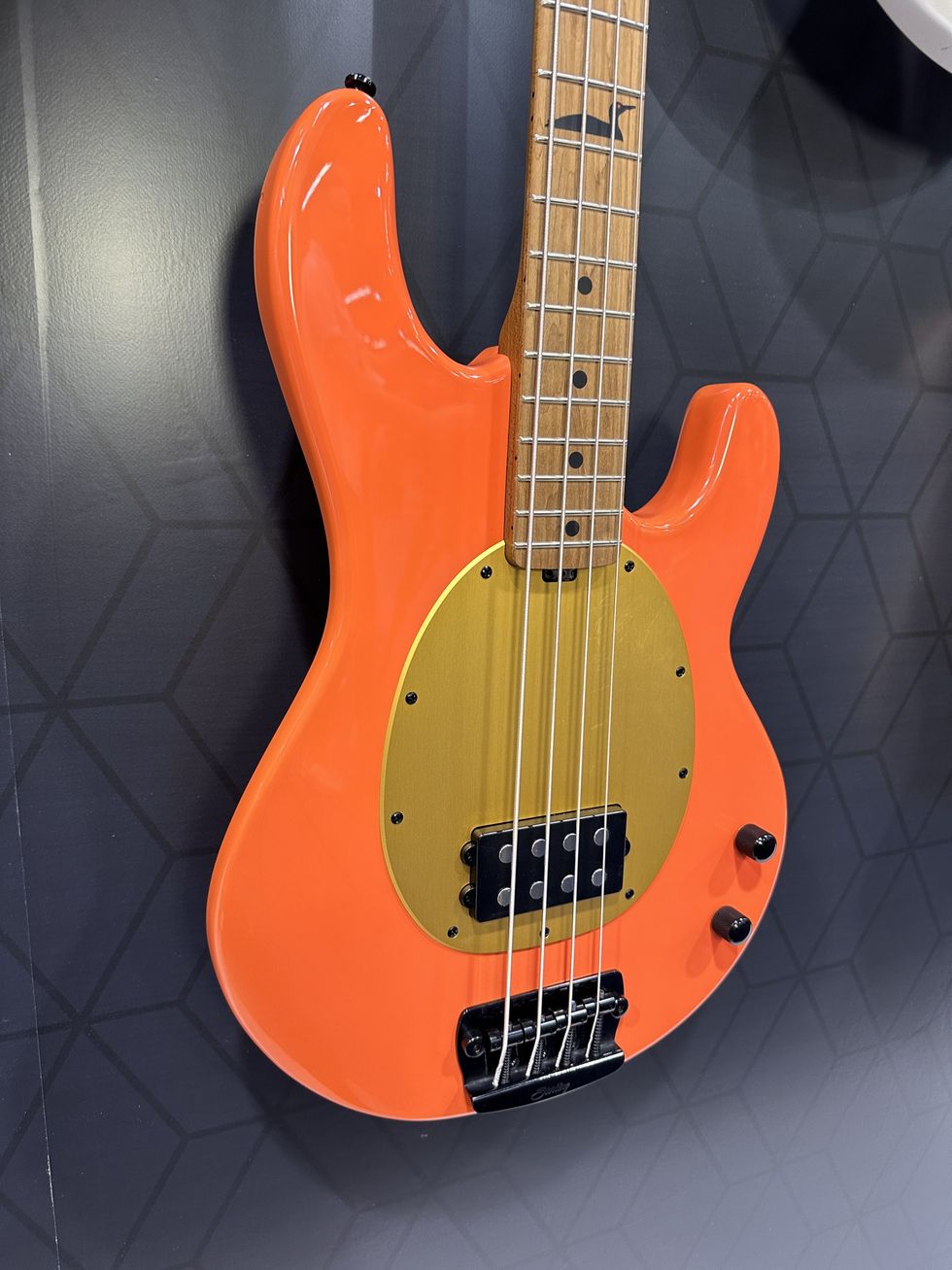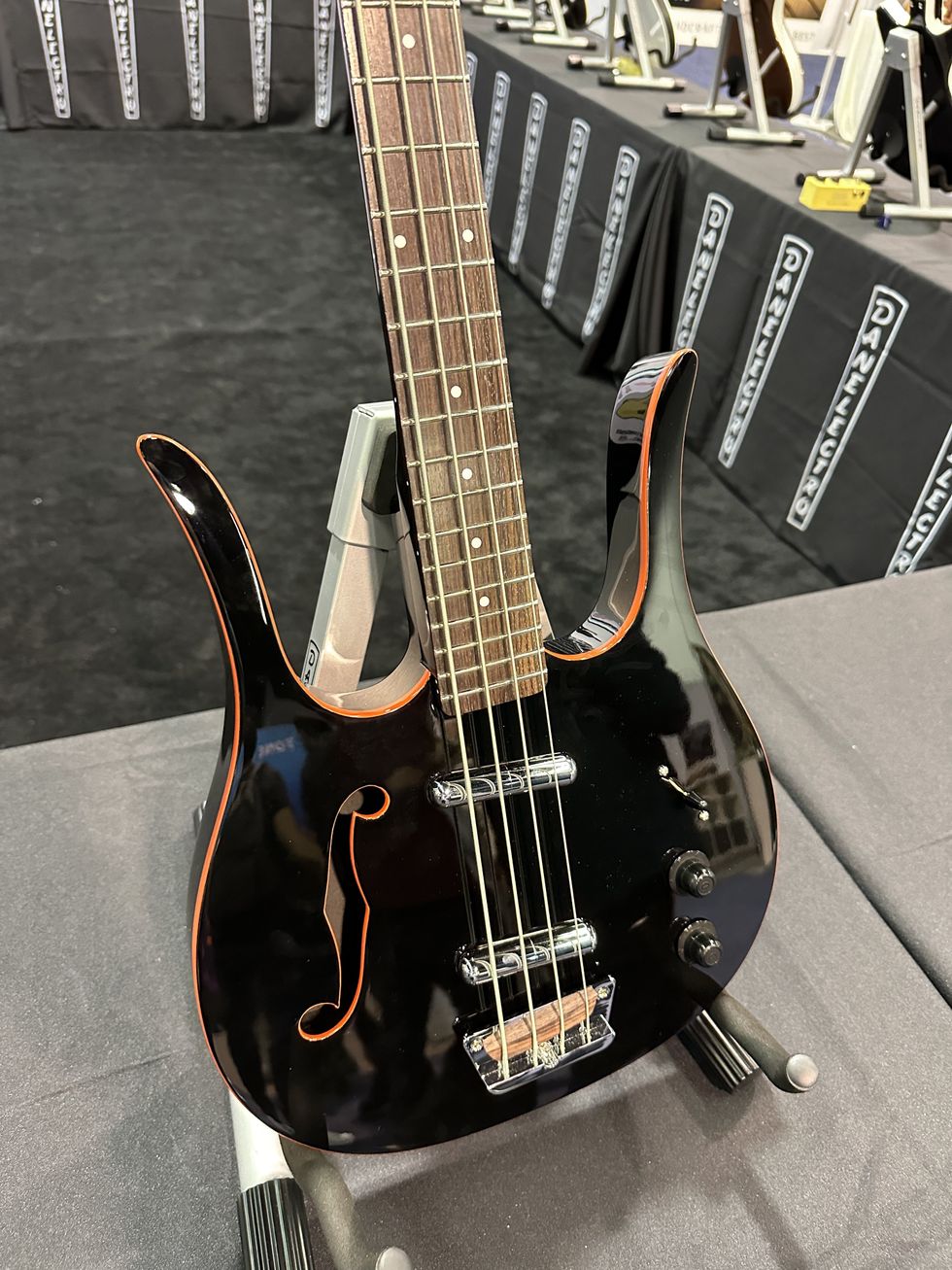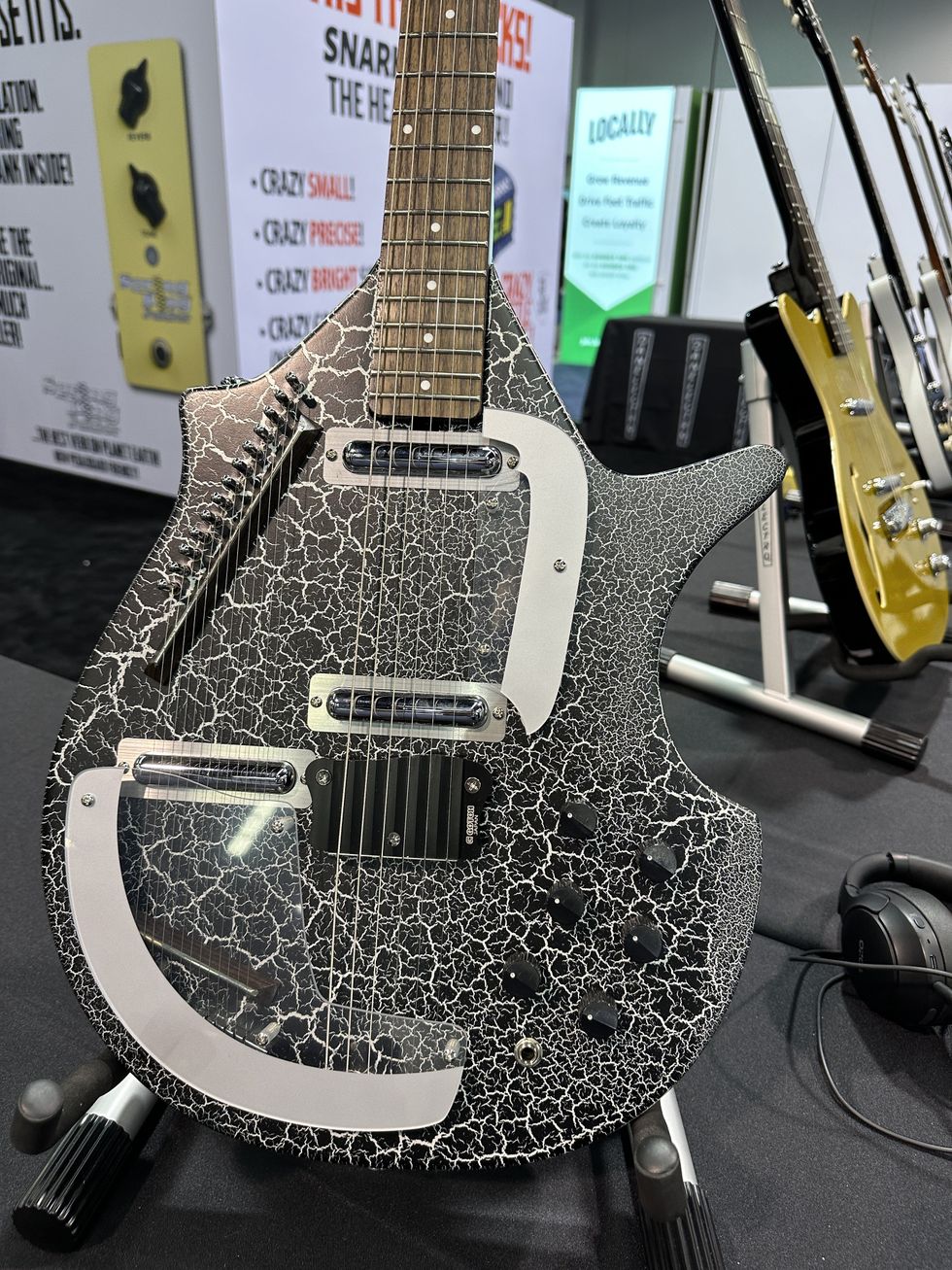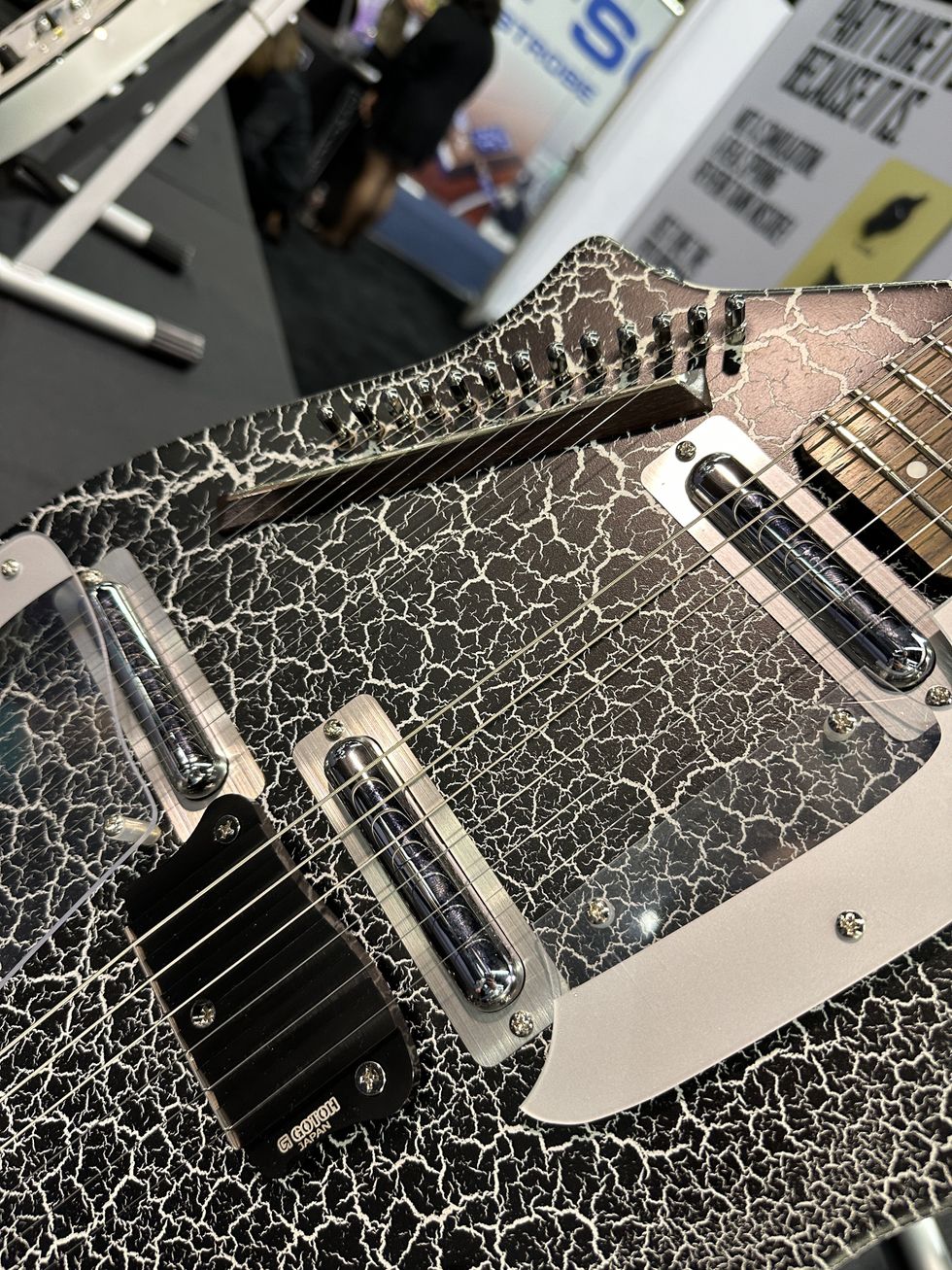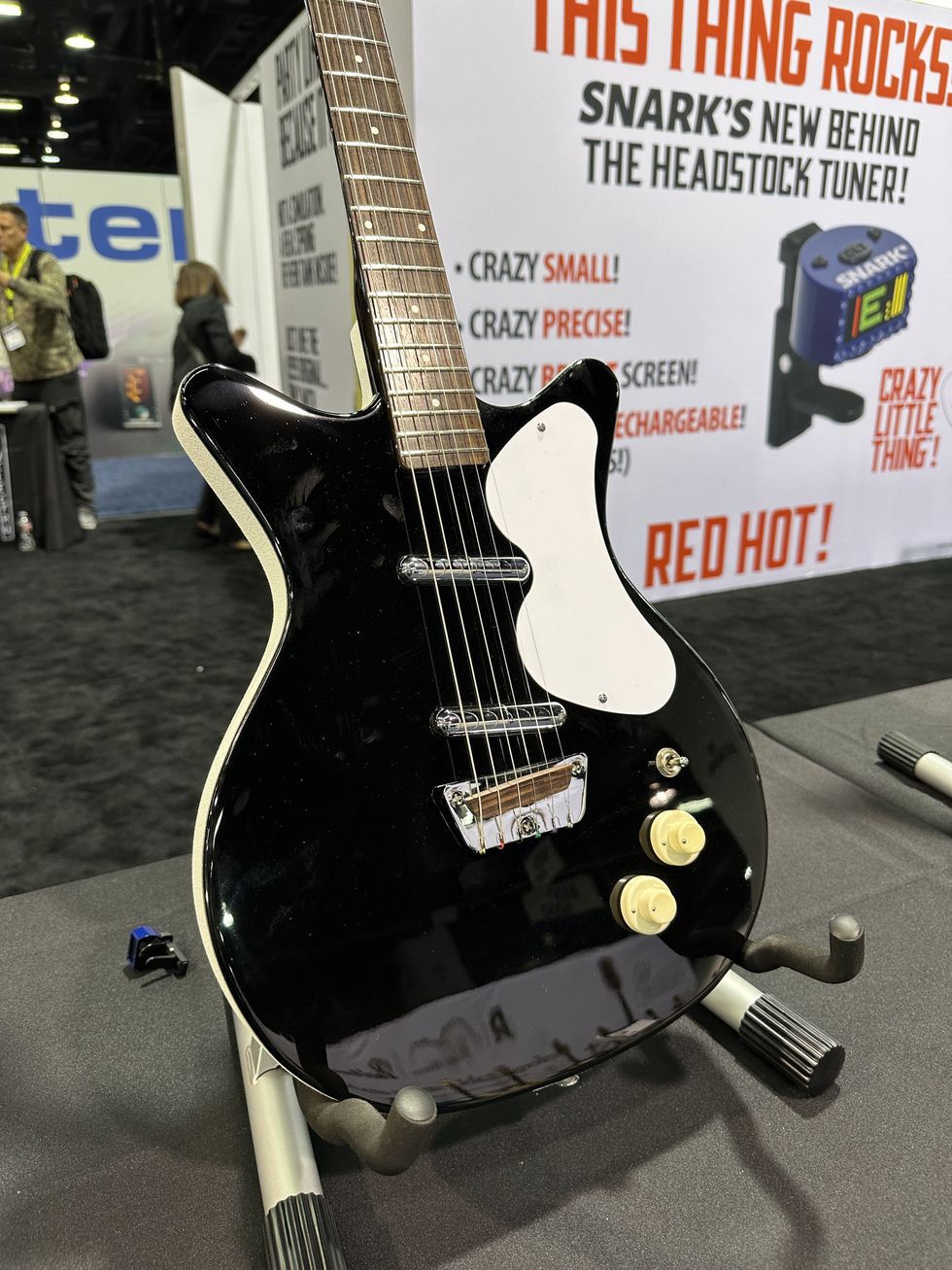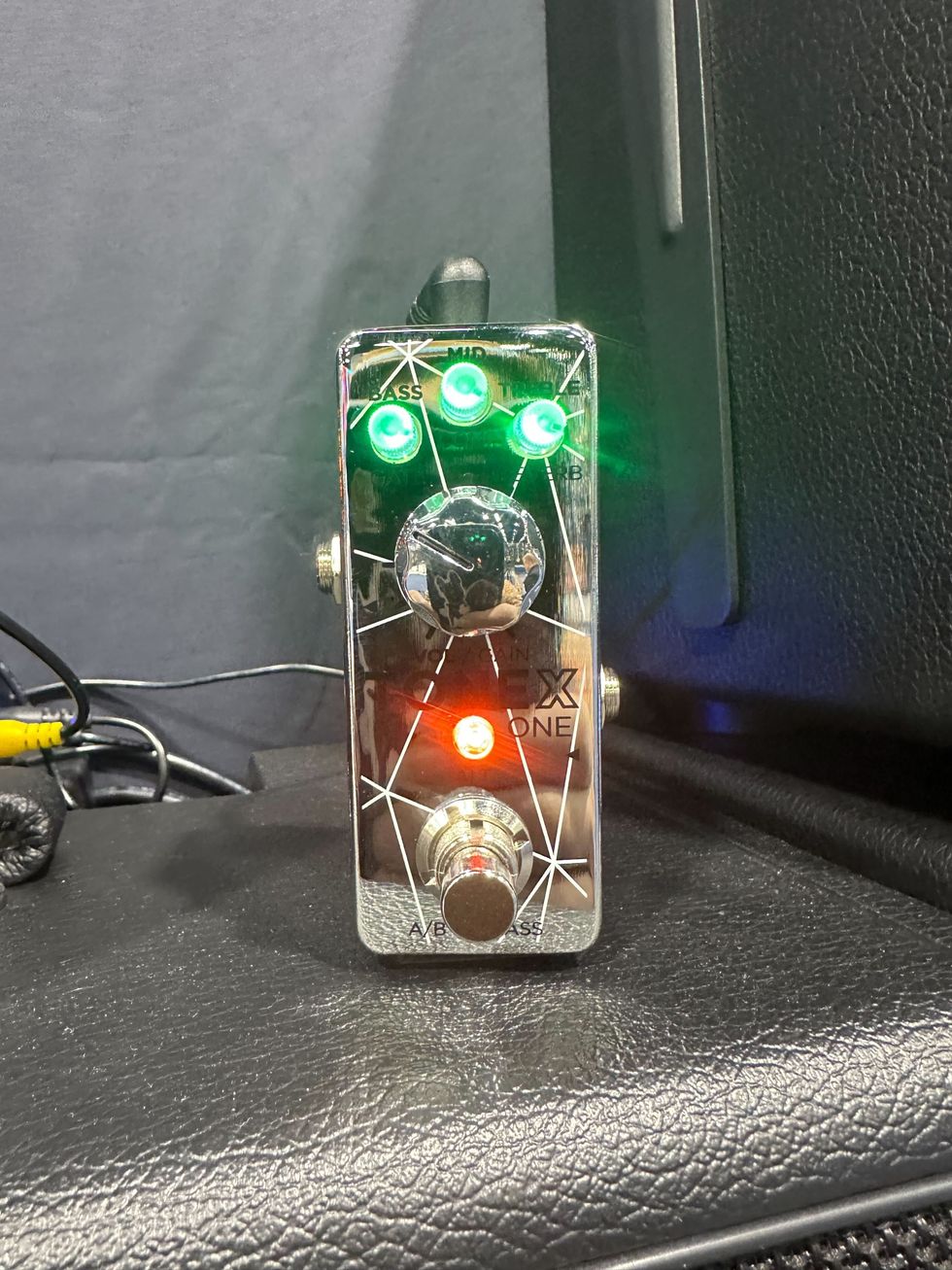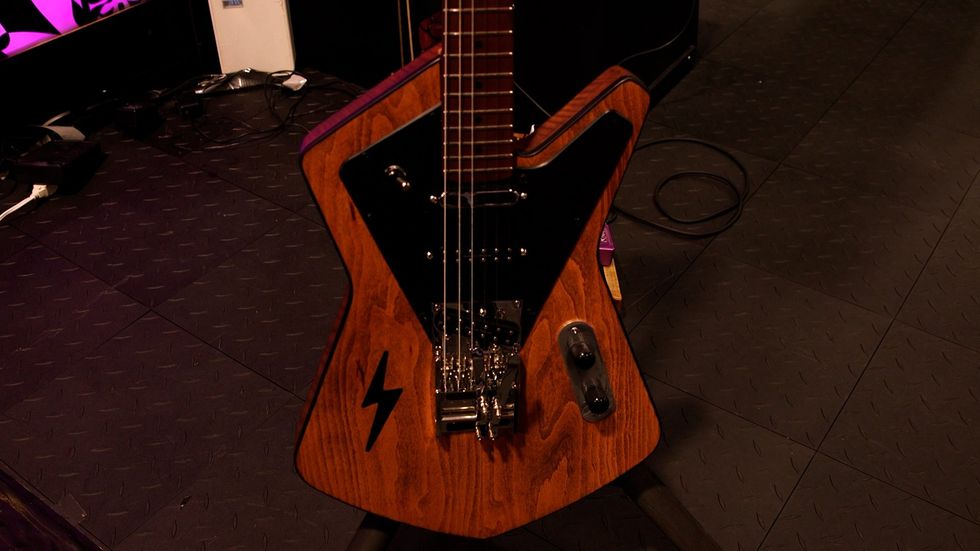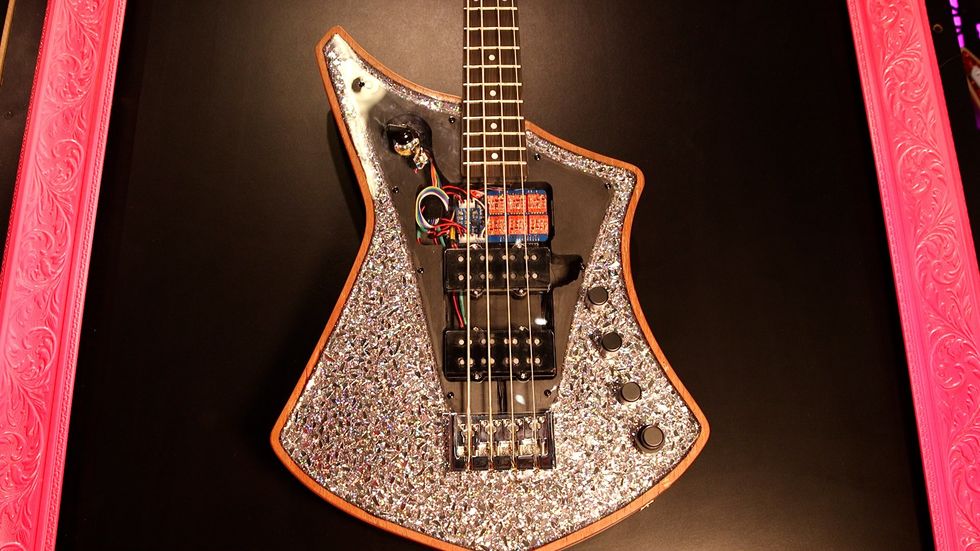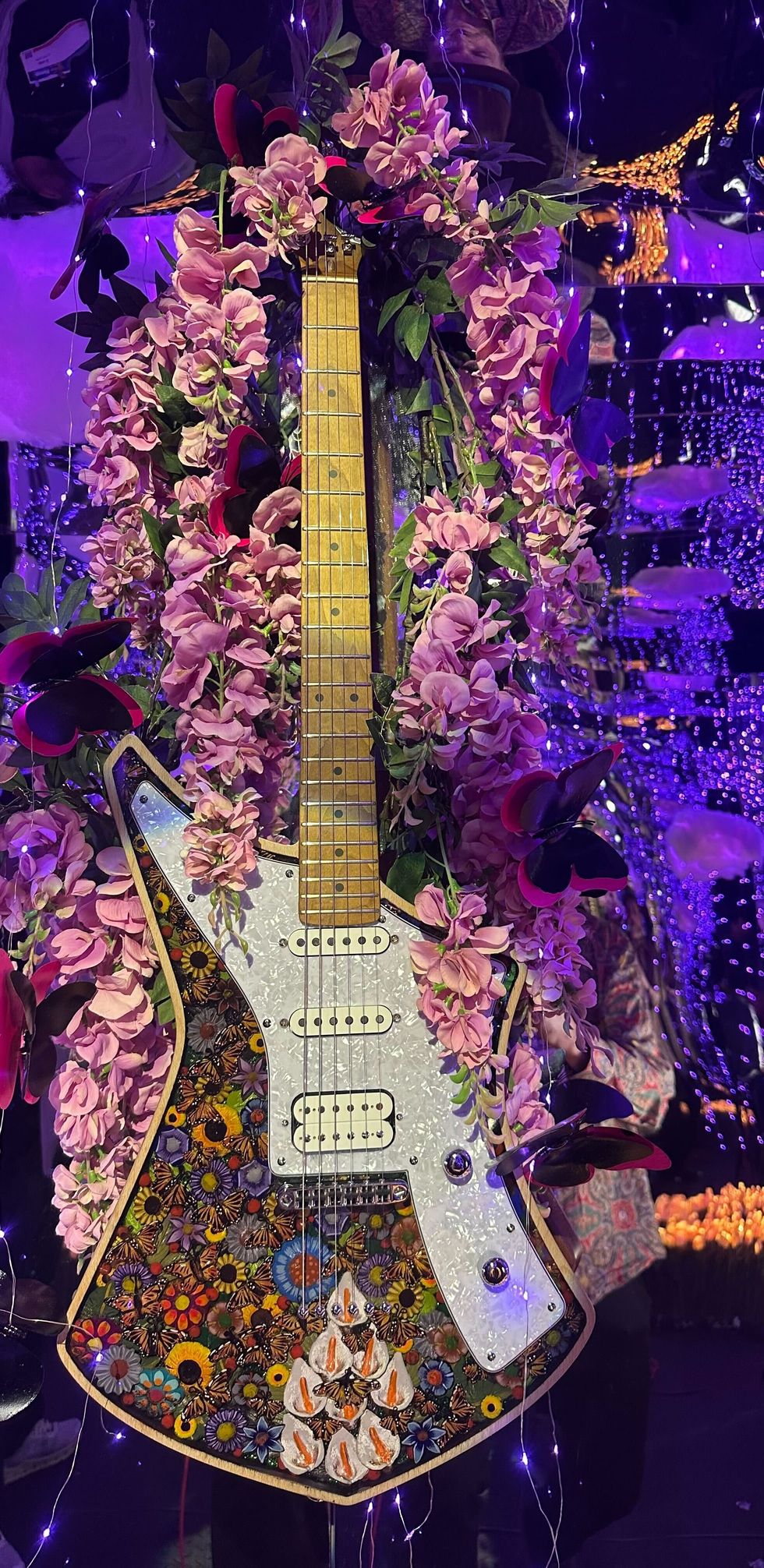Darren Monroe had been working with musical instrument retail giant Sweetwater for 18 years when he was promoted to senior amps and effects buyer in 2019. The company’s senior category manager for those products had seen a lot of change in gear up to that point, but a major shift from that year has stuck with him: It’s when Fender’s Tone Master series launched. Legacy tube amp manufacturers had produced digital amps before, but Monroe says the Tone Master was different.
What set the series apart from previous digital attempts by household tube amp brands? For Monroe, it’s simple: They were really good, better than previous digital releases from Fender. “They were pro-level amps,” says Monroe. “They sounded good, and they sound good still, plus they’re super light. It feels like that was somewhat of a sea change at that point.”
For Monroe and many others, the Tone Master marked a new frontier in digital amplification. While digital-only manufacturers like Kemper, Fractal, Neural, and Line 6 had produced excellent, endlessly versatile amp tools over the years, tube-first makers seemed to struggle to put out digital amplifiers that could go toe-to-toe with their valve offerings in most settings. The Tone Master declared that Fender wasn’t just a heritage nameplate. They would be part of the next generation of guitar amplification.
“There’s a legacy in our tube amps, but tubes were the tech of the time going back to 1946.”—Fender’s Justin Norvell
To keep pace with the explosion of popularity in lightweight, utilitarian digital modeling and profiling technology, many tube amp builders—including Fender, Blackstar, Marshall, Vox, Mesa/Boogie, Peavey, and others—have pivoted toward next-gen offerings that bloggers, critics, and players consider on par with their all-valve ancestors, with varying degrees of adaptability for the modern guitarist. The changes across the industry evince a different approach not just to amplification, but perhaps to the entire practice of playing guitar.
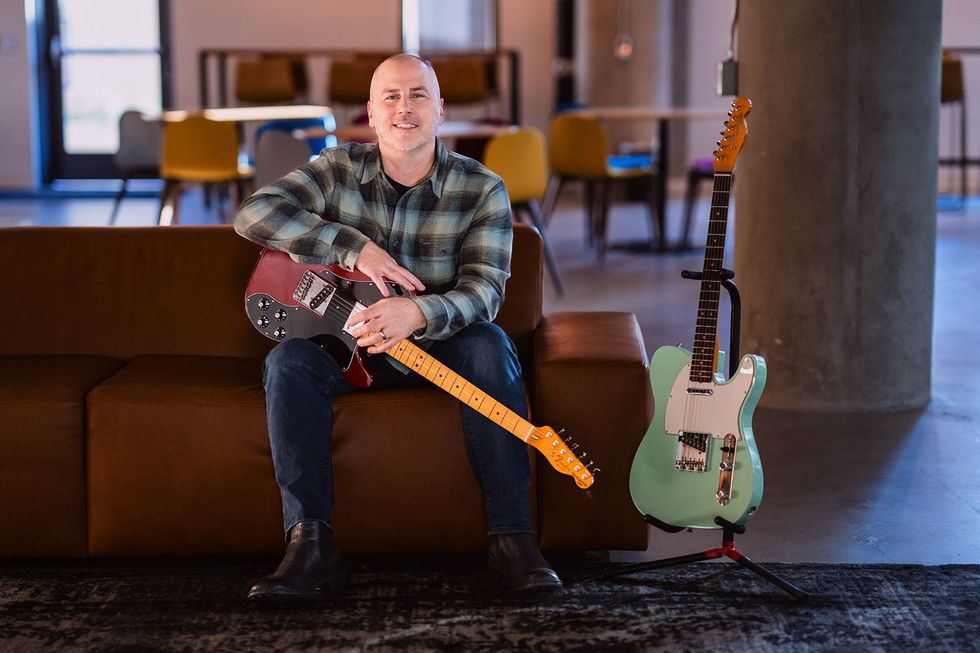
Fender’s Justin Norvell explains the shift in the company’s design strategy that led to the Tone Master line: “Instead of giving in to that desire to take a quad-core processing amplifier and make it do 100 things, it’s like, ‘Let’s take all that processing power and make it do all of the subtleties and nuances of the one thing perfectly.’”
Processing Power’s New Hour
Fender’s Tone Master marked the company’s biggest non-tube splash, but the California-based brand has been involved with modeling since the early 2000s. The Fender Cyber-Twin, released in January 2001, was their first swing at integrating digital modeling technology with tube circuits. The 135-watt 2x12 combo came with 250 digital signal processing (DSP) amp presets and 42 effects presets, all driven by two 12AX7 preamp tubes.
To analog purists, mixing the two technologies within the Cyber-Twin might have been heresy, but Justin Norvell, executive vice president of Fender products, says it’s not so radical. “There’s a legacy in our tube amps, but tubes were the tech of the time going back to 1946,” he says. “At the end of the day, these are tools, and getting the most utilitarian or usable tools for players is what we’re all about.”
Norvell says the most significant game-changer in digital production has been the increase in processing power. That leap has taken modeling from a “convenience play” that packed many sounds into one package to an audio technology that can rival tube amplifiers. “We’ve really gotten to a point where there isn’t that much difference,” says Norvell. In the early days, modeling was full of “compromises” and approximations of certain sounds. Now, software and processing firepower advances mean those sounds can be dialed in to be identical to those of tube amps.
“Whatever digital technology is coming out is always chasing the analog technology. For that reason, I feel like that’s insurance that the old thing is never gonna go away.”—Sweetwater’s Darren Monroe
On that note, the Tone Master represents a new-school approach to modeling: Rather than trying to pack tons of different sounds into one amp, Norvell says they opted to simplify. “Instead of giving in to that desire to take a quad-core processing amplifier and make it do 100 things, it’s like, ‘Let’s take all that processing power and make it do all of the subtleties and nuances of the one thing perfectly,’” he says. “That would not have been possible several years ago.”
Given Fender’s history of dynamic, responsive, and sensitive amplification, that goal required a lot of tweaking. Sometimes, says Norvell, they could see a visual on a screen indicating that a tone has been replicated. Other times, the deciding factors were listening tests, and the ears of the testers. “It’s a real mix of art and science,” says Norvell.

Fender’s Cyber Twin, released in 2001, was the company’s first swing at integrating digital modeling technology with tube circuits. The 135-watt 2x12 combo came with 250 digital signal processing (DSP) amp presets and 42 effects presets, all driven by two 12AX7 preamp tubes.
Photo provided by Bill’s Music/Courtesy of Reverb.com
He says Fender’s and other long-time amp producers’ situations are unique in that when designing their digital offerings, engineers can go next door and consult the person who designed the Princeton or Deluxe Reverb reissues. Norvell says this makes for a more contextualized and less abstract approach to sound engineering. “It’s more than just taking some oscilloscope measurements of an amp and making a model of it,” he says. “It’s really intrinsically understanding that electronic ecosystem.”
The interplay between past and present has been key to Fender’s digital development. “The makeup of a digital amp is completely different as to the way that it comes together,” says Norvell. He says it’s “markedly” more work to produce a digital amp than an all-tube, requiring more people, collaboration, and software-to-hardware matching.
Norvell says that the makeup of Fender’s staff has changed to fit the development of digital technologies. Now, it’s not only analog engineers working on their circuits, cabinets, and speakers. “There are software engineers, DSP engineers—all of these different things that have completely recast the way our product and research and development departments look, and what they do,” says Norvell.
“It’s not about authentically copying this or that. We’re trying to produce the best possible and most flexible sounds, and digital technology is a tool we deploy to give guitarists the tools that they want.”—Blackstar’s Ian Robinson
Fender’s emphasis at the moment is on modeling rather than profiling, which Norvell says is “more akin to taking a snapshot of something,” while modeling has discrete pieces interacting and behaving more similarly to an analog circuit. Before the Tone Master line, Fender’s Mustang amp series, starting at $159 street, offered their modeling at an entry-level price point. The Tone Master line starts at $899 street for the Princeton Reverb and peaks at $1,249 street for the Tone Master Super Reverb.
From Marshall to Blackstar
Ian Robinson admits that when the first digital amps started hitting the market in the mid-1990s, he was cynical. Robinson, an electrical engineer, was then working at Marshall as their research and development manager/chief design engineer. But Robinson’s Marshall colleague and future Blackstar cofounder Bruce Keir, a brilliant engineer who would become Blackstar’s technical director until his death in 2021, wasn’t as skeptical. Keir was an engineer “in the purest sense,” says Robinson, which meant he was agnostic in terms of what technology he used, as long as it produced a good sound. “He was quite heretic that way,” says Robinson.
In the early ’90s, Keir had helped develop Marshall’s MIDI-controllable JFX multi-effects processor. Later, his open-minded philosophy was evidenced in a presentation to Marshall customers about the effects-laden, solid-state MG amp series. Keir held up an EL34 vacuum tube in front of the room. “He said, ‘Do you know what this is? It’s a valve. It’s also an electronic component, and just like any other electronic component, it can be understood. There’s nothing magical about it just because it’s glowing and made out of glass,’” remembers Robinson.
Robinson considers Blackstar’s Series One design to be one of Keir’s masterpieces. The two of them worked on the analog preamp and power amp designs together, but what Robinson didn’t know was that Keir was also transferring their designs into the digital domain. One day, he took Robinson out to a rehearsal studio where he’d set up a Series One alongside a laptop with a primitive, 16-bit DSP evaluation module. The sounds were nearly identical to analog. “He basically cracked the code from the get-go,” says Robinson.
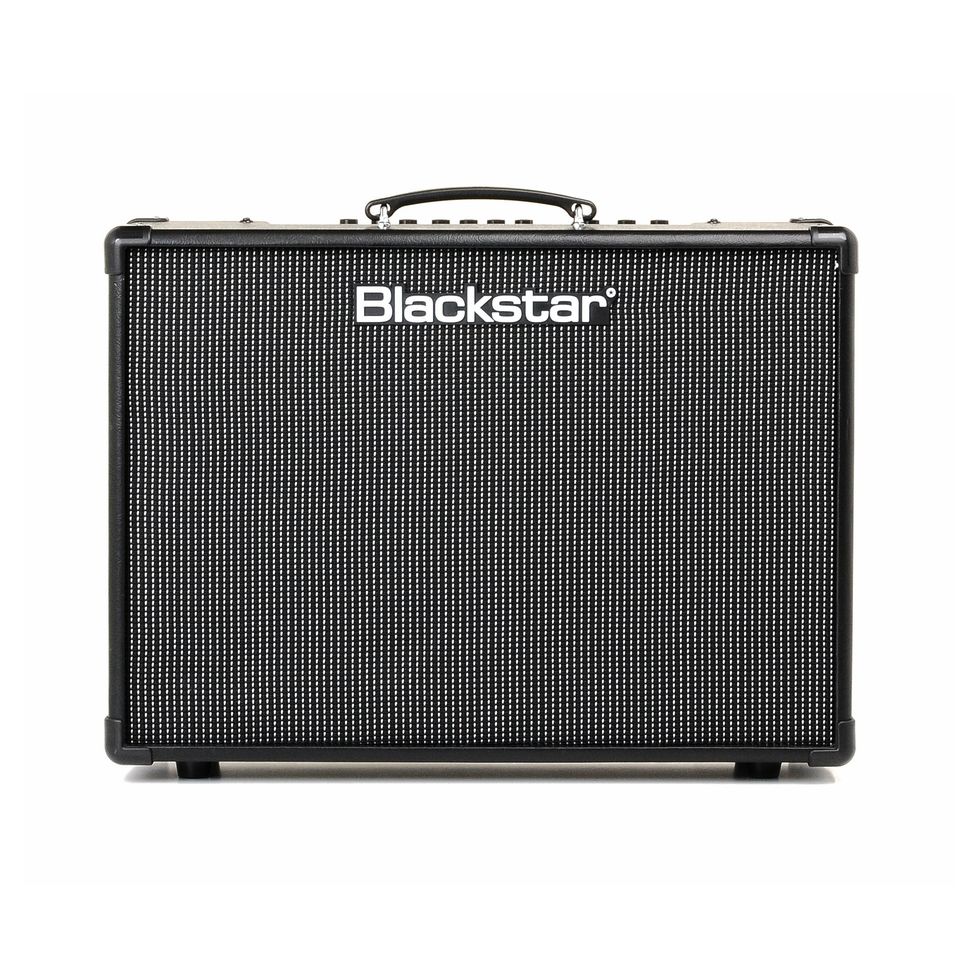
Blackstar’s ID Core 100—one of the latest evolutions in its ID series—is a 100-watt amp with two 50-watt speakers in stereo, boasting six voices and 12 vintage-style effects.
“The code” was how to reproduce analog sounds with digital components without loss of fidelity or sensitivity. According to Robinson, Keir built algorithms the “old-school way,” from mathematical first principles, using formulas like the Laplace transform to convert analog signals from the time domain to the complex frequency domain. Then, he was programming the results. At the same time, Keir and Robinson were cracking old 1950s textbooks on valves, deepening their understanding of the technology. They isolated and modeled every single component in an amp to the point that they were indistinguishable from the real thing, then developed a digital index system of each component, so that rather than swapping physical parts, they could do it digitally to modify the sound. In time, their analog designs have sometimes come to be reverse engineered: designed and perfected in digital format, then constructed with analog parts.
Keir made good on his proclamation about the essential simplicity of tubes when he developed Blackstar’s patented True Valve Power. “If you ever want to know why valve amps sound louder than solid-state, read the patent,” says Robinson. Primarily written by Keir with help from Robinson, the patent outlines the way that valves, the output transformer, and the speaker react to produce different amounts of voltage at different frequencies, and therefore different power delivery. “That’s part of the reason you get that feel of the resonant frequencies and the presence being fuller and more open on a valve amp,” says Robinson. “It’s to do with the impedance curves and speakers, and the ability of the valve amp to deliver the voltage constantly.”
One of the things that Keir established was that to attain tube qualities with a solid-state power amp, a circuit required two-and-a-half times the headroom. The concept came together in Blackstar’s original ID series, which combined their modeled preamp with the True Valve tech. Robinson admits the line landed in market limbo. The extra power and tech fetched a higher price tag than beginners could afford, and pros weren’t yet as popularly interested in digital. But Blackstar’s digital line now is broad, with entry-level ID combos, street-priced at $149 to $229, through to 100-watt pedalboard amps.
Keir’s experiments also got at something deeper: Amp modeling can be reduced to mathematical terms, but there’s something else at play, too. Robinson describes it as the “physical embodiment” of an amplification system. No matter the technology involved, you can’t get an 8" guitar speaker to sound like a 100-watt stack, says Robinson. “You can have a plug-in-and-play through a pair of monitor speakers, which is a great thing,” he says. “It’s not the same experience as playing with the amp in a room. The feel and the sound has a lot to do with the amplification system.”
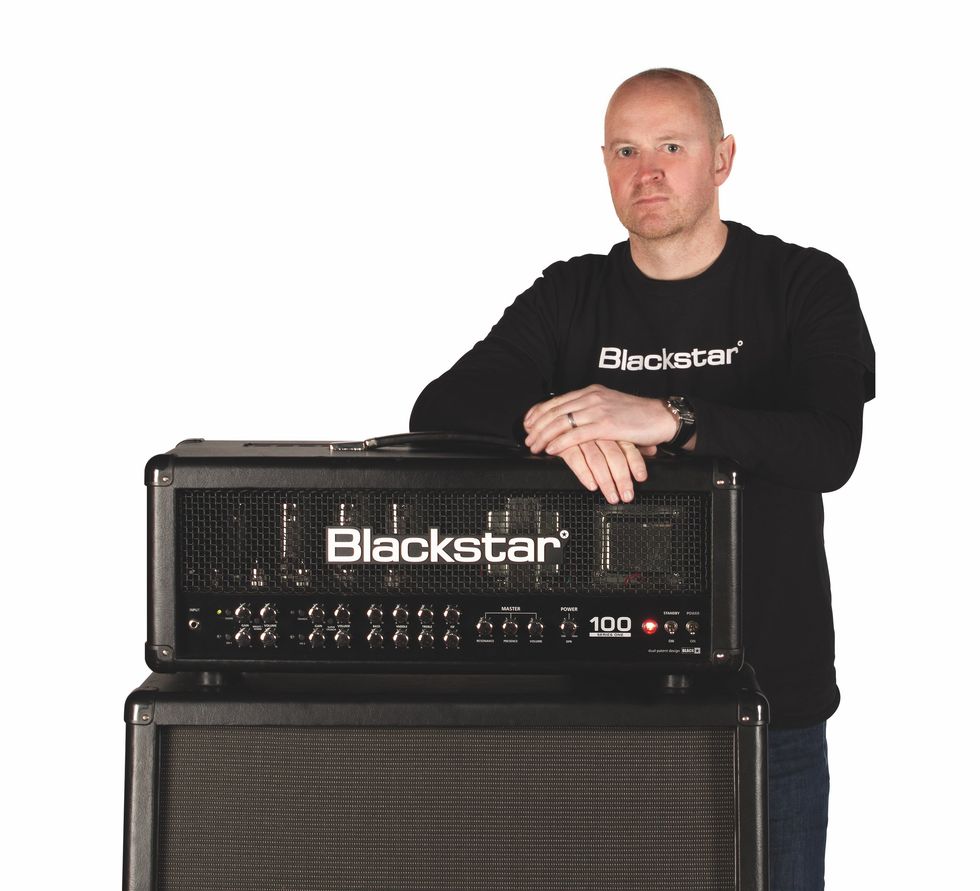
Blackstar co-founder Ian Robinson says, “You can have a plug-in-and-play through a pair of monitor speakers, which is a great thing. It’s not the same experience as playing with the amp in a room. The feel and the sound has a lot to do with the amplification system.”
Brave New and Old Worlds
In his role as amps and effects buyer for the world’s largest online instrument retailer, Monroe stays on top of not just what’s happening in the here-and-now, but what’s coming down the line. He says that while modeling, profiling, and other digital amp offerings are continuing to increase in popularity, he hasn’t seen a corresponding drop in tube amp sales. “It seems like [they] are not gonna go anywhere,” says Monroe. “That business is still strong.”
Monroe notes that Fender got lucky with their Tone Master series dropping right before the pandemic, and that other manufacturers have had to pause potential new digital products in development. “People were sort of in survival mode,” he says, but in the coming years Monroe expects a wave of new digital amp products.
He says that the latest swell of digital amplification is just the most recent in a cycle that has seen bursts of interest in digital technology. He notes that Line 6’s futuristic POD series, which launched in 1998, enjoyed significant uptake even with its distinctly non-analog sound. That means that younger players might be less precious about how they achieve their sound than their tube-purist counterparts, having come up listening to digital tech alongside valve amplifiers. “New players start at lower price points, and digital is more affordable almost universally,” says Monroe.
Sweetwater’s Monroe predicts that as digital amps continue to improve, they will make a dent in tube amp sales periodically, but he doubts that valves will ever fully disappear. “Whatever digital technology is coming out is always chasing the analog technology,” he says. “For that reason, I feel like that’s insurance that the old thing is never gonna go away. When the real is the goal, the artificial will never take over.”
Like Fender, Robinson says Blackstar has no intentions of attempting the sort of profiling that has launched Kemper, Fractal, and Line 6 into the digital amp profiling spotlight. “Our thing is just amp design,” he says. To a certain degree, that means uncoupling from the past. “It’s not about authentically copying this or that,” says Robinson. “We’re trying to produce the best possible and most flexible sounds, and digital technology is a tool we deploy to give guitarists the tools that they want.”
Tube amps carry with them the weight of nostalgia and Romanticism, and Norvell says there’s a good reason for that. “The dynamics of a tube amp cannot be understated,” he says. “But I think a lot of what tube amps did was not the initial intent. There were limitations to the preamp and power section, the distortion was not something everybody was going for, so it’s kind of a happy accident.”
But tube amps aren’t a great fit for every player. Recording with a tube amp at home usually includes cranking it to at least noon and putting an SM57 microphone on it. That’s not feasible at all hours of the day and night, and guitarists who live in apartments or other dense housing configurations need good tone at low volumes. For years, digital amps, which don’t require cranking for different tonal characteristics and often include a line-out option to plug right to your digital audio workstation, have inarguably provided better flexibility. “A digital amp allows you that,” says Norvell, “but the new digital amps allow you that without the [tonal] compromise.”
Norvell thinks the same pattern might be true of digital. “Innovations in gear drive innovations in music,” he says. “New genres and styles are created. I think we’re on the precipice of a digital revolution.”
